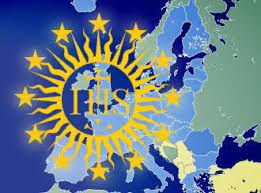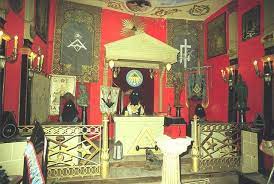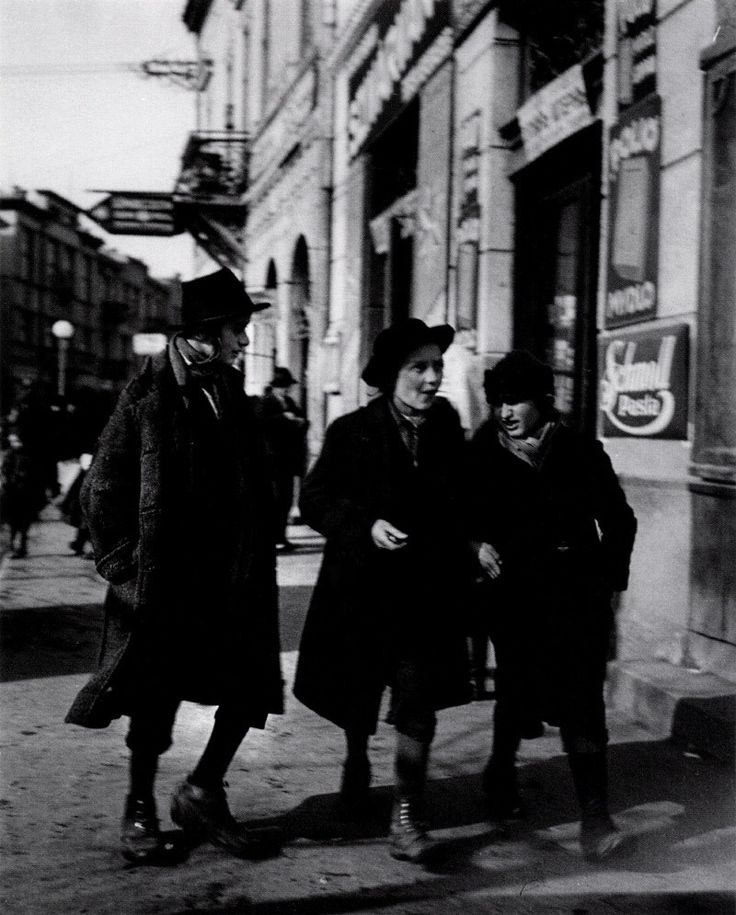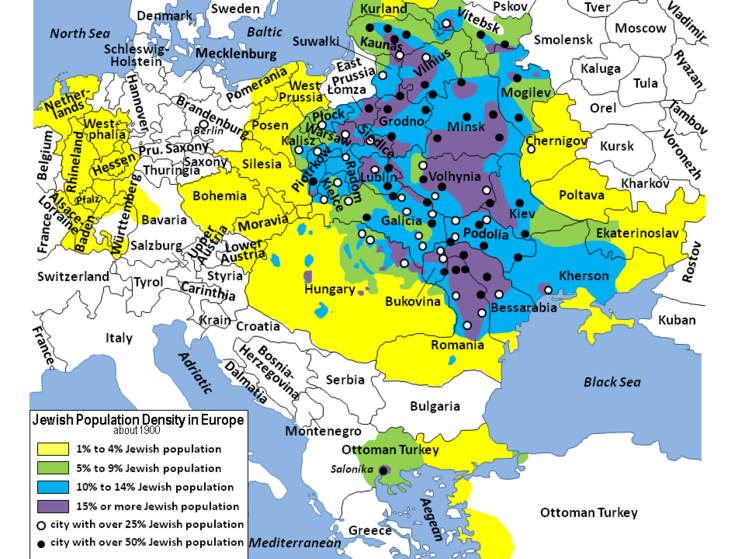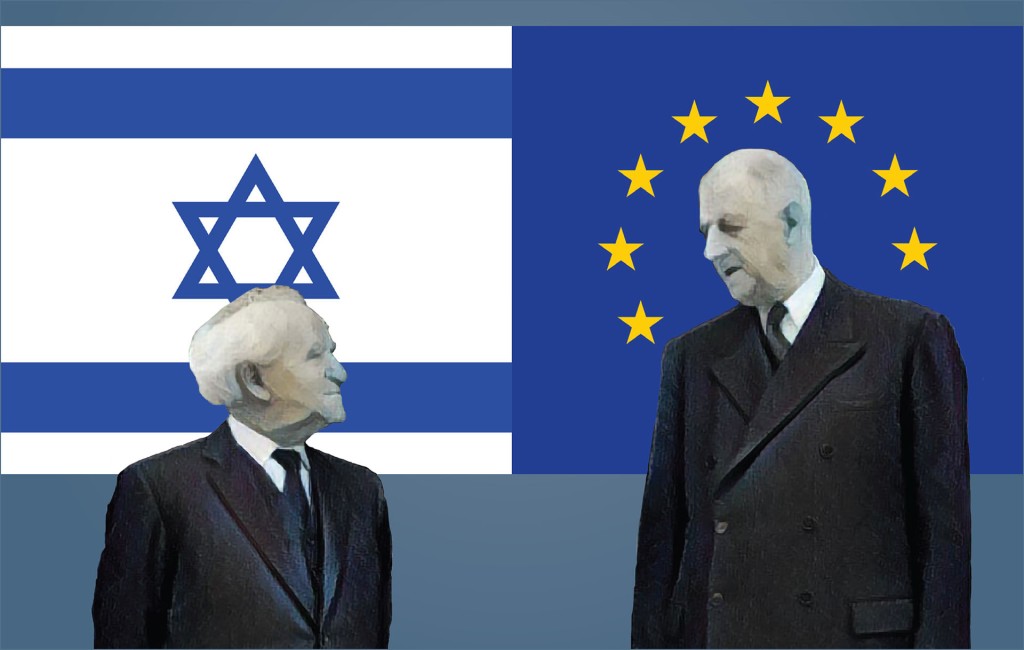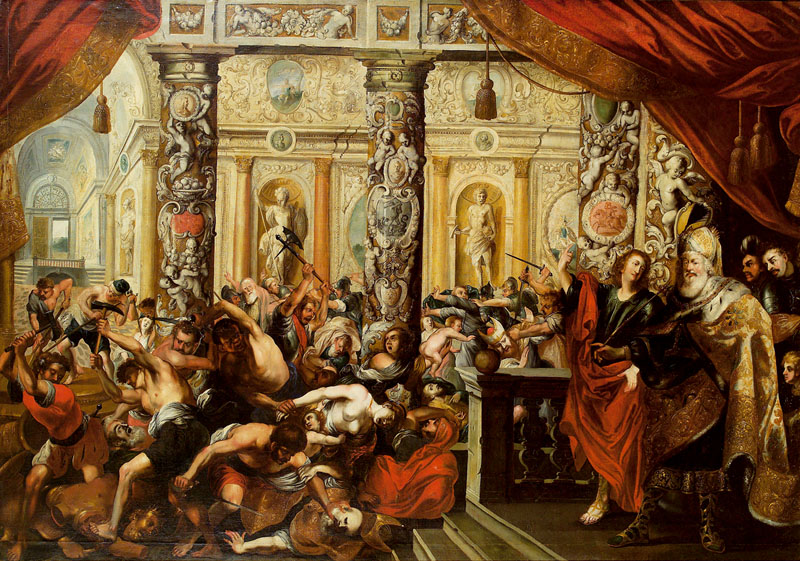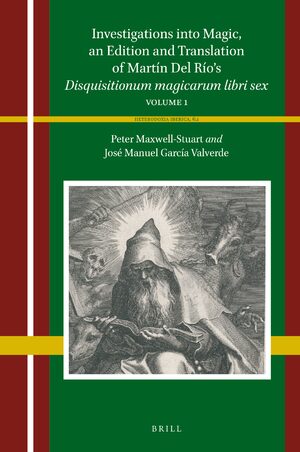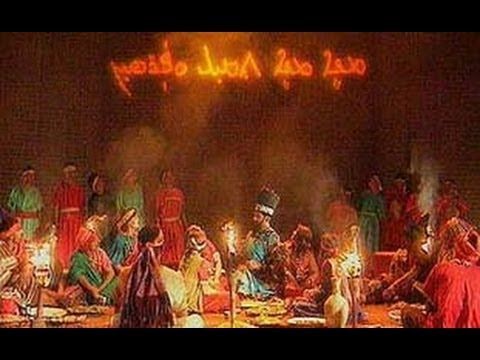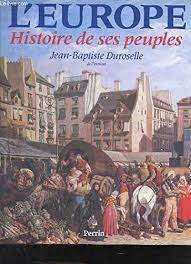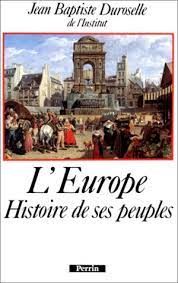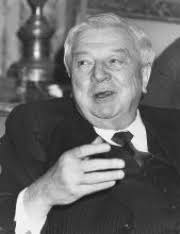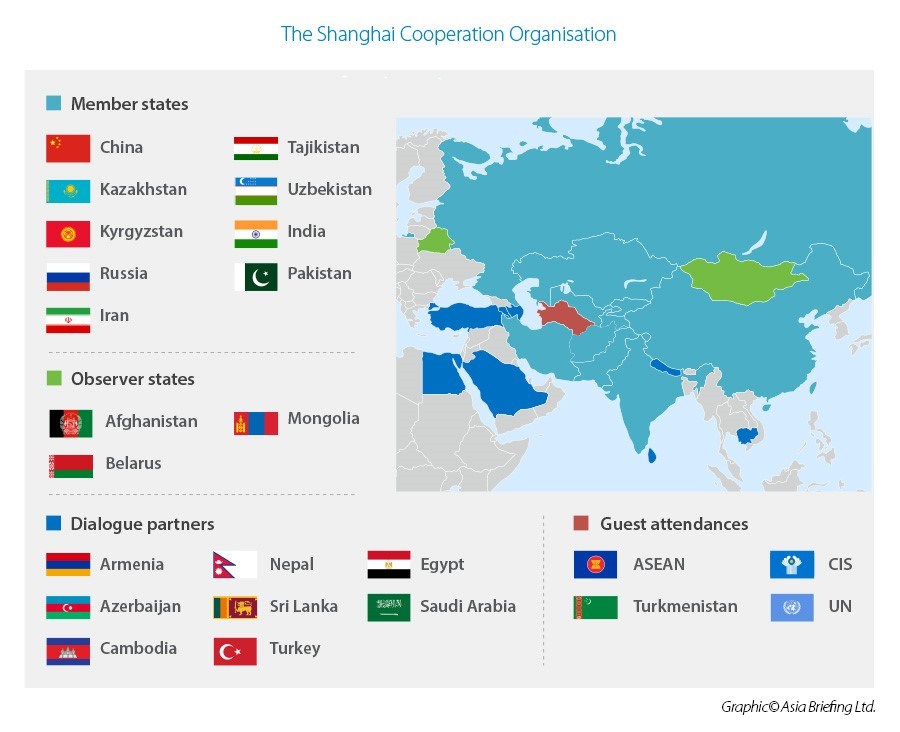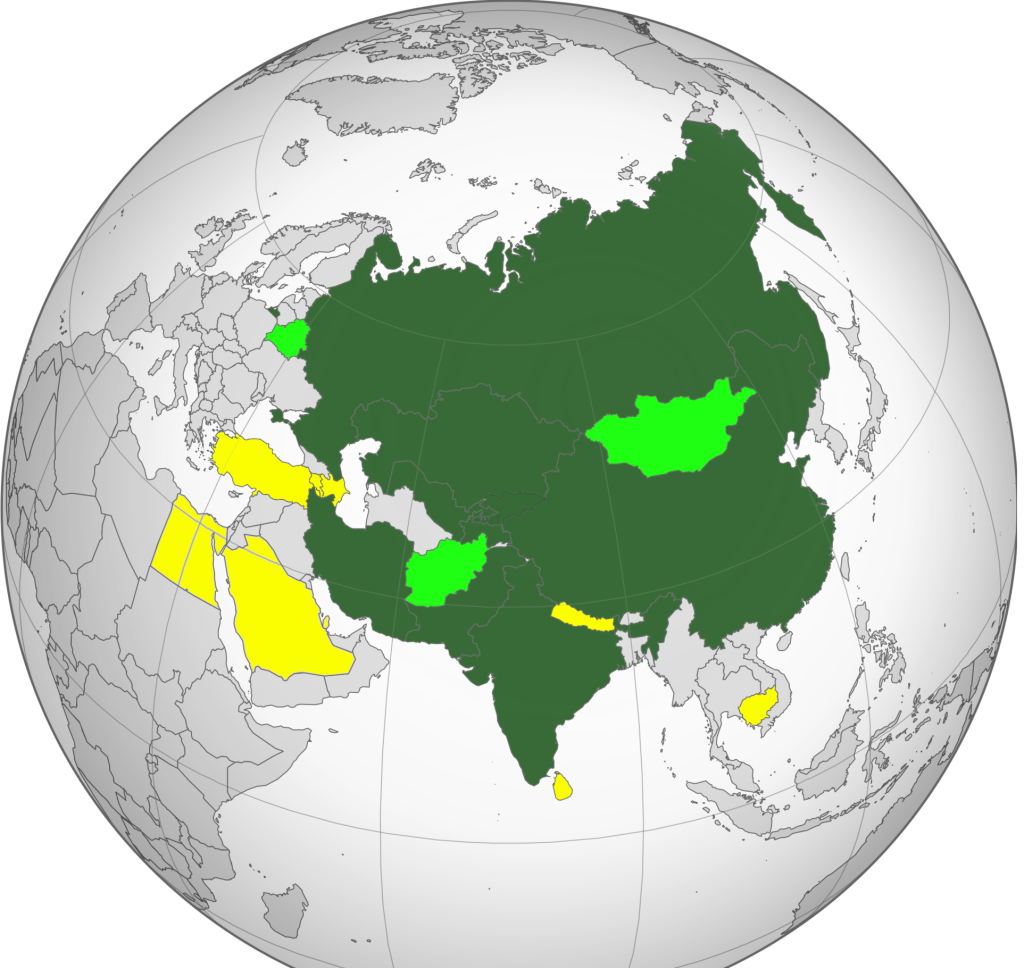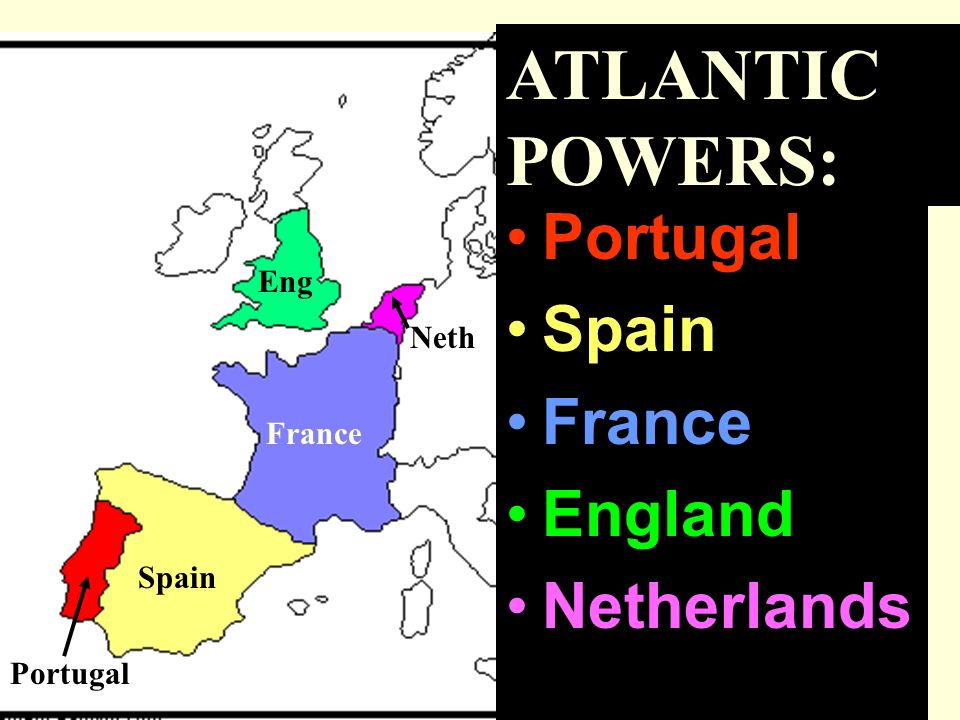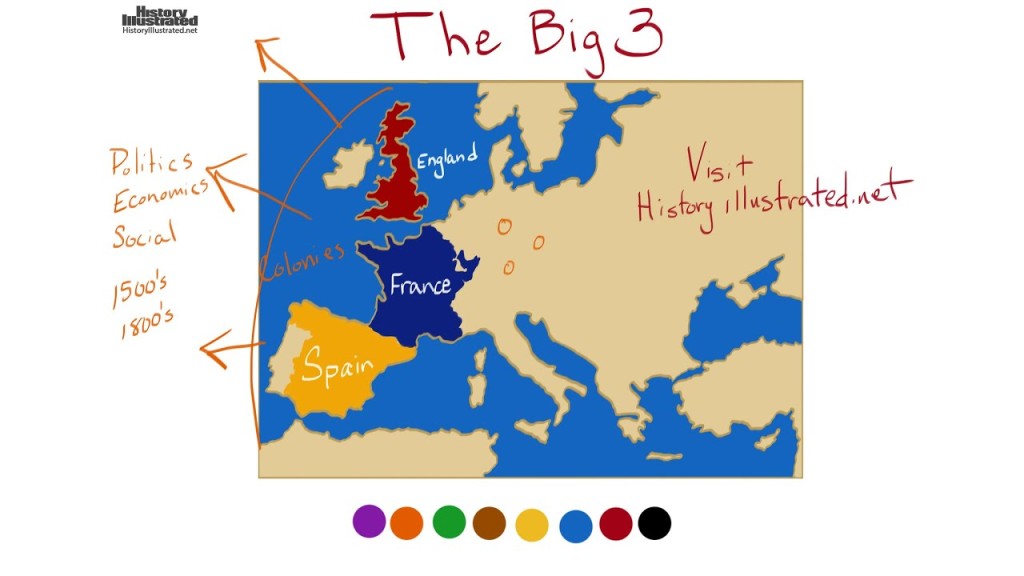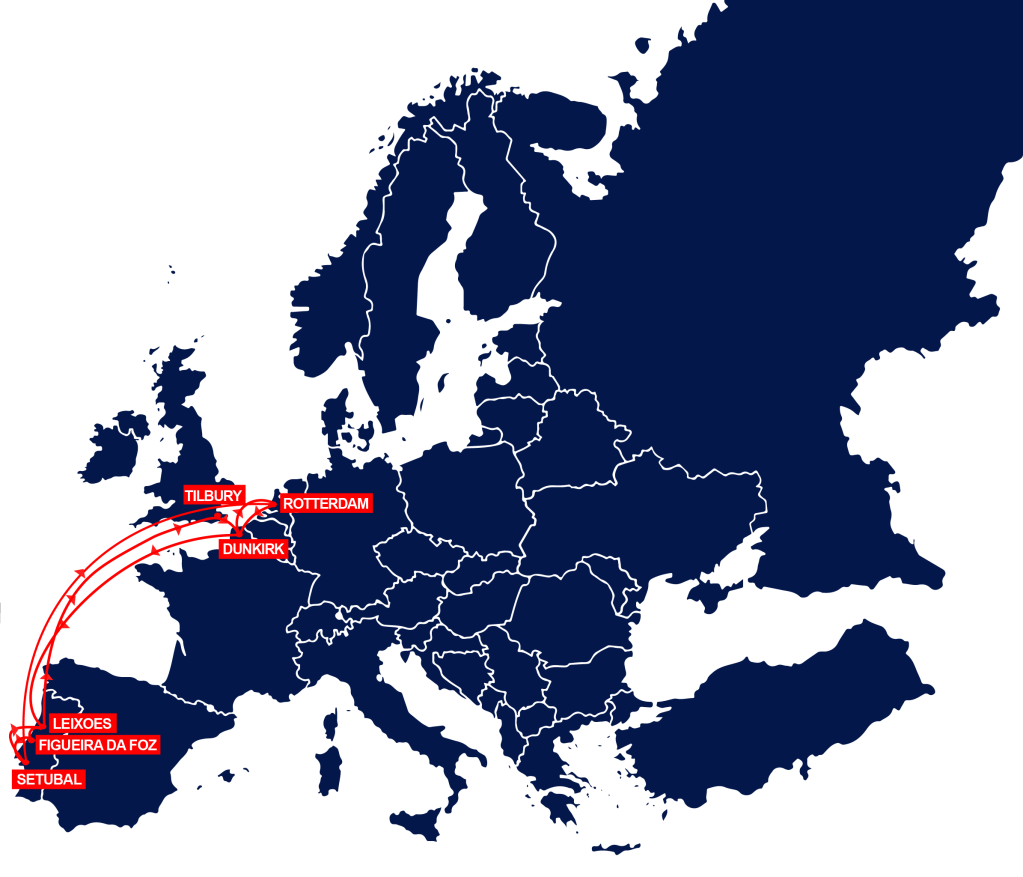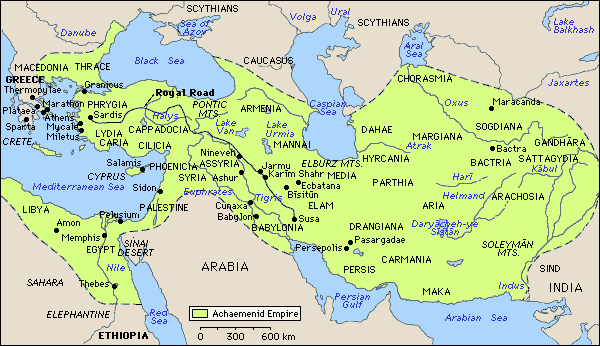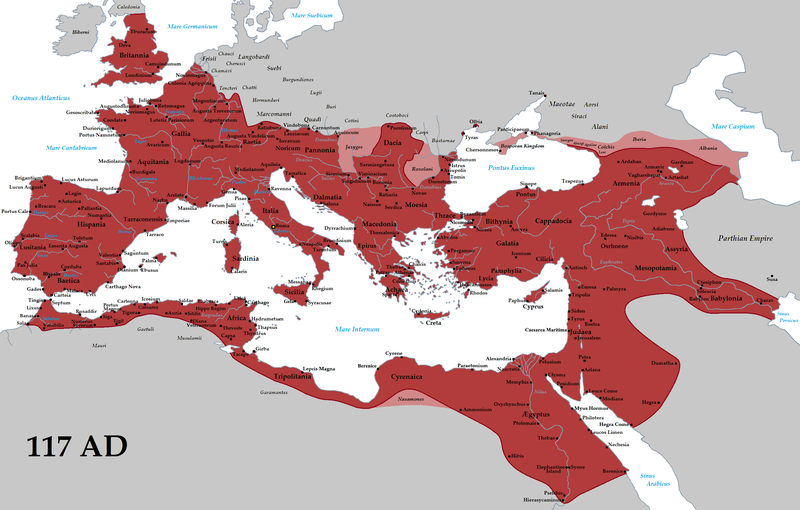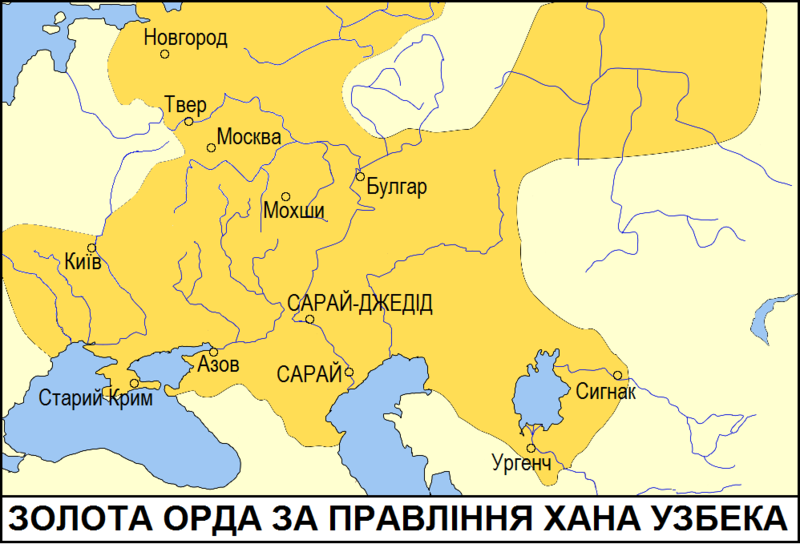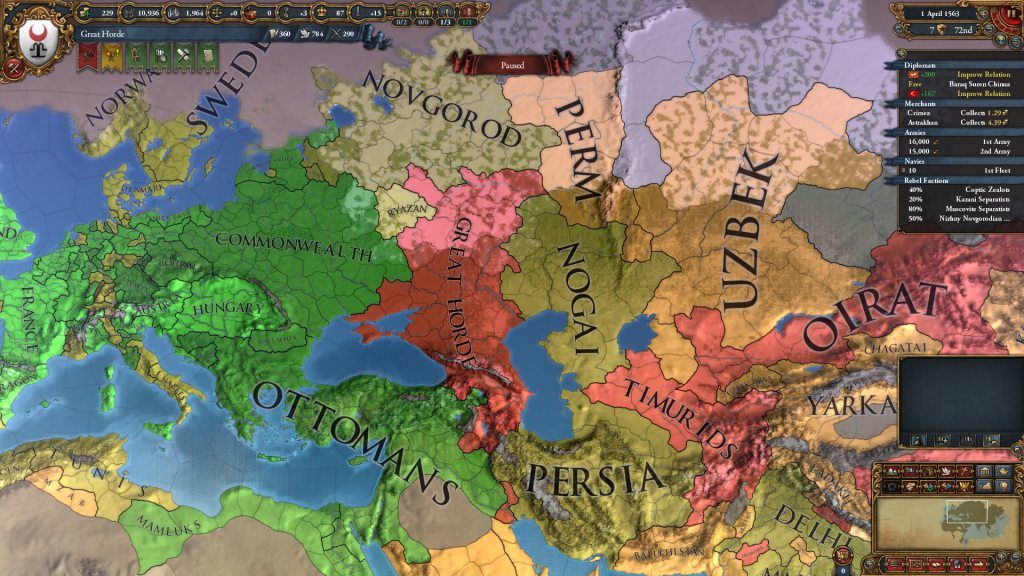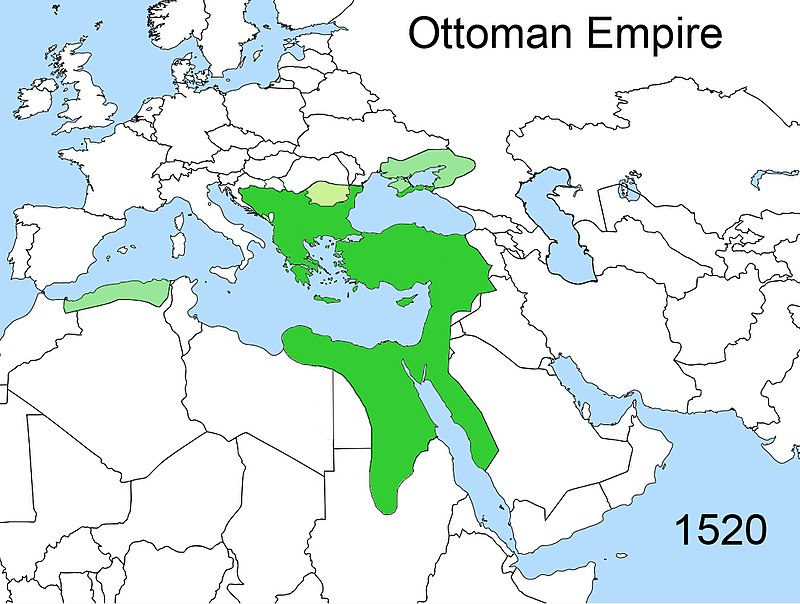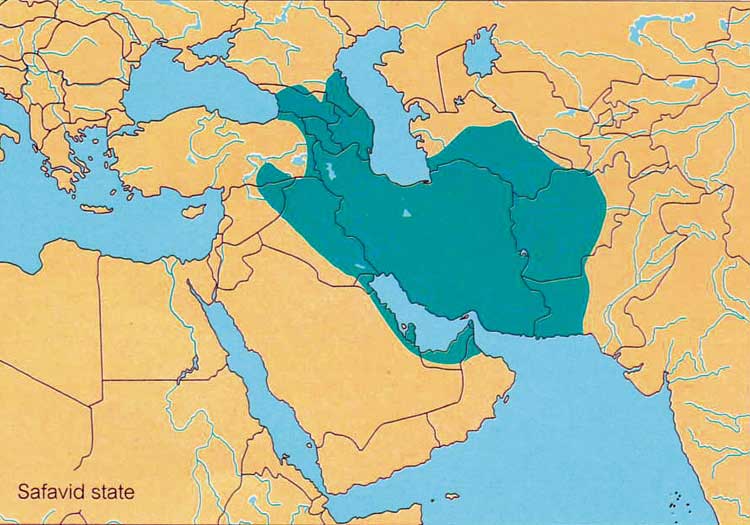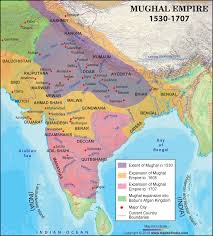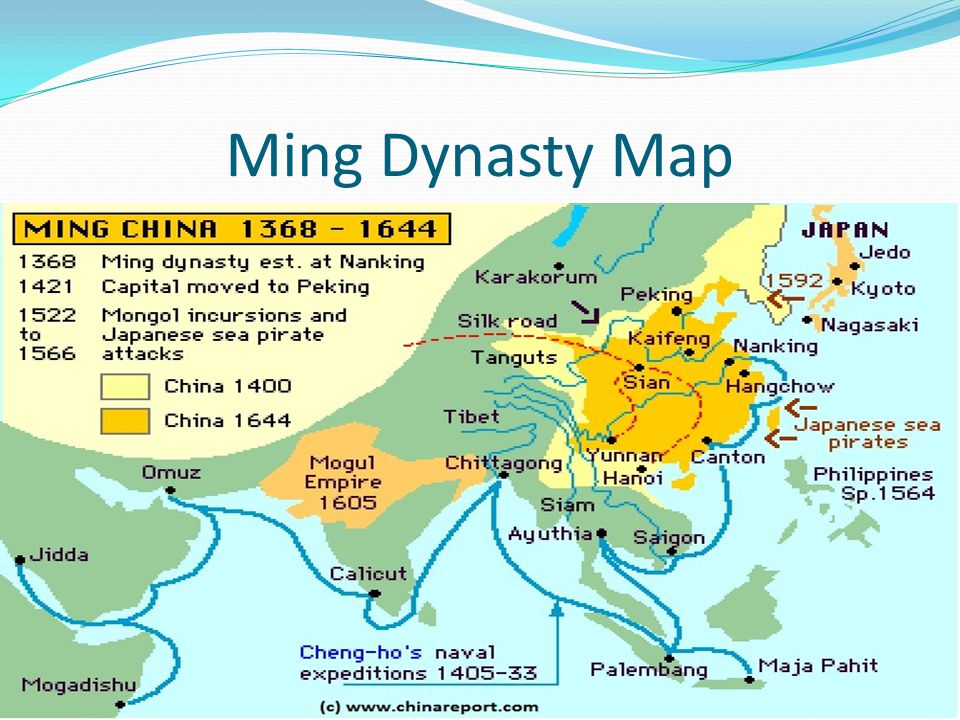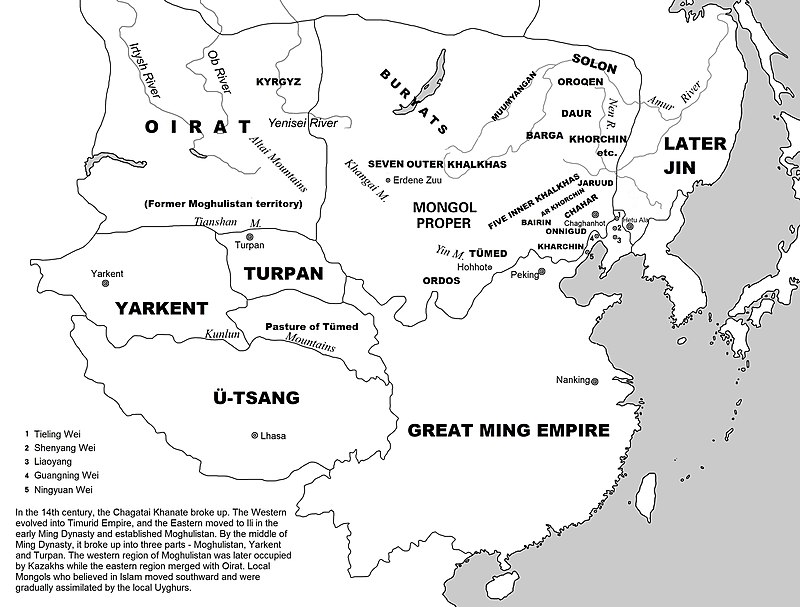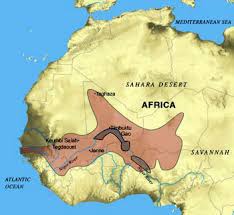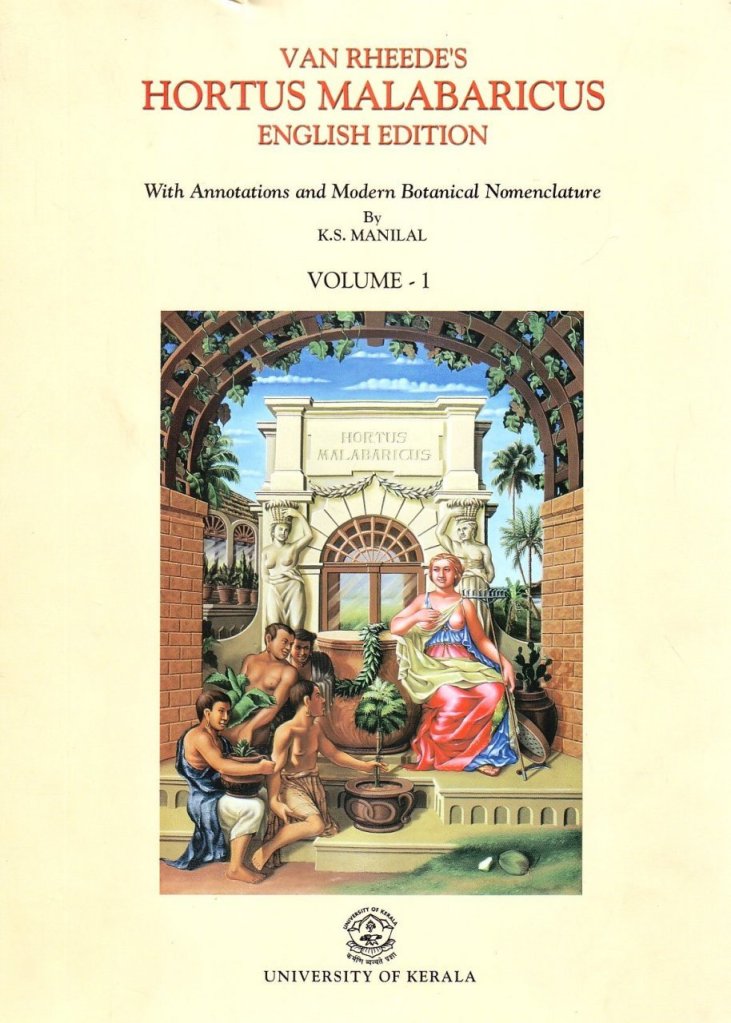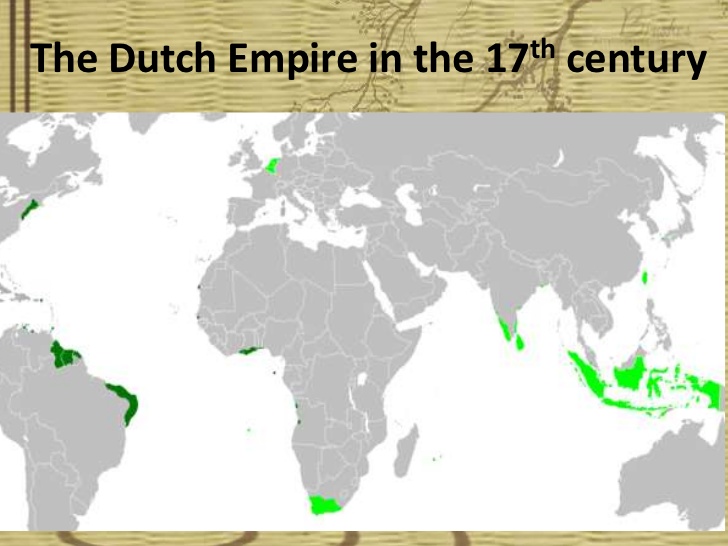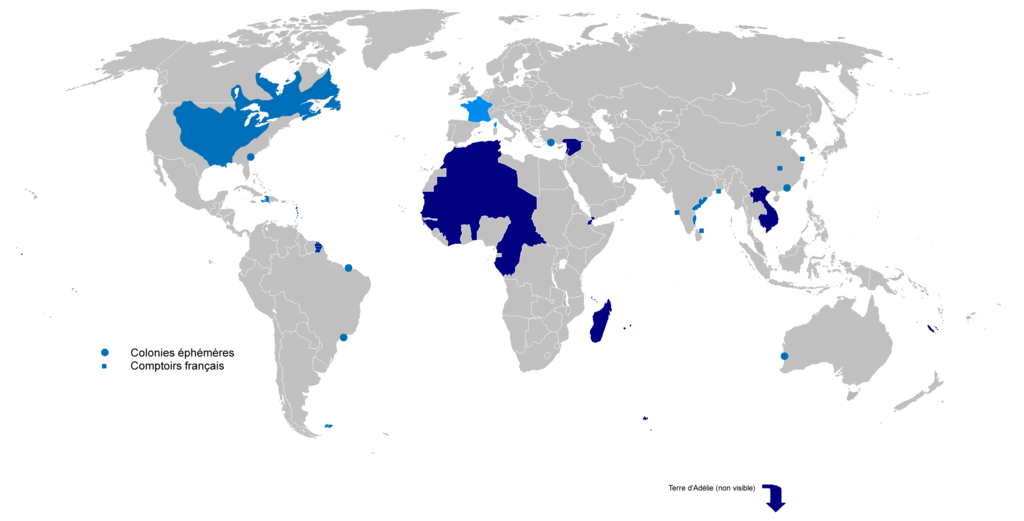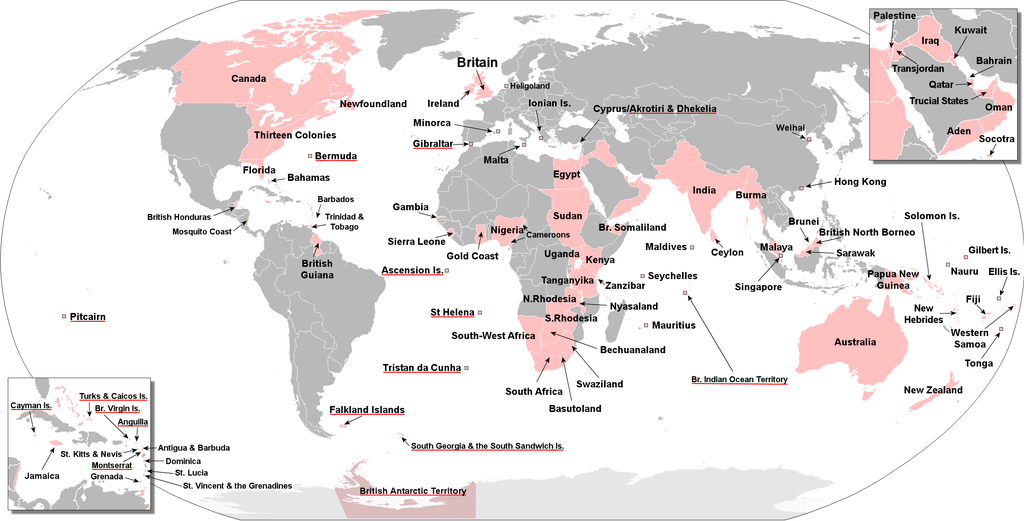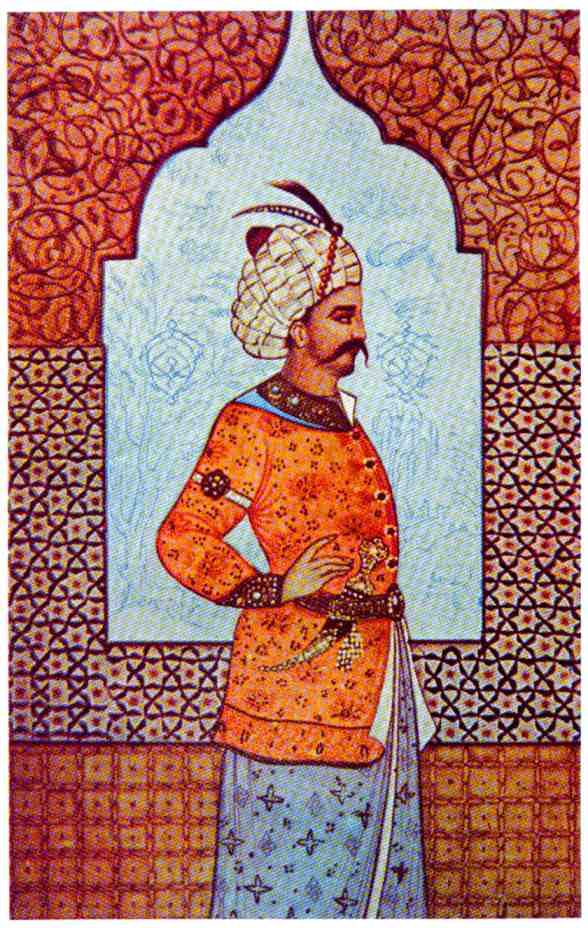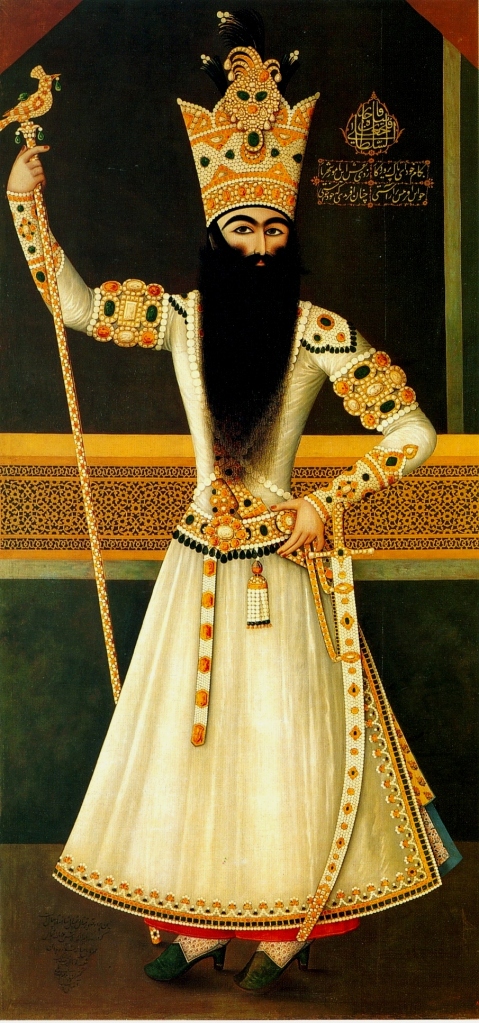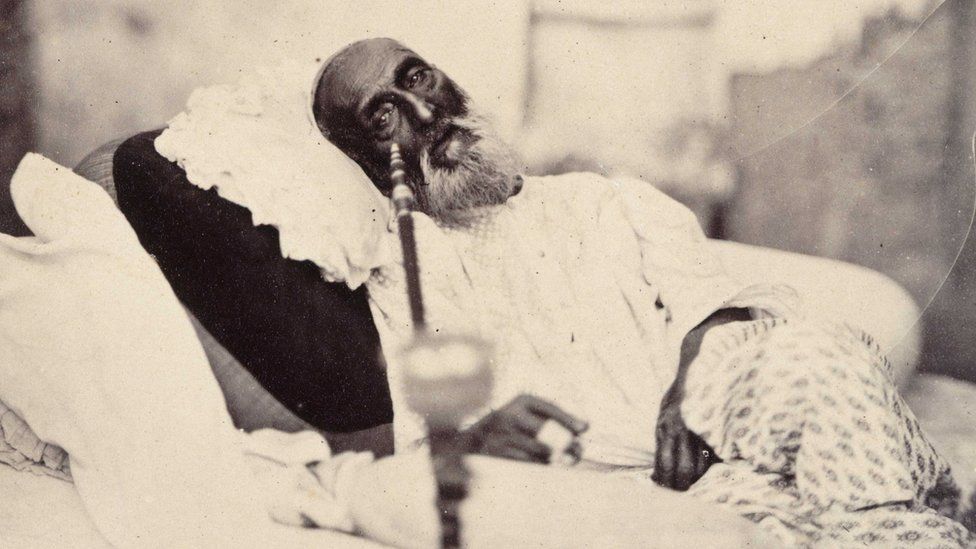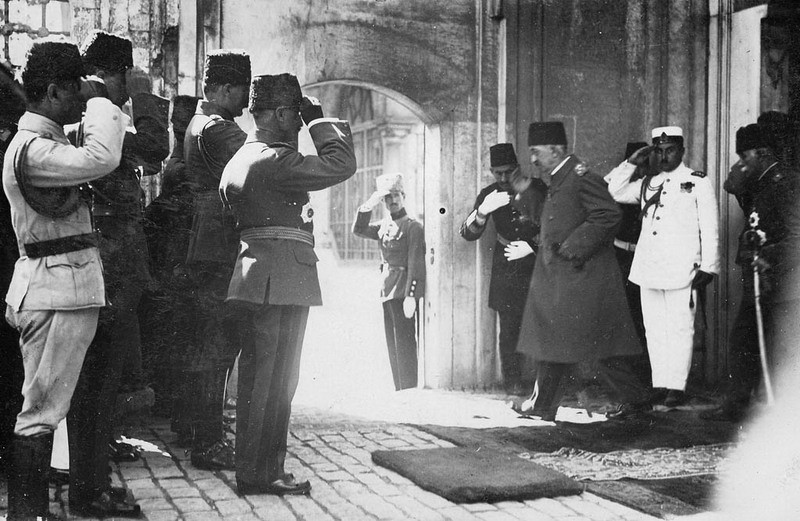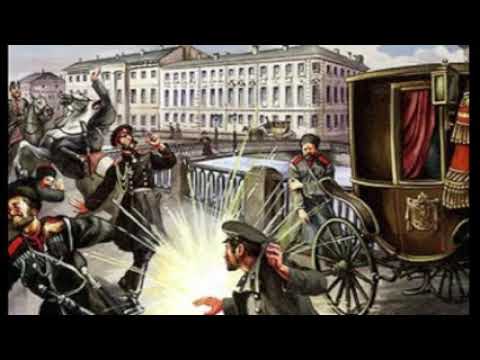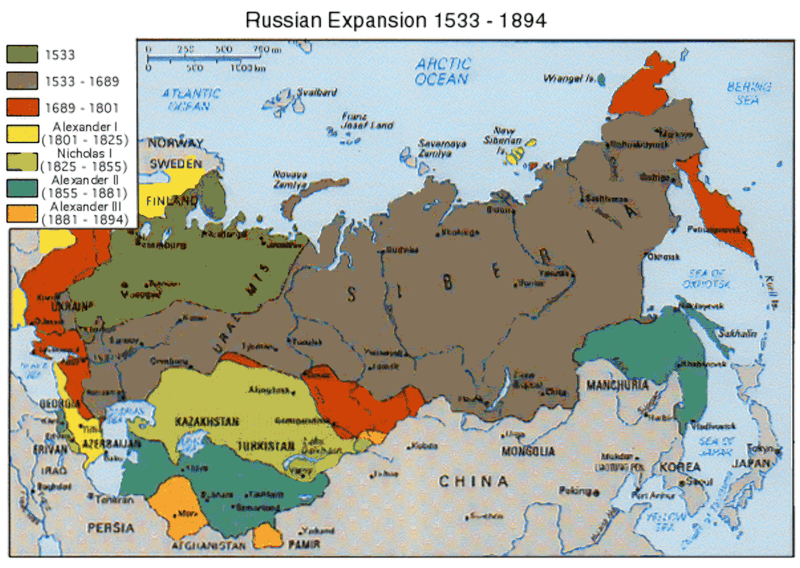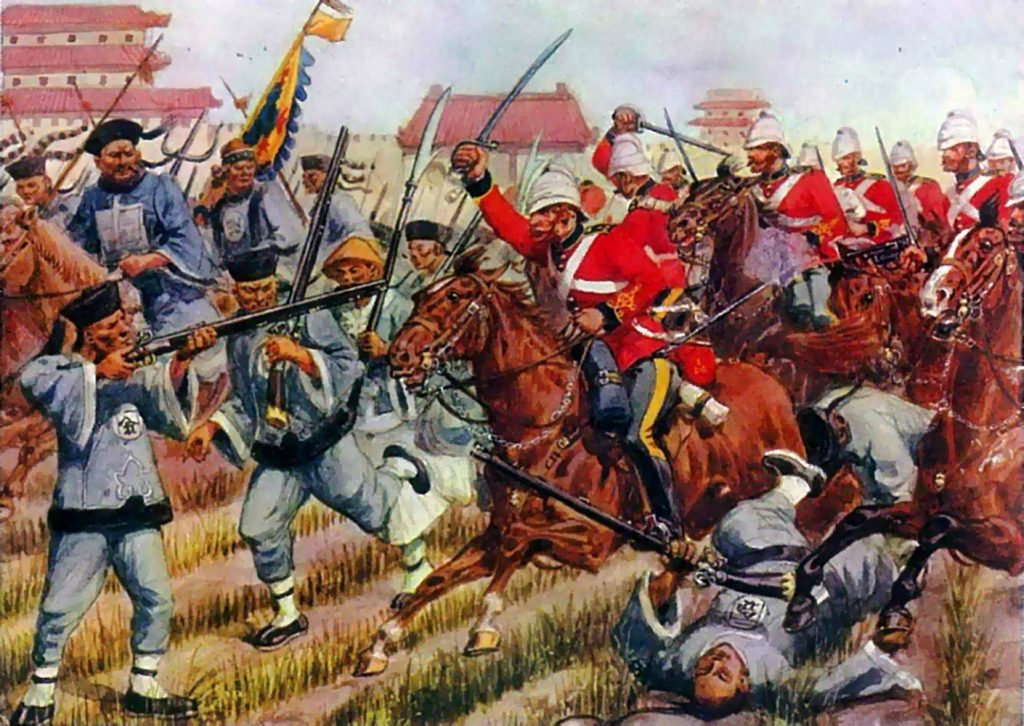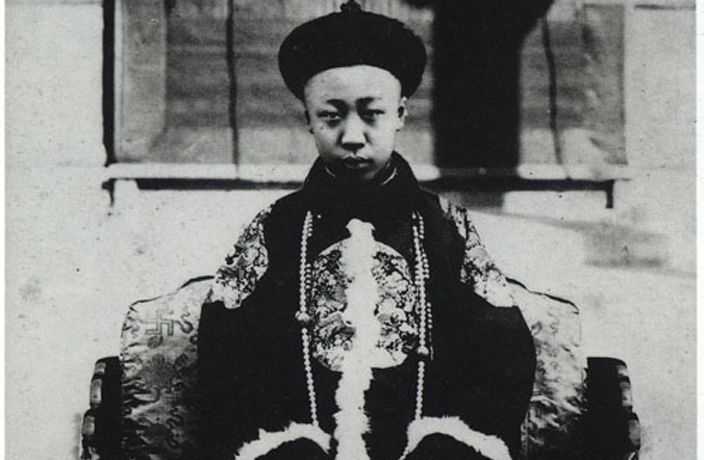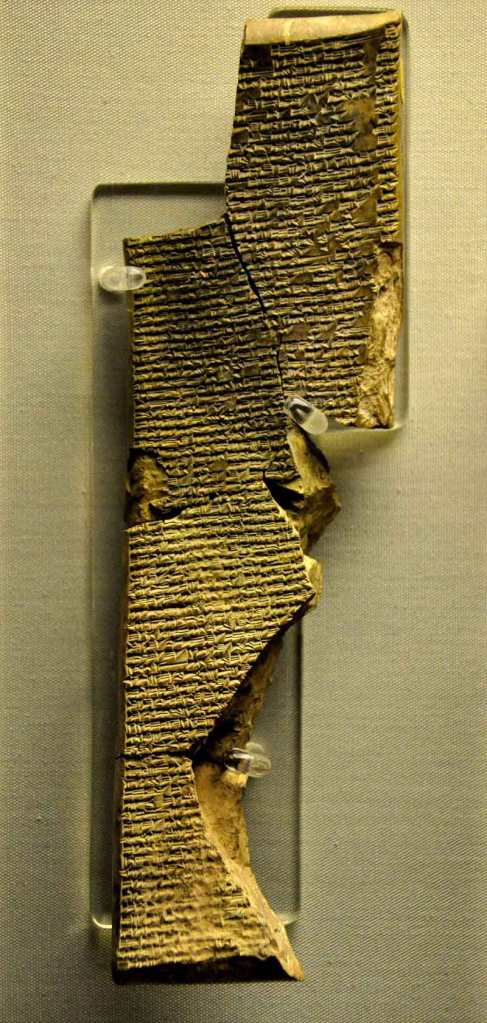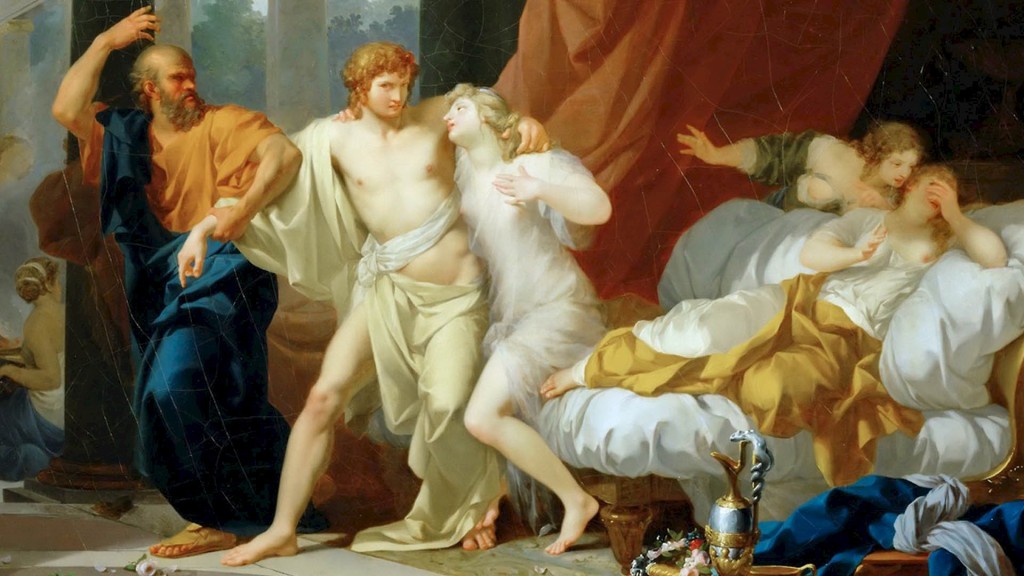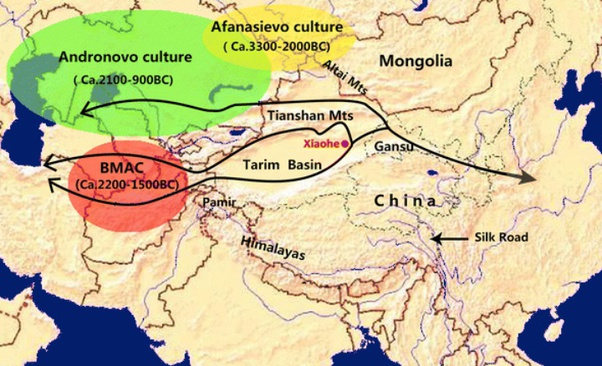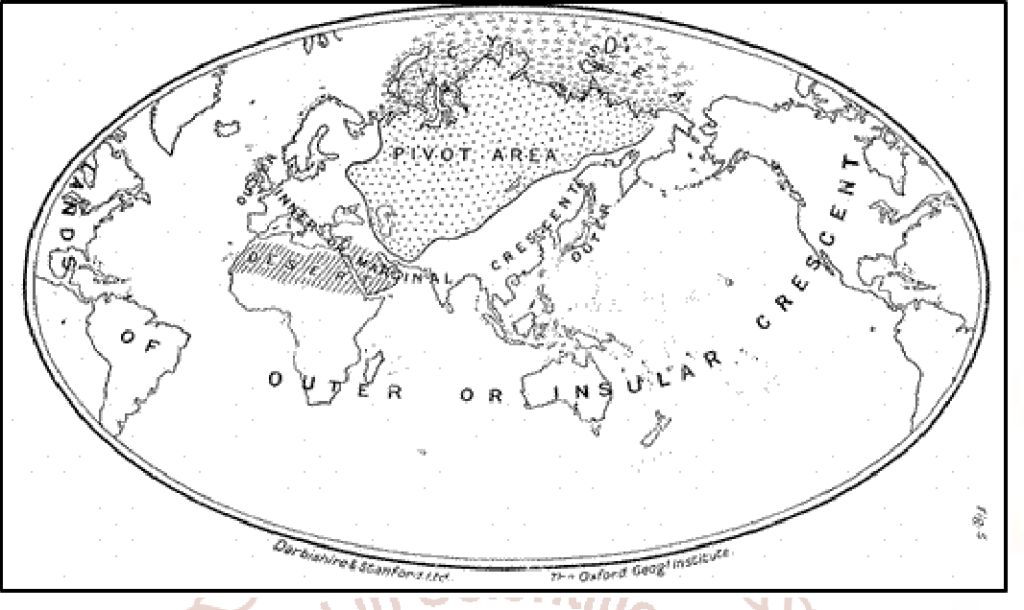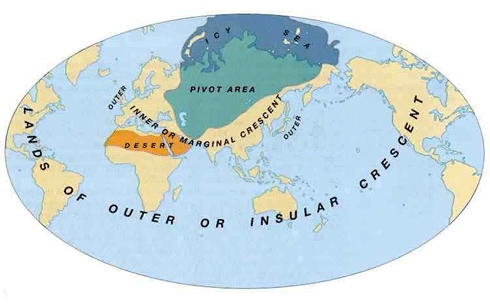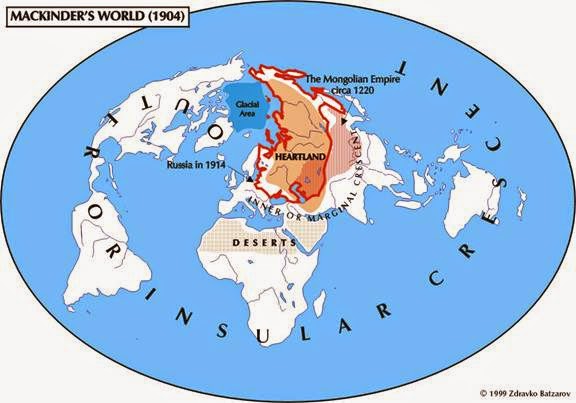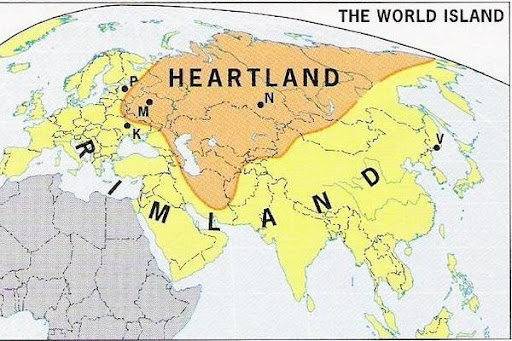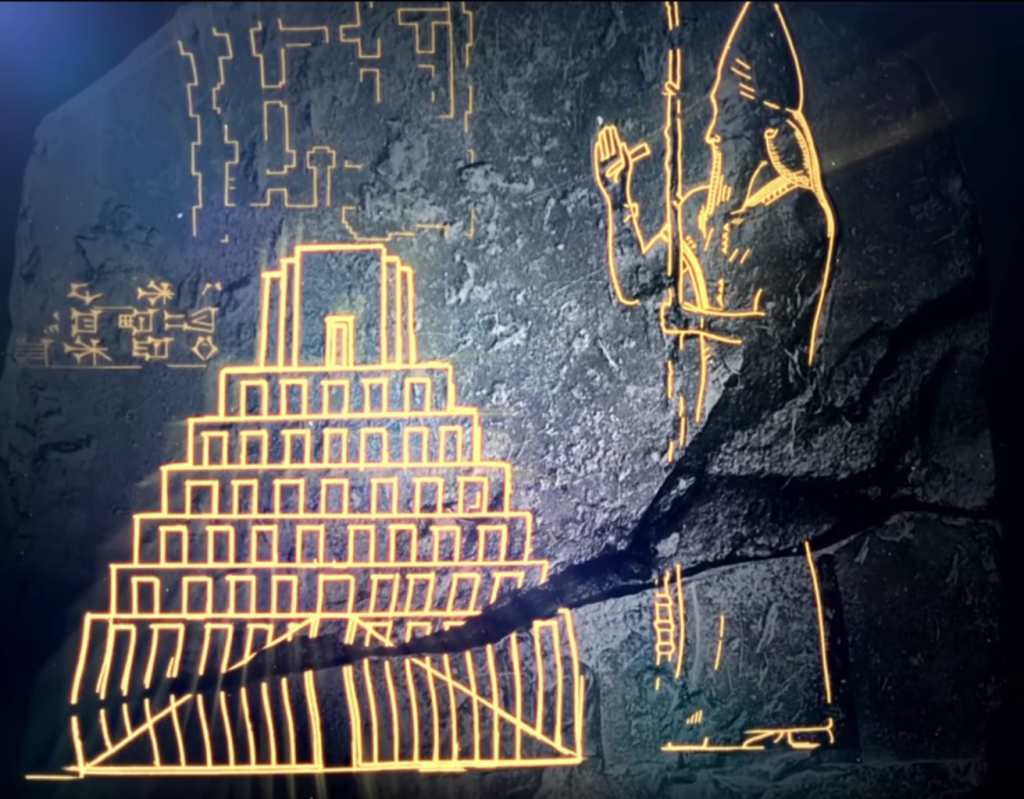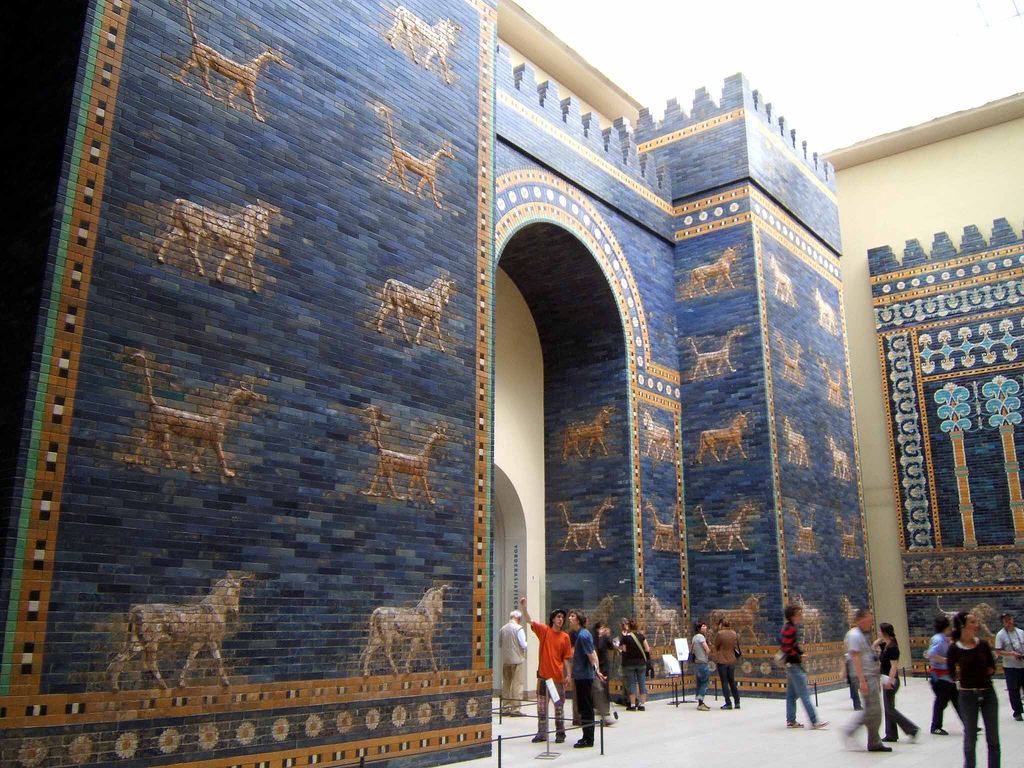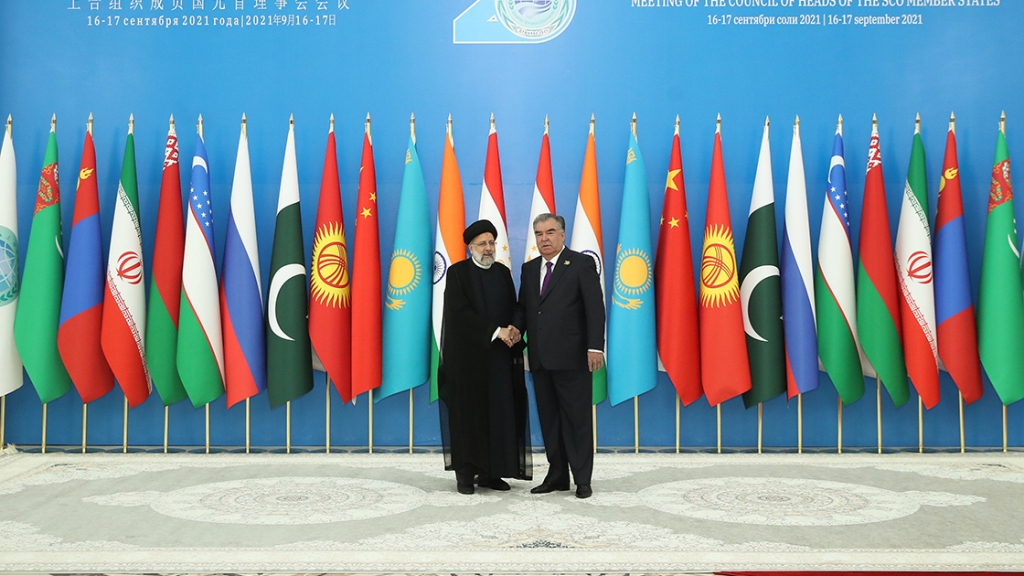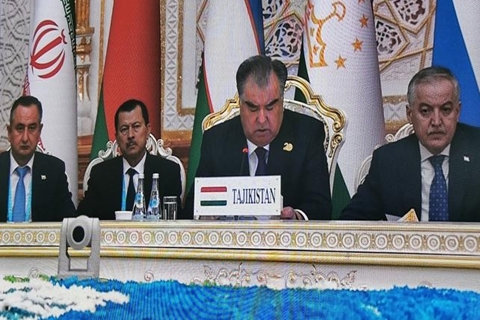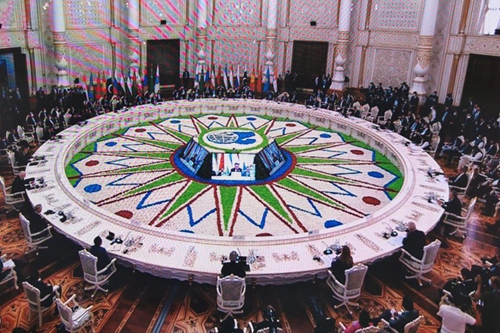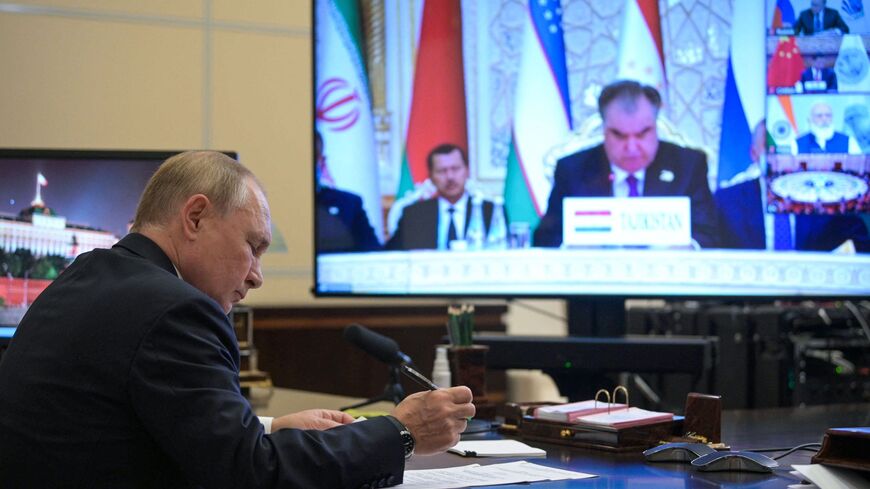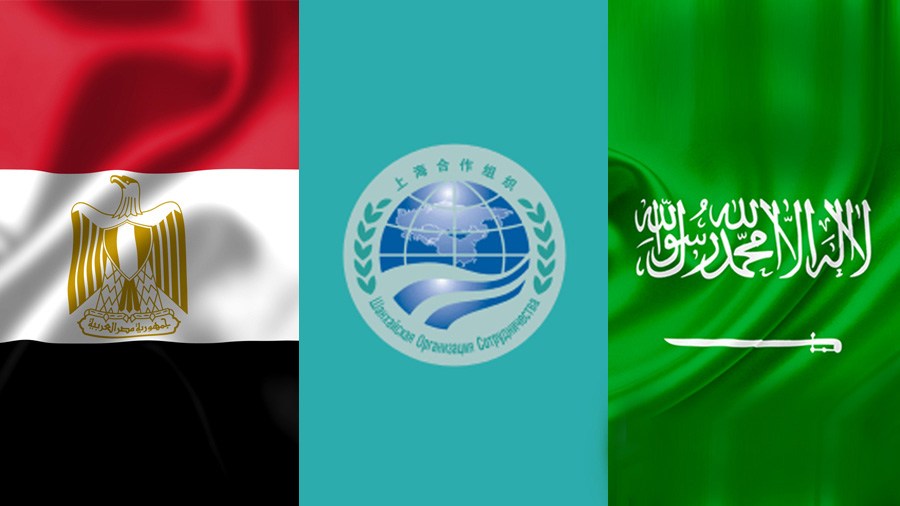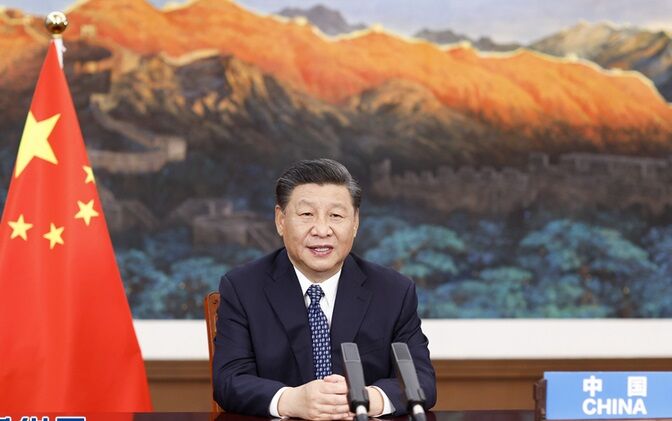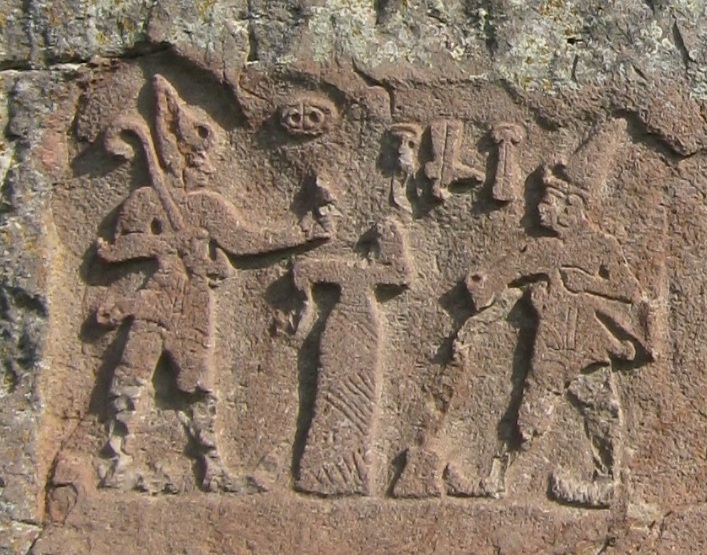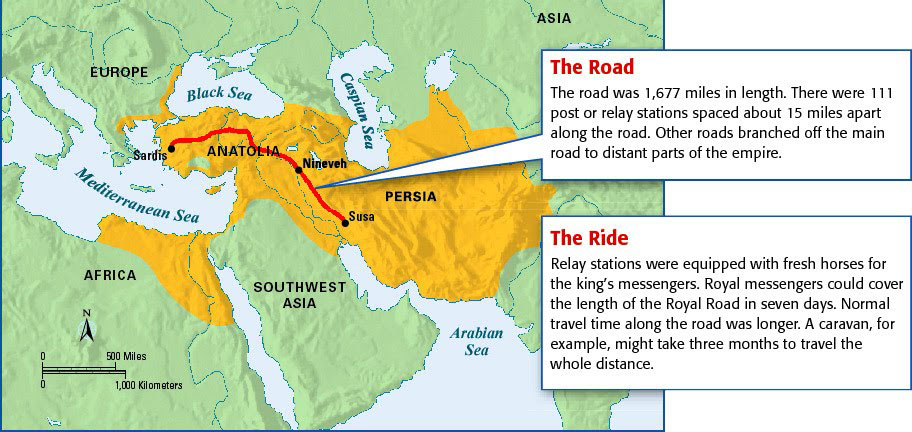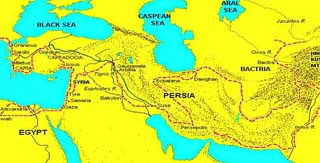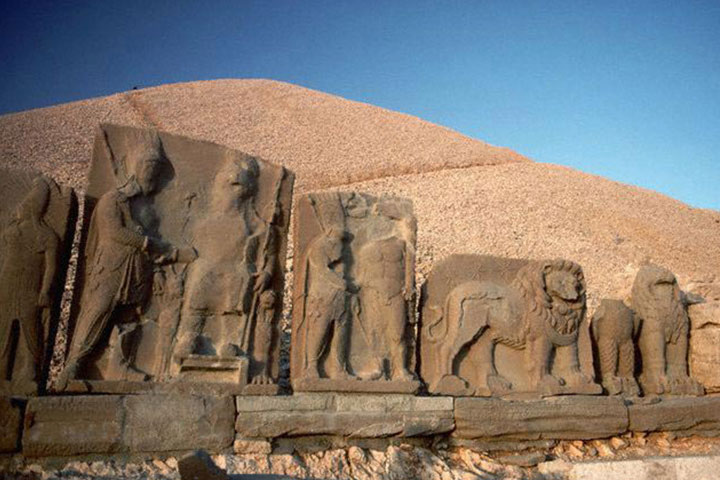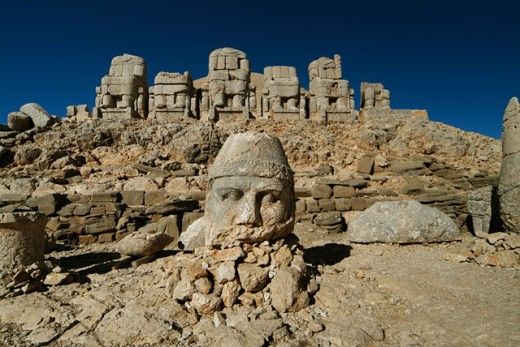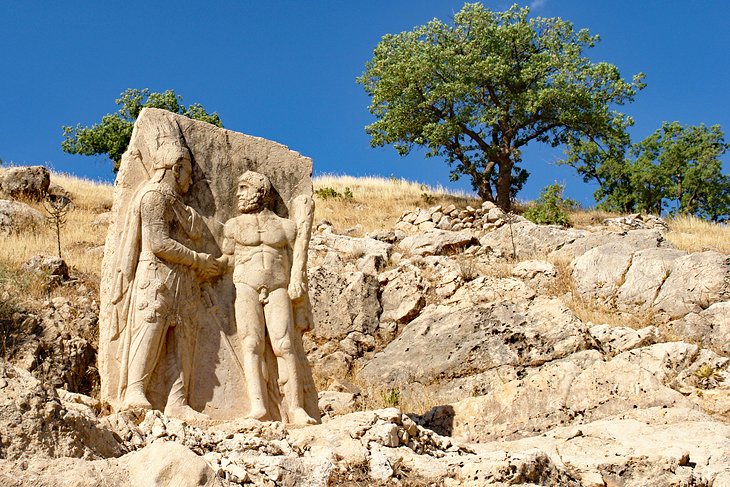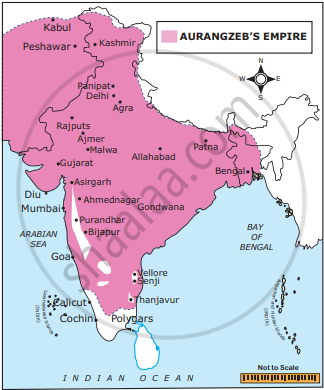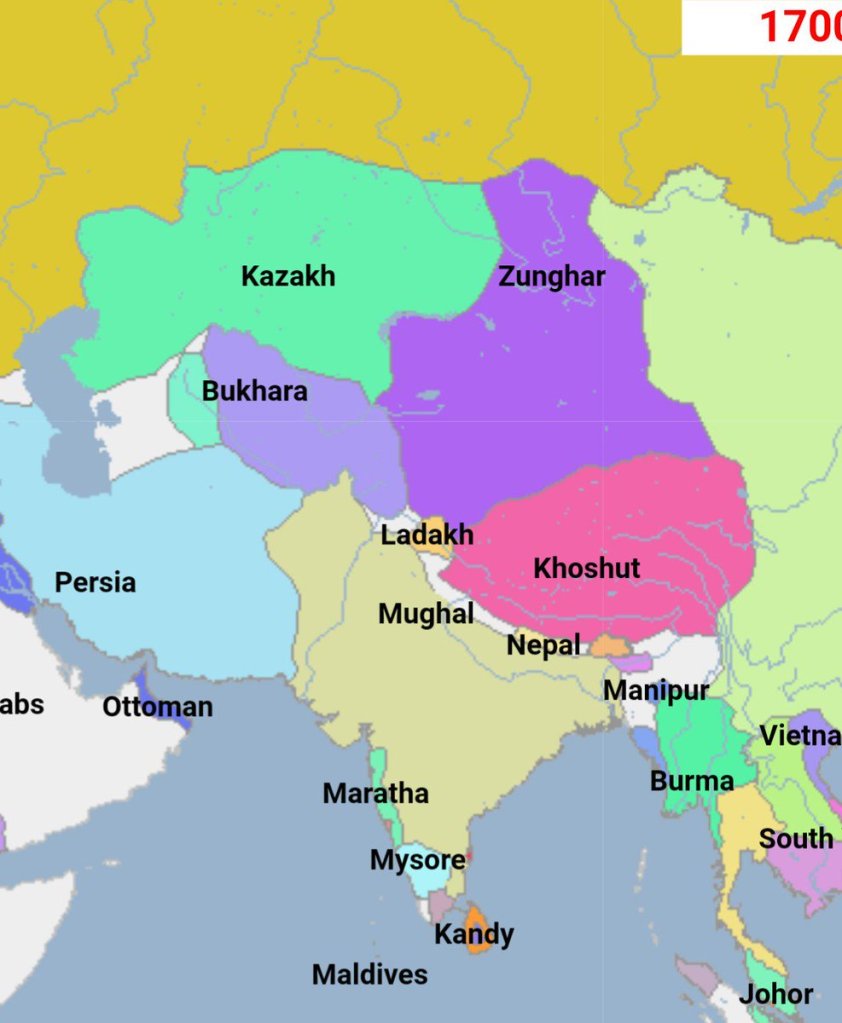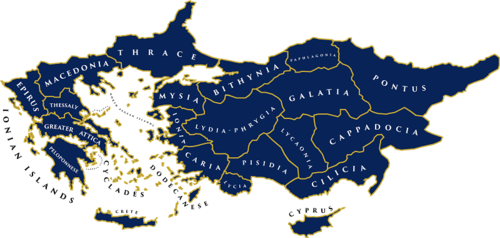Вторжения народов моря, Египет, империя хеттов, ее ахейские союзники, Лукка/Пелесет, Троянская война, преднамеренная ложь Гомера и современная европейская подделка «Древняя Греция»
Book review of the book ‘Trojan Horse of Western History’ by Anatoly V. Belyakov and Oleg A. Matveyshev
Рецензия на книгу Анатолия В. Белякова и Олега А. Матвейшева «Троянский конь западной истории»
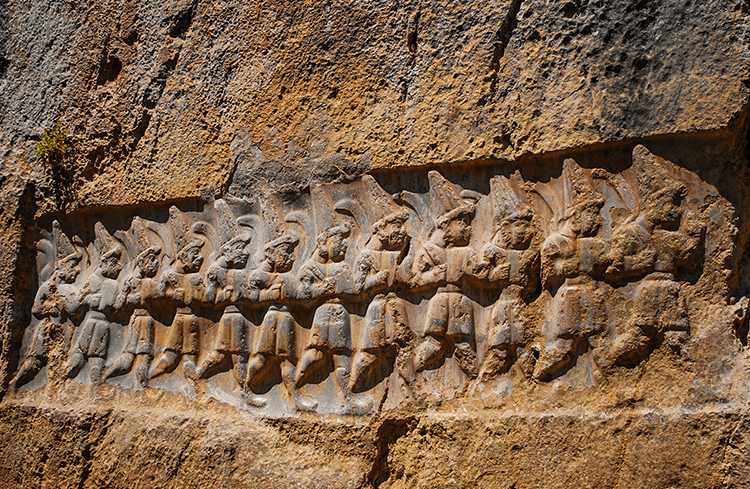
Yazilikaya, 1.5 km NE of Hattusa: the modern name of the Hittite religious capital and rock sanctuary; the most important sacred location for the Hittites, the other Anatolian nations, and the Achaean allies of the Hattusa emperors
Содержание
Введение
I. Цивилизованный восточный мир и южно-балканская периферия
II. Хеттский имперский порядок и беспорядочные варвары Западной Анатолии, Южных Балкан, Крита и Анатолийского моря
III. Нашествия народов моря как определяющий исторический факт и Троянская война как бесполезная ложь
IV. Что скрывается за фальшивым термином «ахейский мир»?
V. Без глубокого понимания египетской, хеттской, анатолийской, ханаанской и месопотамской цивилизаций невозможно понять их отсталую периферию
VI. Почему исторические источники Диона Златоуста заслуживают доверия, а отговорки Гомера оказались отвлекающим маневром
VII. Абсолютное очернение позднеантичных греков древнеегипетским первосвященником как цели человеческой истории.
VIII. Египетский жрец, собеседник Диона Златоуста, читал «Анналы» Рамзеса III.
IX. Фальшивый термин «Древняя Греция» мешает нам оценить разрушительную неудачу Гомера.
Х. Заключение
Contents
Introduction
I. The civilized Oriental World & the South Balkan periphery
II. The Hittite imperial order and the disorderly barbarians of Western Anatolia, South Balkans, Crete and the Anatolian Sea
III. The Sea Peoples’ invasions as a determinant historical fact and the Trojan War as a worthless falsehood
IV. What is hidden behind the false term ‘Achaean World’?
V. Without an in-depth comprehension of the Egyptian, Hittite Anatolian, Canaanite and Mesopotamian civilizations, no one can possibly understand their backward periphery
VI. Why Dio Chrysostom’s historical sources are trustworthy and Homer’s pretenses are proven red herring
VII. The absolute denigration of the Late Antiquity Greeks by the Ancient Egyptian high priest as the destination of Human History
VIII. Dio Chrysostom’s Egyptian sacerdotal interlocutor had read Ramses III’s Annals
IX. The fake term ‘Ancient Greece’ prevents us from assessing Homer’s devastating failure
X. Conclusion
Introduction
What follows is an extensive discussion of the topics presented and the approaches employed in the aforementioned, passionately and impressively elaborated book (St. Petersburg: Piter, 2015 – 256 p.: pic / ISBN 978-5-496-01658-2) that I came to know through an astute Russian friend, shrewd thinker and avid reader.
Links to the Russian and English Wikipedia do not constitute an approval of the texts of the respective entries, but are offered for those among the non-specialized readers of my book review, who wish to launch their own search, starting with the references and the bibliography available of those entries.
Throughout the present article, I use the term ‘Anatolian Sea’, instead of ‘Aegean Sea’ which is certainly a historically valid appellation and form of reference. However, the latter term is academically inaccurate. This is so because throughout the last five millennia, we have attested that civilizations, forms of spirituality, religious faiths, cultural trends, ethnic migrations, cults, esoteric beliefs, intellectual movements, artistic and aesthetic tendencies spread from Anatolia to the sea in question, and thence to the South Balkans, and not vice versa. When it comes to Anatolian Sea, which is undeniably a semi-closed sea, we observe that, although various influences and diverse ethnic groups arrived there from the South (Libya), the Southeast (Egypt and Canaan/Phoenicia), and the North (Thrace, Macedonia and the central part of the Balkan Peninsula), the local evolution, historical creativity, and their main factors and aspects depended on Anatolia.
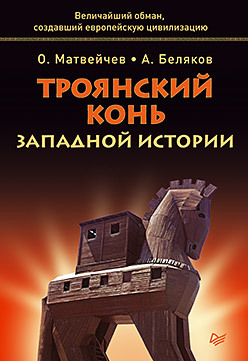
All these scattered islands constitute therefore the Anatolian archipelago and they consist in sheer projection and prolongation of the Anatolian civilization. This was particularly ostensible whenever both lands, Anatolia and South Balkans, belonged to the same empire. Within the Eastern Roman Empire and the Ottoman Caliphate, Anatolia constituted the epicenter and the South Balkans represented a marginal circumference. All the islands in-between depended on Anatolia and never formed an entity of their own.
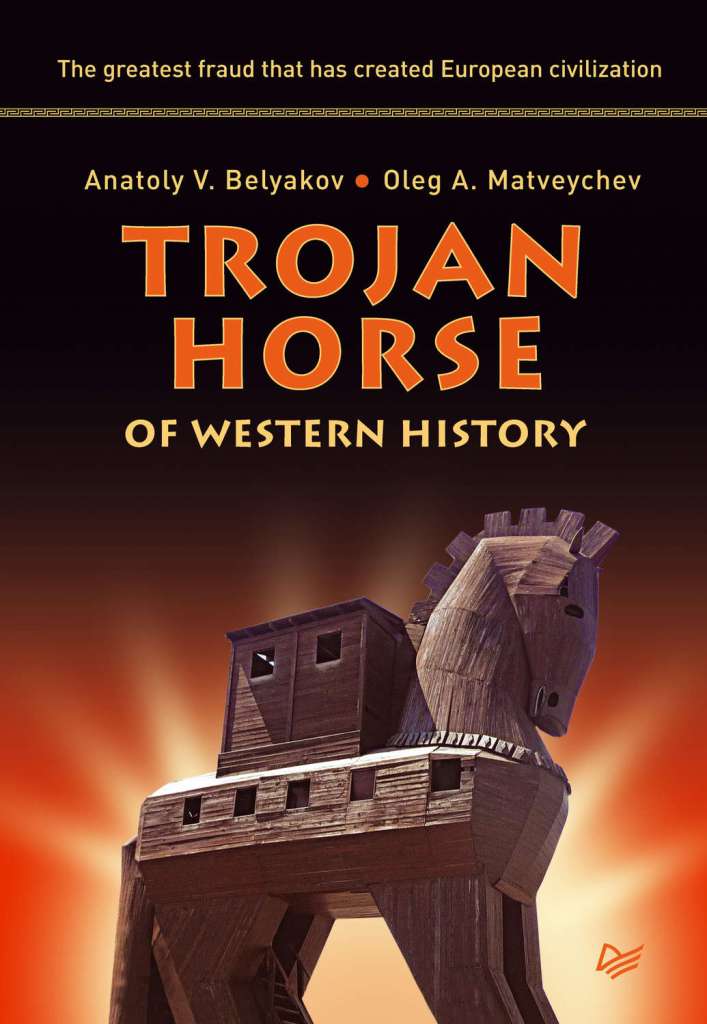
——- Response to a friend and comments about the aforementioned book ———
Dear Fedor,
Now, I will write down several remarks and comments about the book of Anatoly V. Belyakov and Oleg A. Matveyshev that I have just read thanks to your email; I did not know either the book or the authors, that’s why I found a genuine interest in searching about the authors before reading the book. So, I realized that both are younger than me; Belyakov was born in 1971 (Анатолий Владиславович Беляков) and Matveyshev (Олег Анатольевич Матвейчев) one year earlier; the latter happens also to be a deputy in the Russian Parliament. Both have worked together on several other publication projects, and both have published many books and articles. About:
https://www.koob.ru/belyakov_a_v/
https://litvek.com/avtor/106780-avtor-anatoliy-vladislavovich-belyakov
http://duma.gov.ru/duma/persons/1055983/
https://ru.wikipedia.org/wiki/Матвейчев,_Олег_Анатольевич
Their topics cover History and Politics in general, and they seem to have an interest in finding attractive topics to which they intentionally offer rather alternative approaches. They did the same with the ‘Trojan Horse of Western History’. Despite the fact that they are not field specialists, they did their best to offer readers a truly comprehensive presentation about how
a- the modern science of Philology (Classics) discovered Homer and his epics,
b- Archaeology was used by amateurs for the sake of their delusions,
c- the Ancient Ionian epic tradition was transformed into Alexandrian librarians’ tasks in the Antiquity, and
d- a multitude of topographical-geographical details can drastically change our reading and perception of the narratives.
It is clear that they apparently visited the area they spoke about. In addition, they offered readers (in the unit ‘In lieu of an afterword’) a theoretical polarization around Modern European academic considerations and philosophical postulations. Being well knowledgeable in a varied number of topics (which is still not easy to encounter nowadays in Western Europe and North America), they contextualized their work in an admirable manner. Their book is certainly rewarding for the general readership, and also for the people who have the suspicion that things may not have been as they have been narrated in modern times’ schools and universities.
In fact, I don’t have crucial remarks to make for the book itself, but this does not end but it rather starts my response. As you can guess, the research you first undertake predestines and predetermines the book that you will write afterwards. There lies the major problem. As a matter of fact, there are also other critical issues for the authors, and even more serious troubles for the entire Russian academic-intellectual class. You will see why while reading what follows. From now on, I will concentrate my review on several specific points.
I. The civilized Oriental World & the South Balkan periphery
First Point: lack of study of Ancient Egyptian, Ugaritic Canaanite, and Assyrian Babylonian sources
The authors are evidently unaware of the existence of critical historical sources pertaining to the History of the Anatolian Sea (also known as Aegean Sea) around the end of the 2nd millennium BCE. This fact dramatically narrows the effort undertaken to show an alternative interpretation of the Trojan War.
Both authors are well versed in Ancient Greek literature and they occasionally mention Hittite historical texts. It is clear that they did not study Hittite historical sources (in translation since they are not specialists) as extensively as they should have had. The problem is that they did not acquire a sufficient background in Hittite History which would enable them to fully comprehend the nature of the historical developments that took place in the western confines of the Hittite Empire and beyond; I say so, because the Hattusha-based emperors did not always control the western circumference of Anatolia. About:
https://ru.wikipedia.org/wiki/Тудхалия_IV
https://all-generals.ru/index.php
https://ru.wikipedia.org/wiki/Ассува
https://en.wikipedia.org/wiki/Assuwa
https://ru.wikipedia.org/wiki/Арцава
https://en.wikipedia.org/wiki/Arzawa
https://ru.wikipedia.org/wiki/Ахейцы#Аххиява
https://en.wikipedia.org/wiki/Hittites#New_Kingdom
https://en.wikipedia.org/wiki/Tud%E1%B8%ABaliya_IV
https://ru.wikipedia.org/wiki/Вилуса
https://en.wikipedia.org/wiki/Wilusa
Кто сказал «нет» тухкантису хеттского царя?
Ещё раз о главном действующем лице начальных пассажей «Письма о Тавагалаве»*
http://ancientrome.ru/publik/article.htm?a=1459579492
https://en.wikipedia.org/wiki/Tawagalawa_letter
https://dzen.ru/media/adygiru/aheicy-i-troiancy-v-hettskih-tekstah-5c4e1e696823bc046572fa44
https://en.wikipedia.org/wiki/Milawata_letter
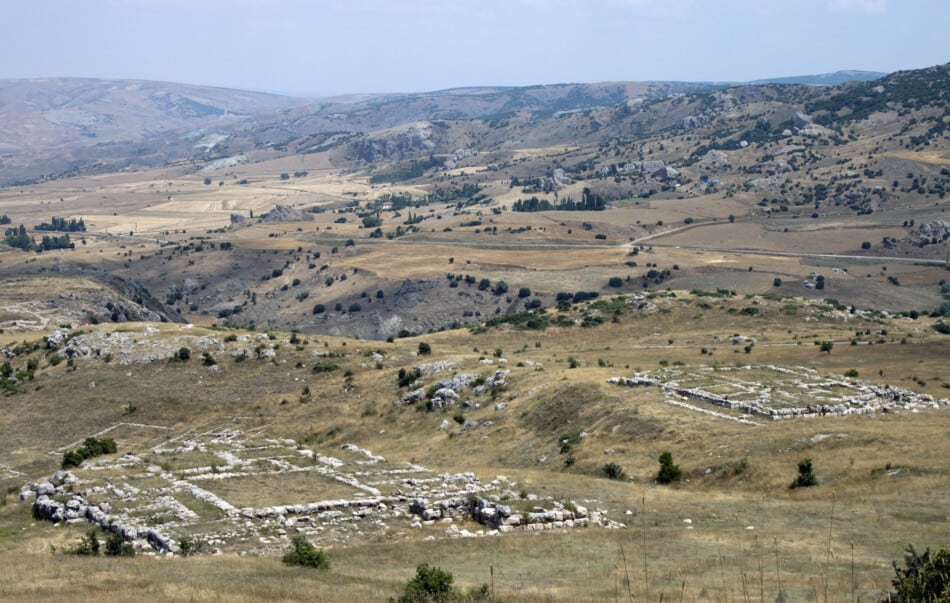
Hattusa/Hattusha: the location of the vast Hittite imperial capital
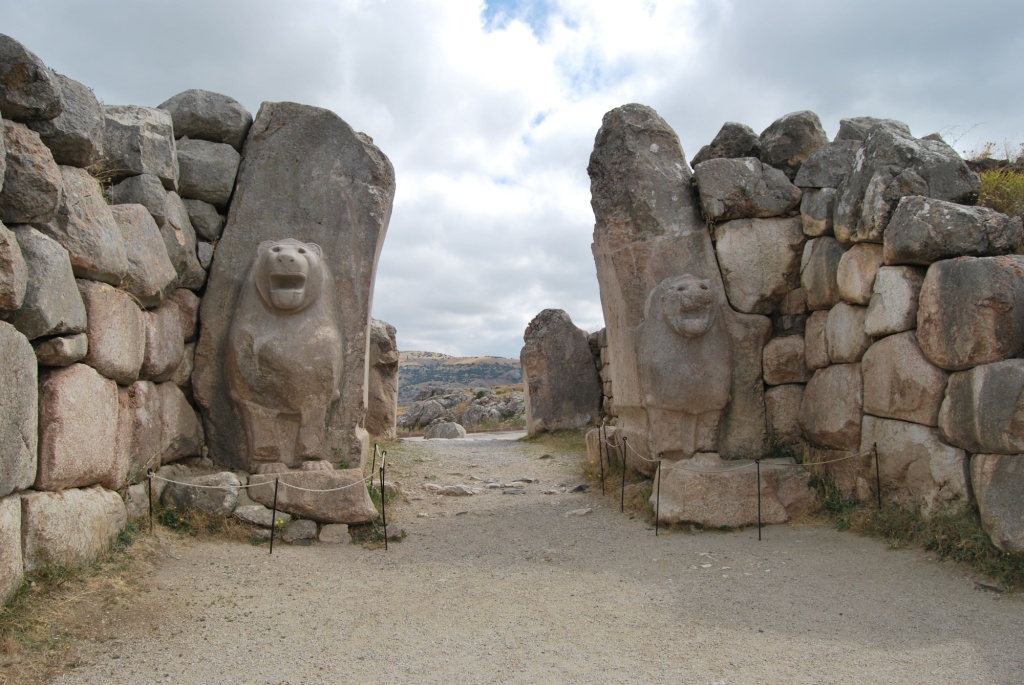
The Lion Gate, Hattusa

Hattusa – modern reconstruction
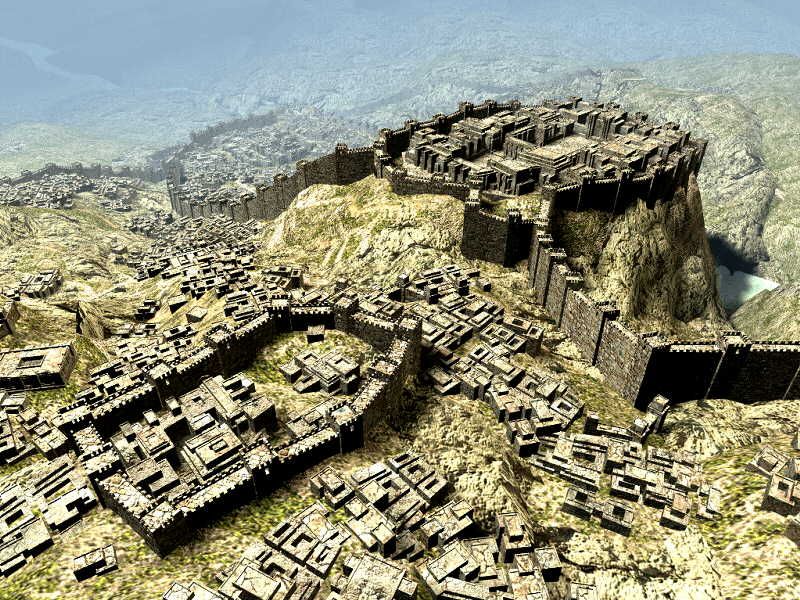
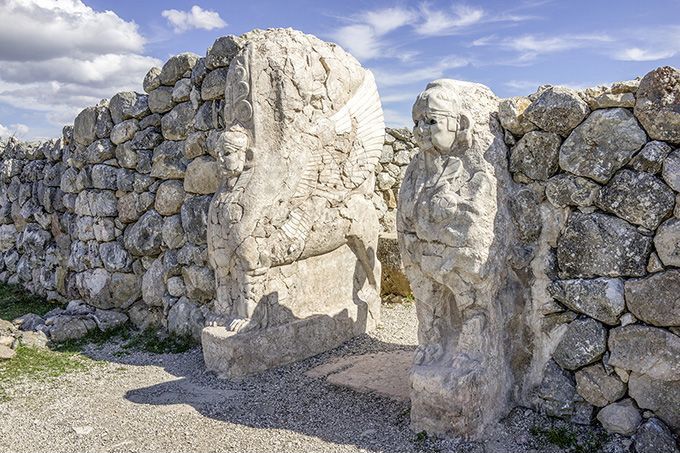
The Sphinx Gate, Hattusa

Teshub temple, Hattusa

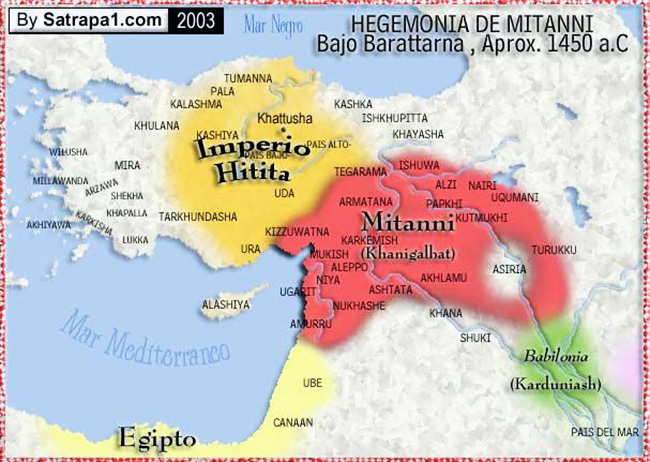
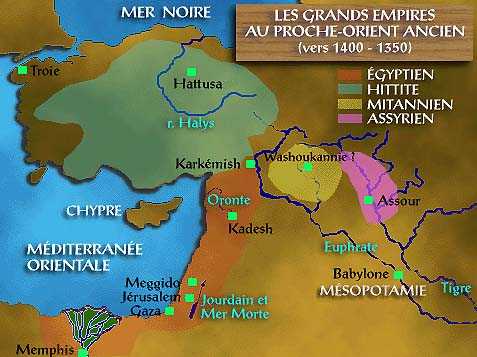
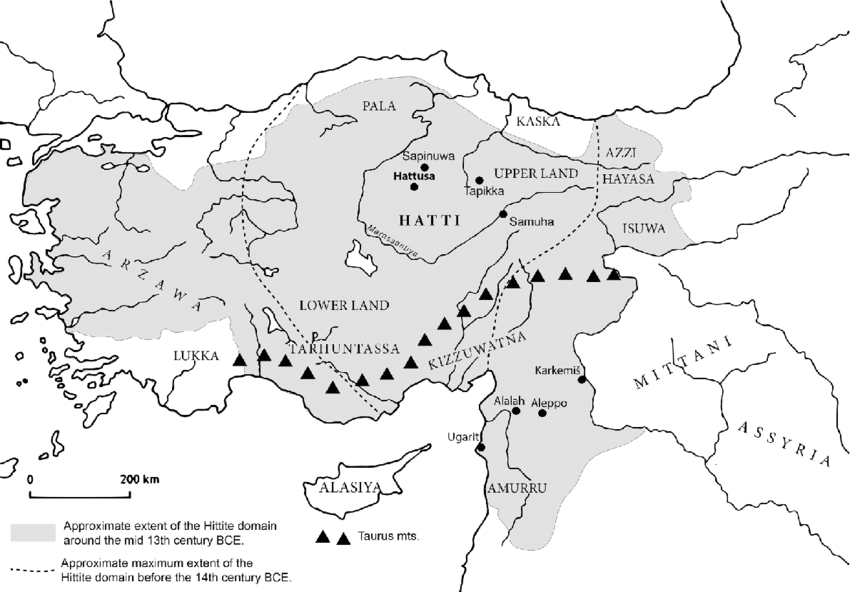
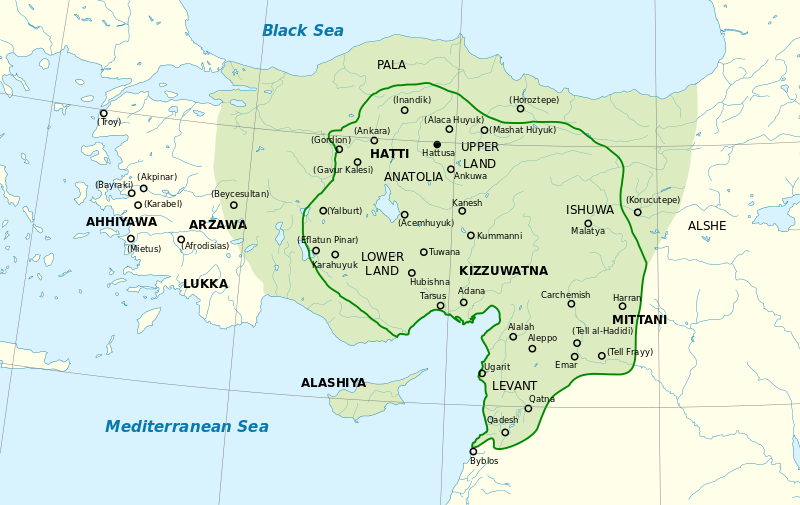
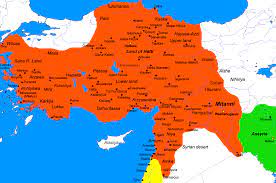
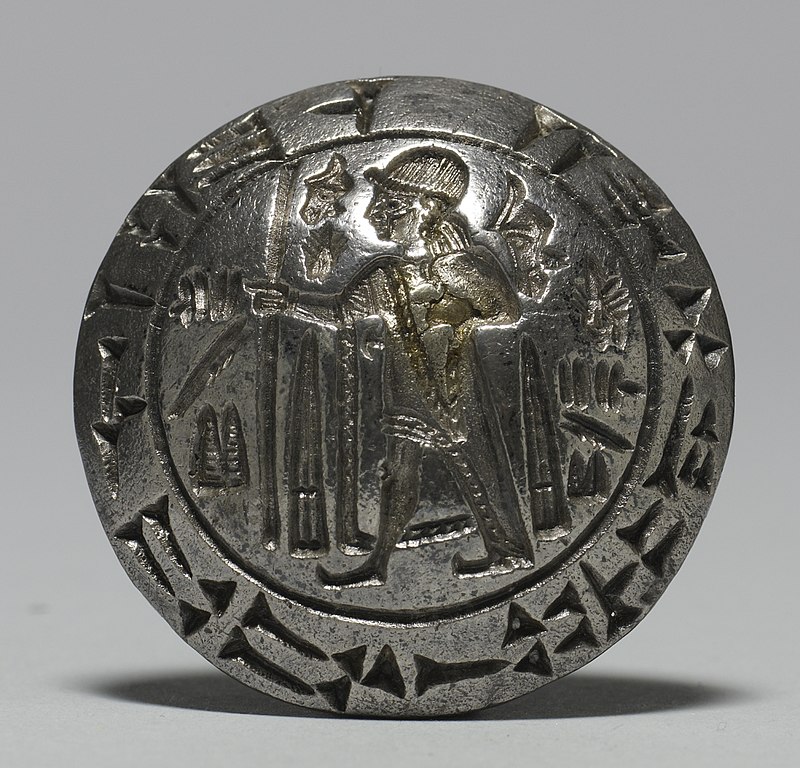
Seal of Tarkasnawa, King of Mira; 1220 BCE
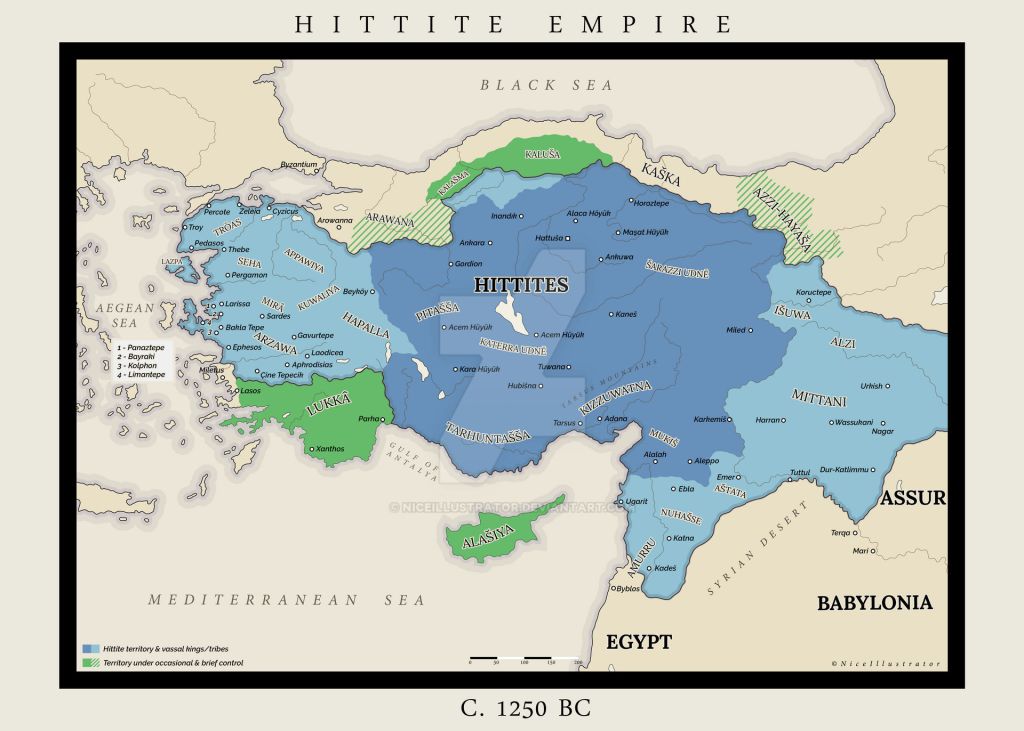

Fıraktin relief: Hattušili III (2nd from left) Puduheba (far right)

A sword from the plunder taken by Tuthaliya I during an expedition against Aššuwa
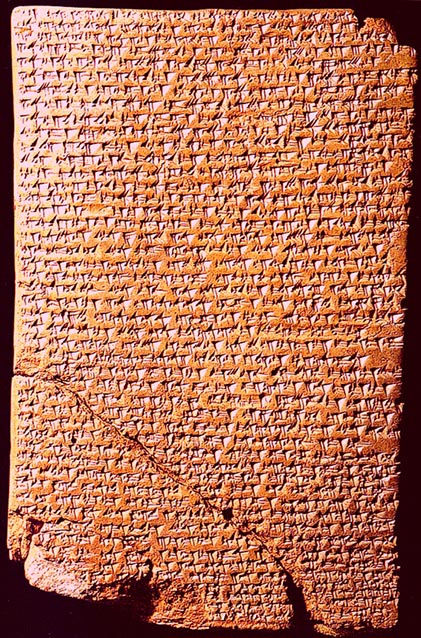
Annals of Hattusilis
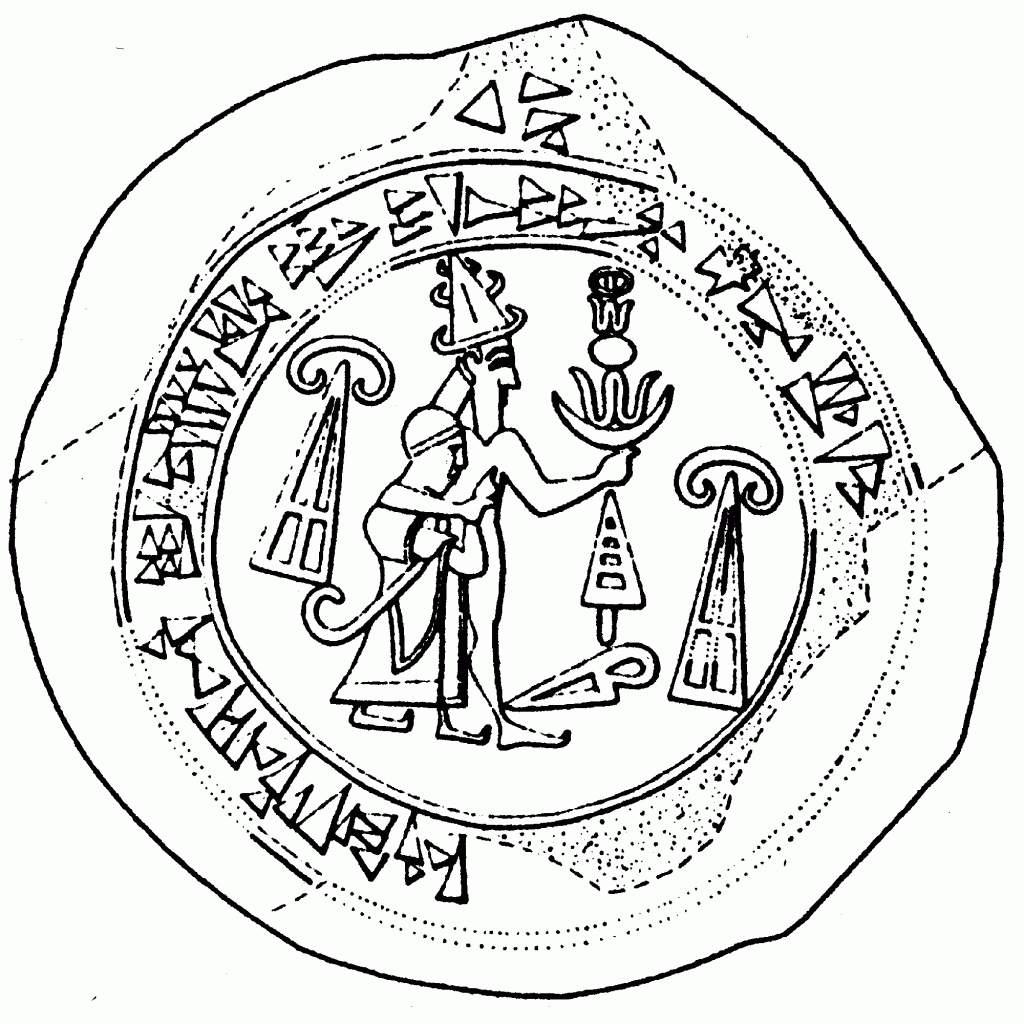
Seal of Mursilis III
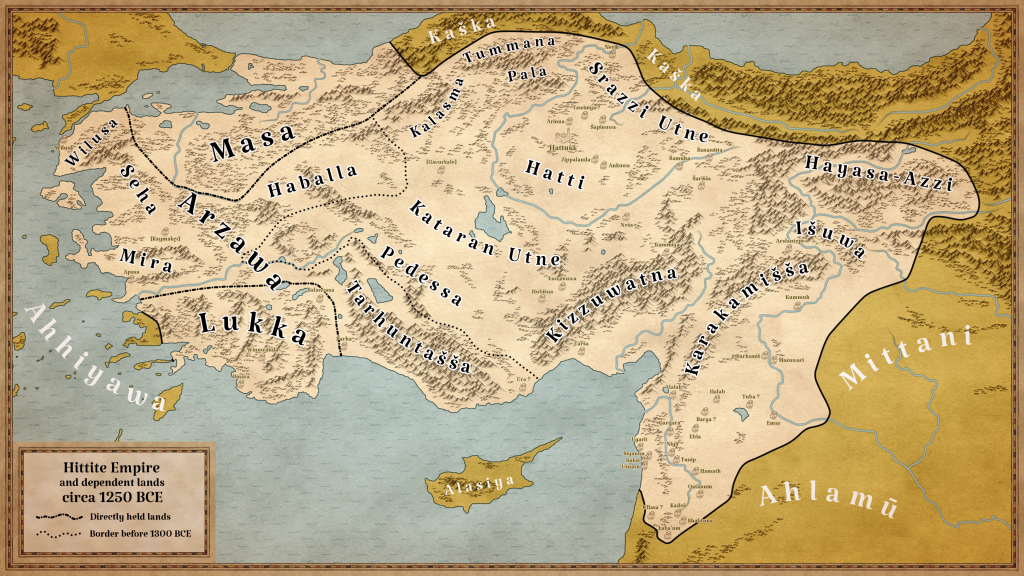
Hittite provinces
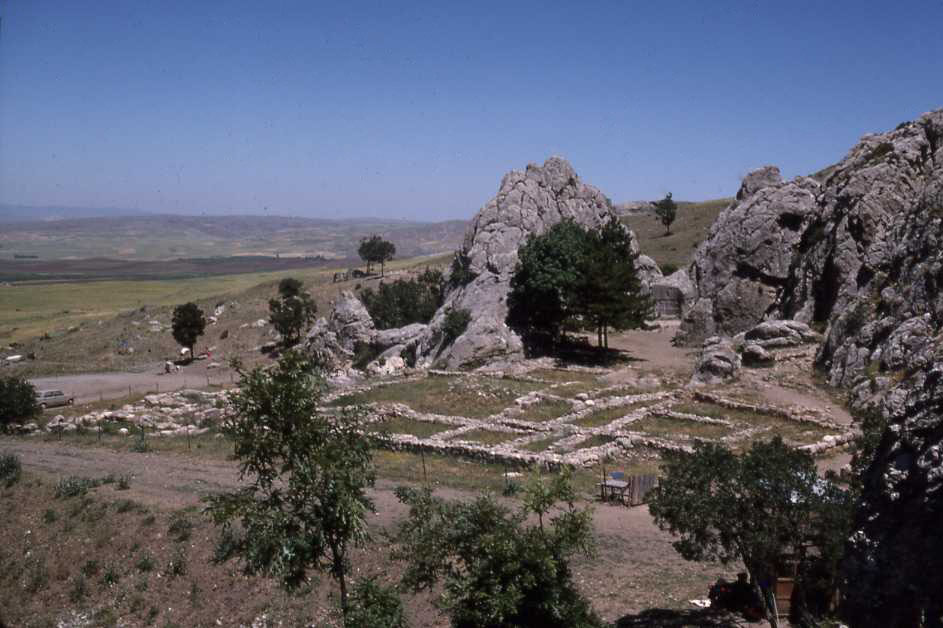
Yazilikaya, the religious capital and rock sanctuary of the Hittites
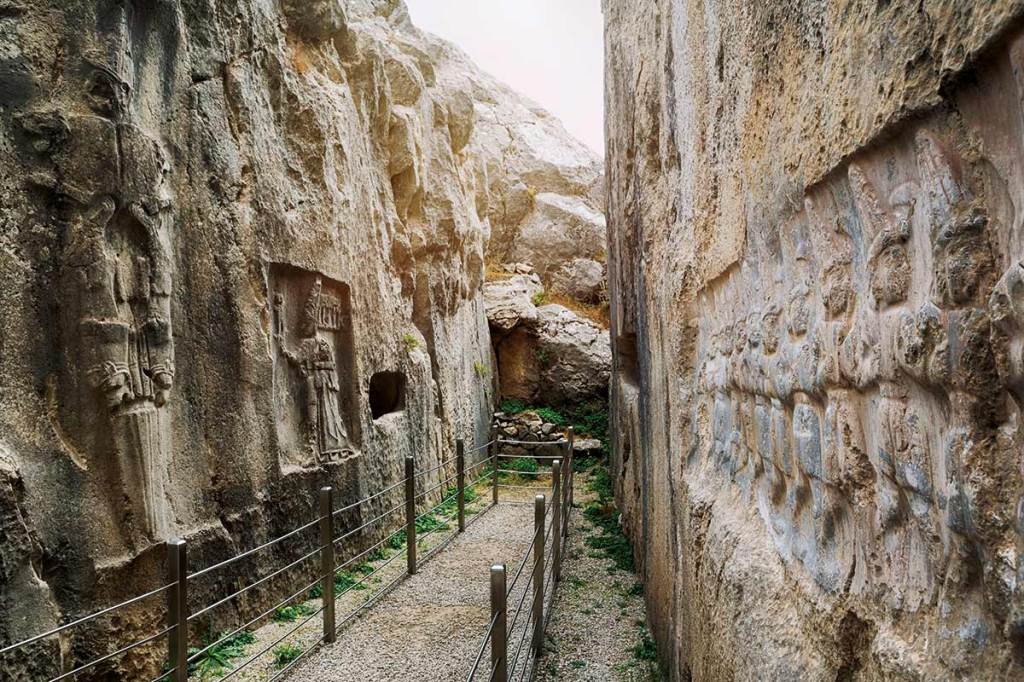
https://www.hittitemonuments.com/yazilikaya/
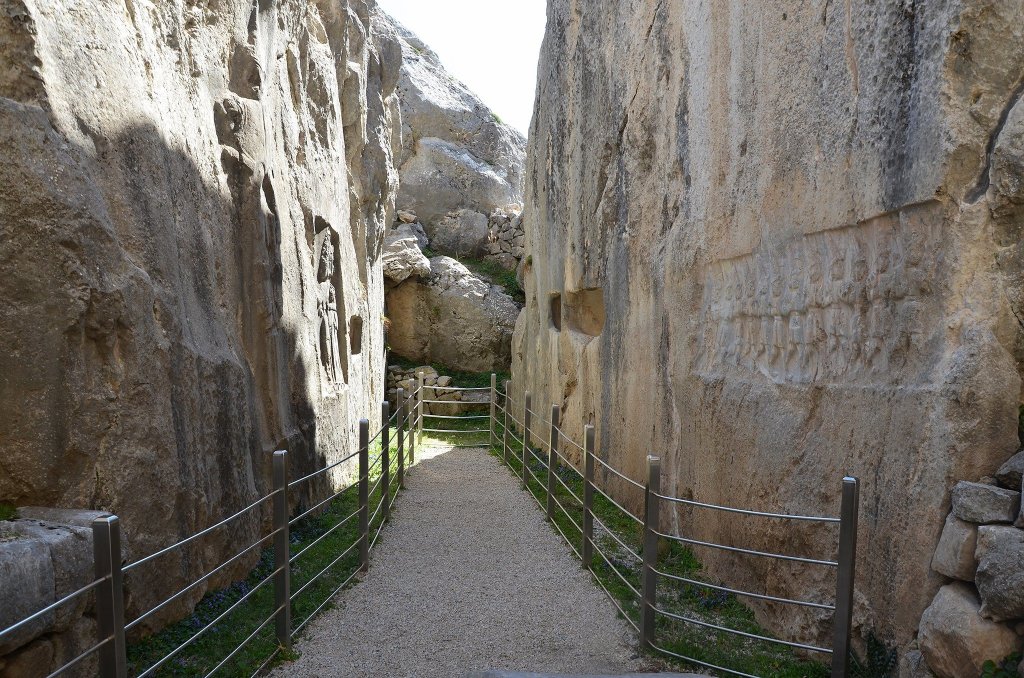
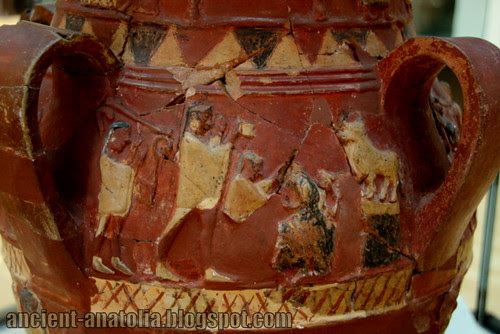
Hittite religious ceremonies

Vessel terminating in the forepart of a stag
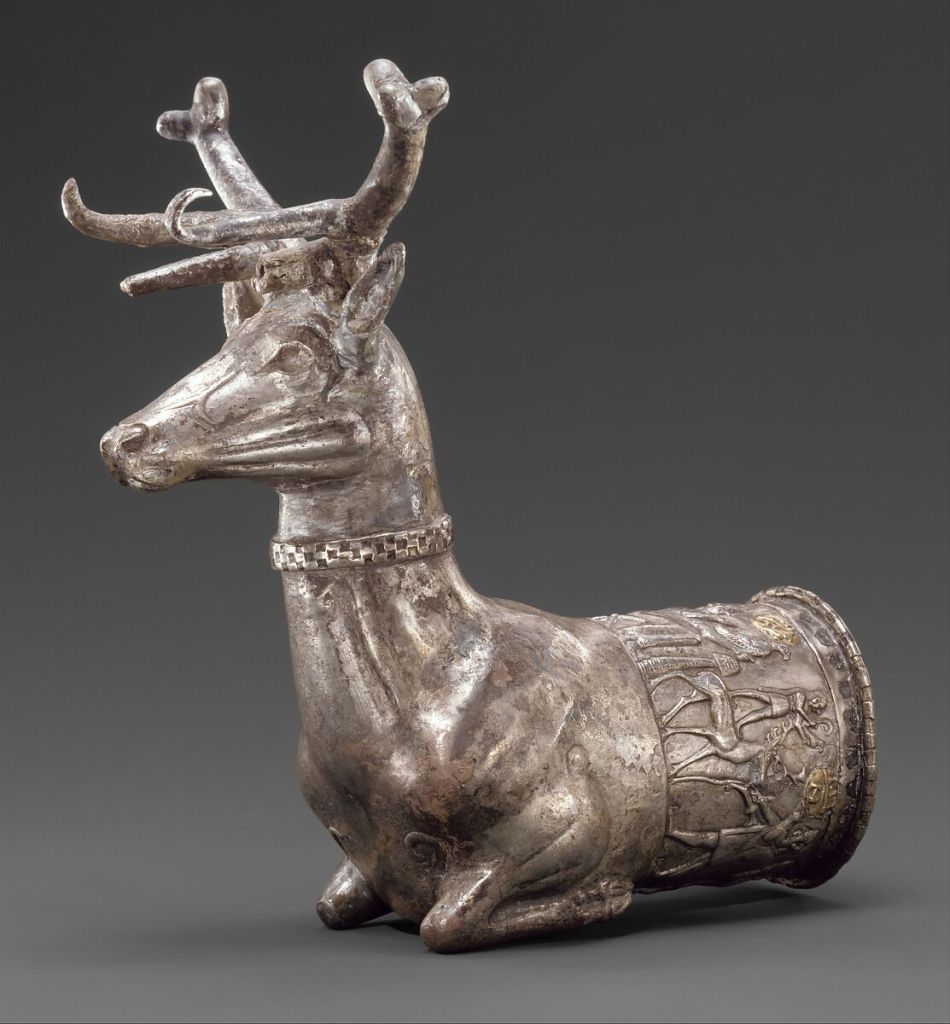
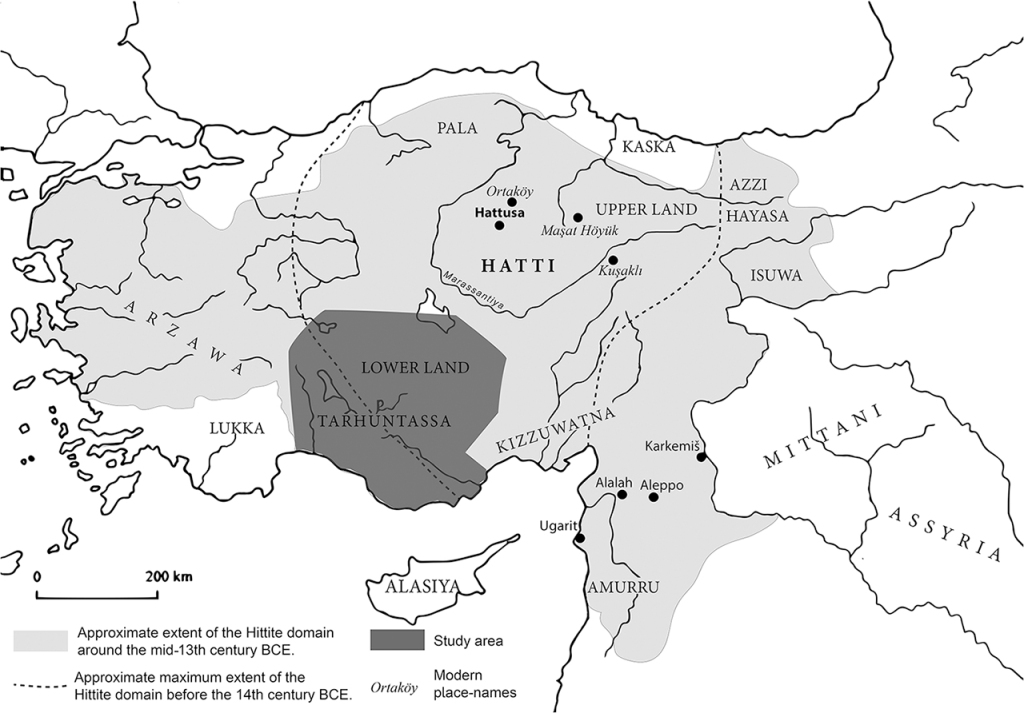

There is also a serious lack of Ugaritic Canaanite cuneiform documentation, and the authors seem to believe that Canaan did not play an important role in the maritime trade throughout the Eastern Mediterranean, the Anatolian and the Black Seas; this is wrong. Ugaritic texts are the first to document the fall of the Hittite Empire. Even more importantly, similar Ugaritic Canaanite epics antedate by several centuries the Ancient Greek epics. About:
https://en.wikipedia.org/wiki/Ugarit
https://en.wikipedia.org/wiki/Ugaritic_texts
https://en.wikipedia.org/wiki/Canaanite_religion
https://en.wikipedia.org/wiki/Ugaritic
https://en.wikipedia.org/wiki/Legend_of_Keret
https://en.wikipedia.org/wiki/Danel
https://ru.wikipedia.org/wiki/Угарит
https://ru.wikipedia.org/wiki/Угаритская_литература
https://ru.wikipedia.org/wiki/Угаритский_язык
https://ru.wikipedia.org/wiki/Угаритское_письмо
https://ru.wikipedia.org/wiki/Легенда_о_Керете
https://ru.wikipedia.org/wiki/Акхит
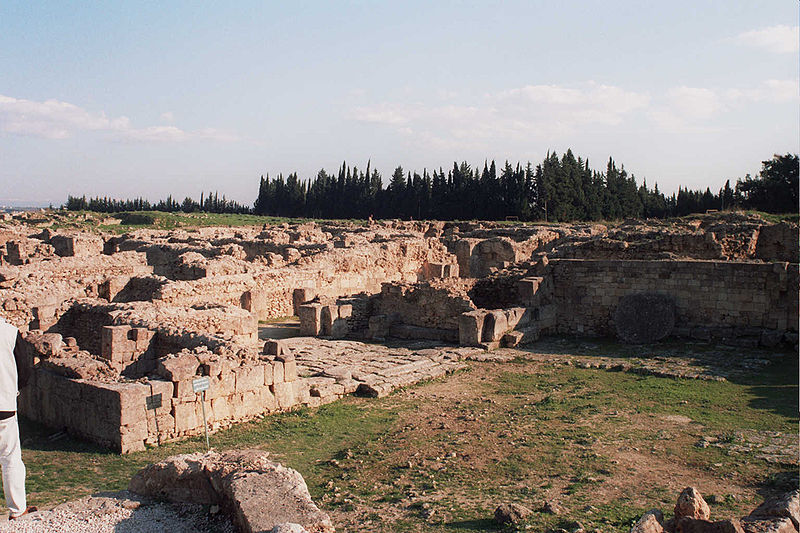
Ugarit (today’s Ras Shamra), Syrian coast (5 km from the Turkish border)
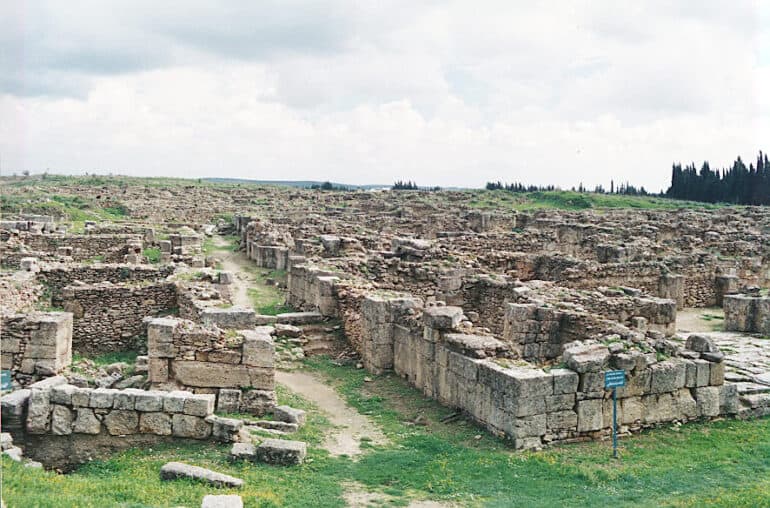
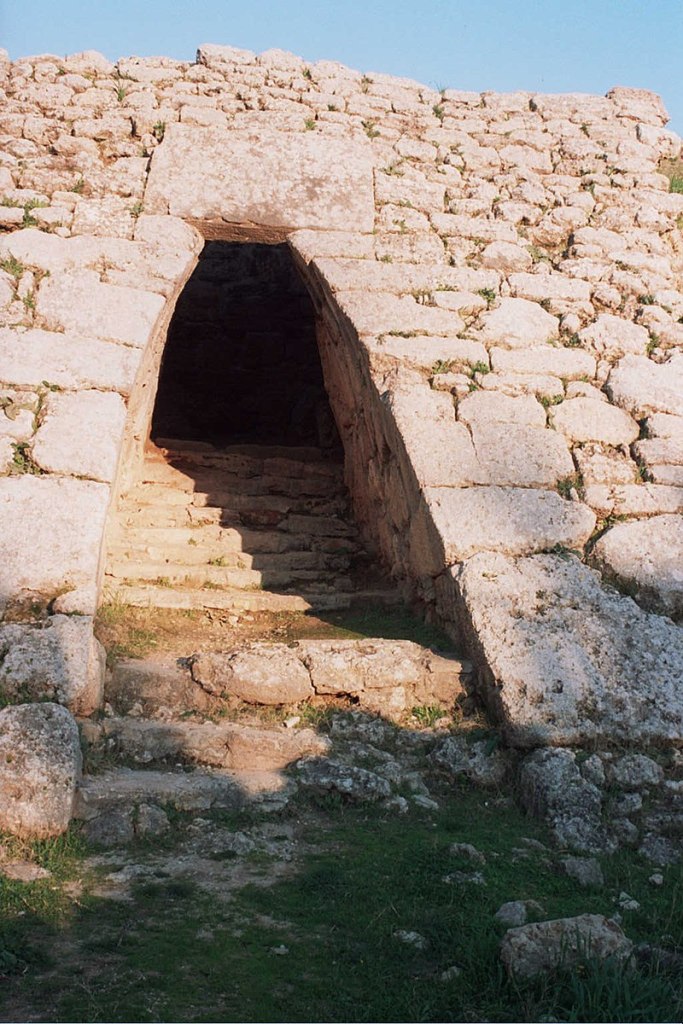
Entrance to the palace, Ugarit
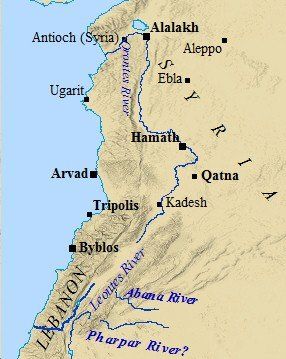
The Canaanite kingdom of Ugarit and its neighbors, ca. 1500 BCE
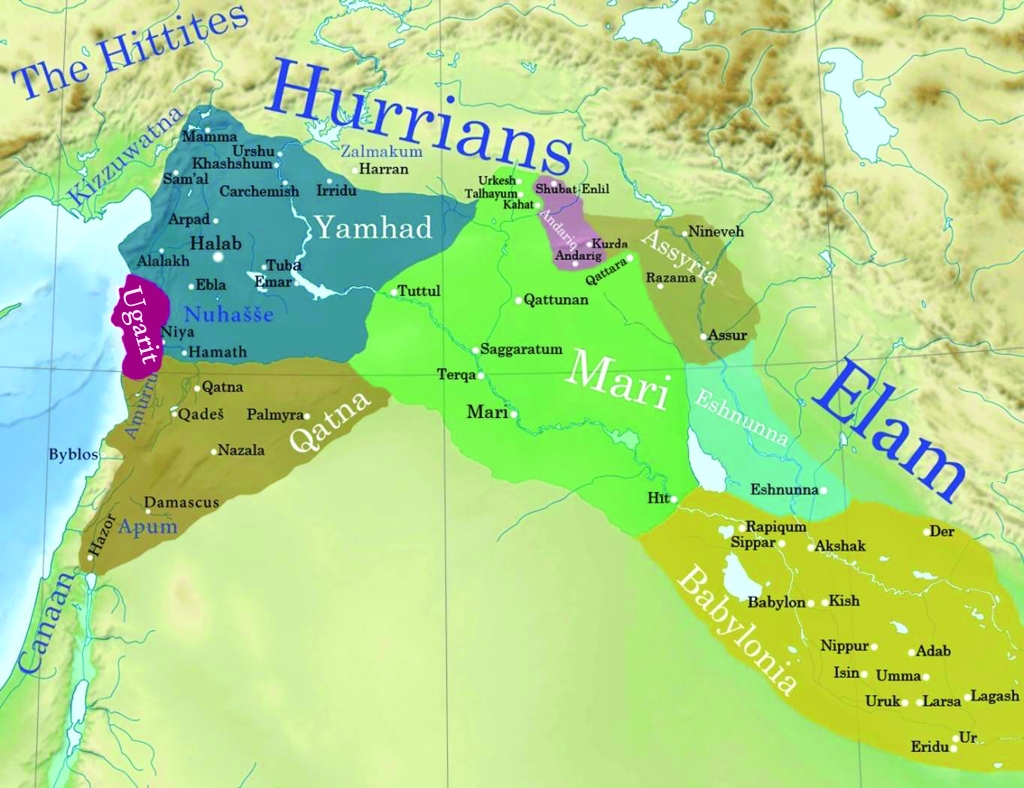
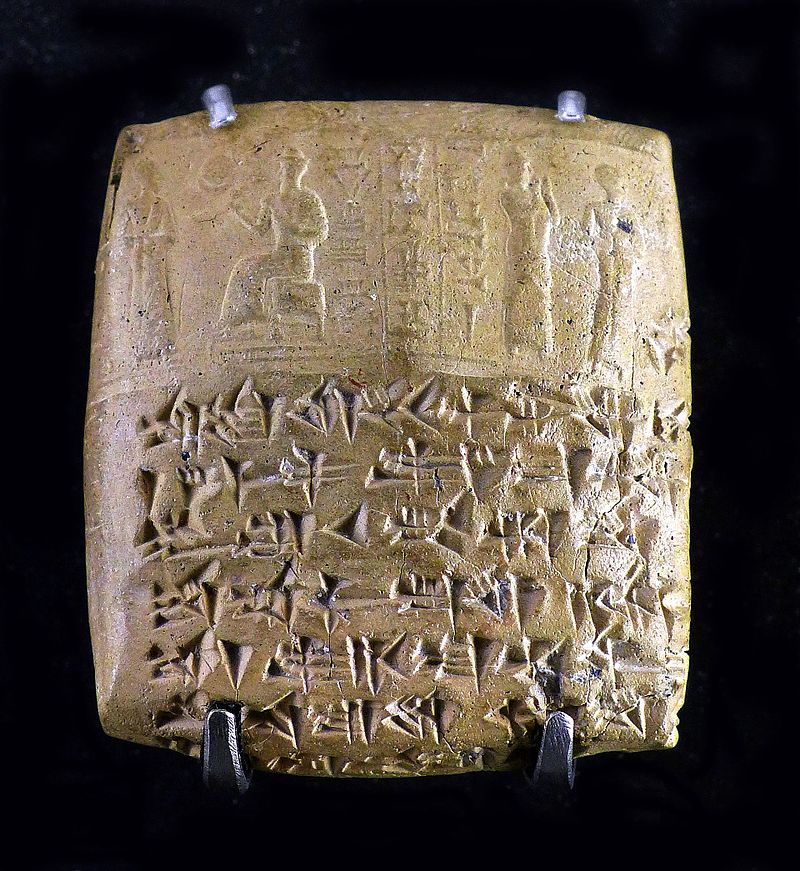
Contract written in Ugaritic alphabetic cuneiform
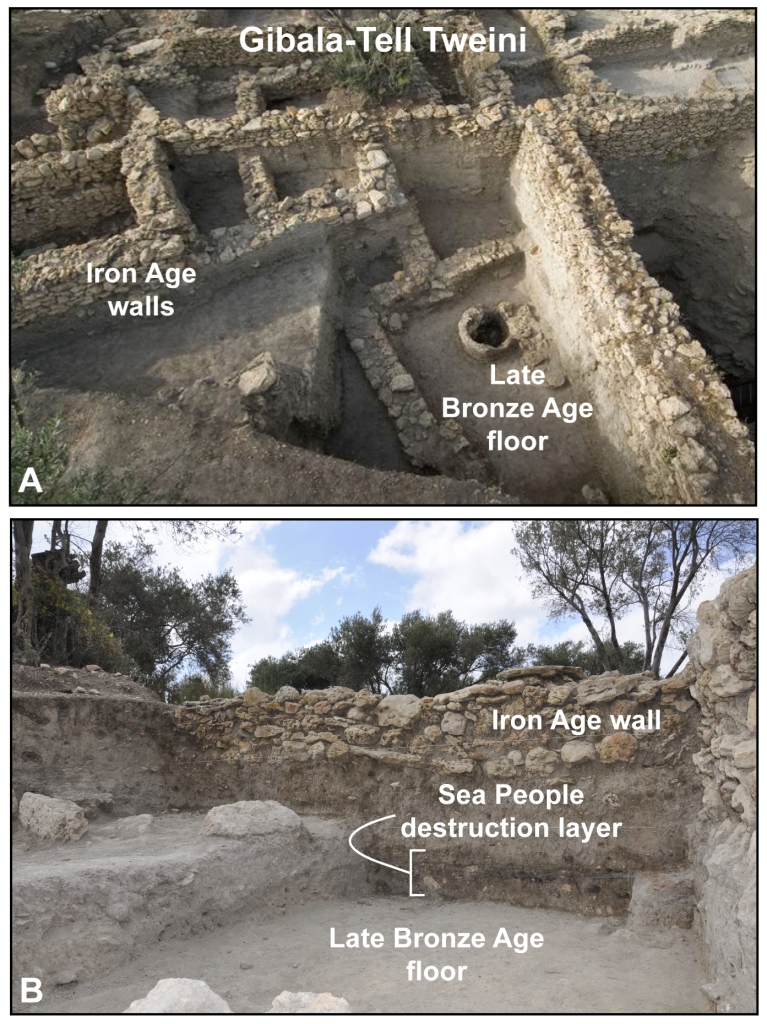
Tell Tweini (known as Gibala in Ugaritic alphabetic cuneiform): the destruction layer Caused by the Sea Peoples – https://en.wikipedia.org/wiki/Tell_Tweini
Good knowledge of the Assyrian-Babylonian and Elamite sources of the 13th and the 12th c. would help the authors to better assess all the facts that took place at the epicenter of the then known world, i.e. the triangle between Susa (Elam), Niwt (Thebes of Egypt), and Hattusha; in fact, only when you know what happens in the center of the civilized world, you can approximately grasp the reasons for what occurred in the periphery and the margins. However, the authors did not explore these historical sources.
Хеттское царство и страны Верхней Месопотамии в правление Тудхалии IV и его сыновей (2-я половина XIII — начало XII в. до н. э.): новые гипотезы и источники
https://istina.msu.ru/publications/article/2738421/
https://ru.wikipedia.org/wiki/Тукульти-Нинурта_I
https://en.wikipedia.org/wiki/Tukulti-Ninurta_I
The Edict of Tudhaliya IV
https://www.jstor.org/stable/602893
Хеттские походы на Кипр во второй половине 13 В. До Н. Э
https://cyberleninka.ru/article/n/hettskie-pohody-na-kipr-vo-vtoroy-polovine-13-v-do-n-e
The Trials of Tudhaliya IV
https://deepblue.lib.umich.edu/handle/2027.42/153293
Копии хеттских международных договоров
https://elibrary.ru/item.asp?id=41045350
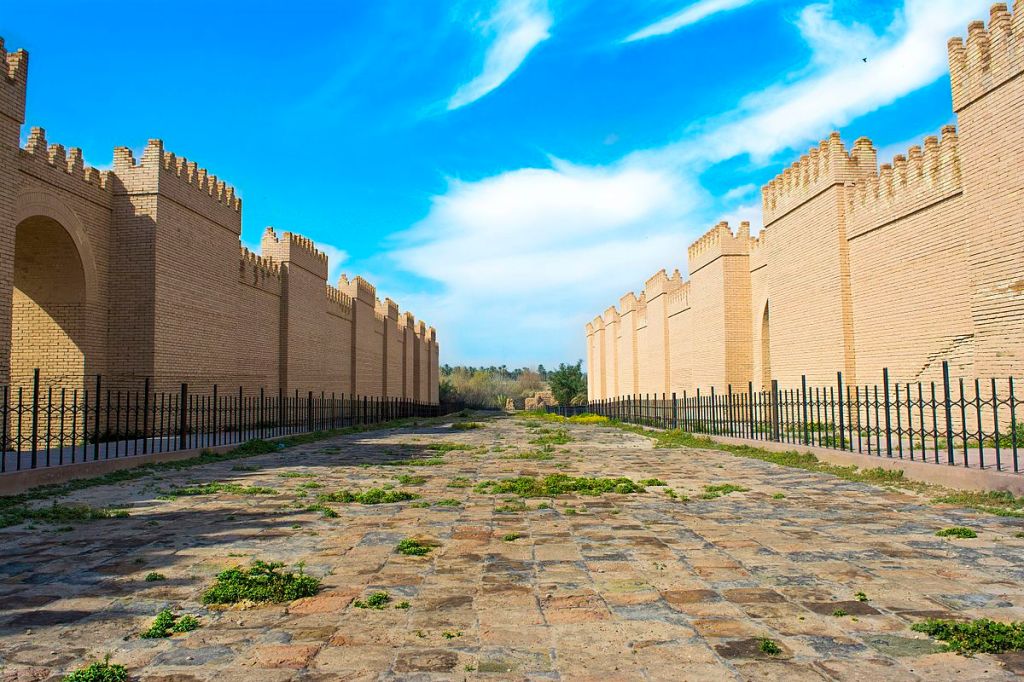
Babylon


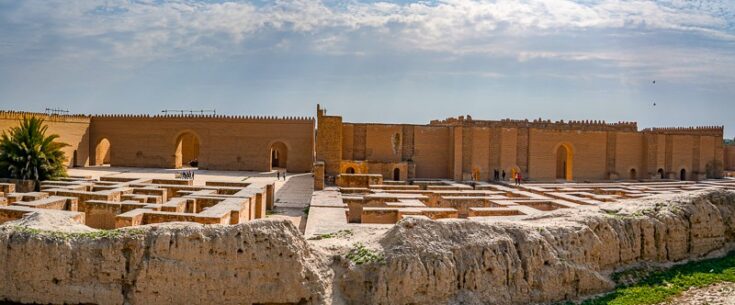
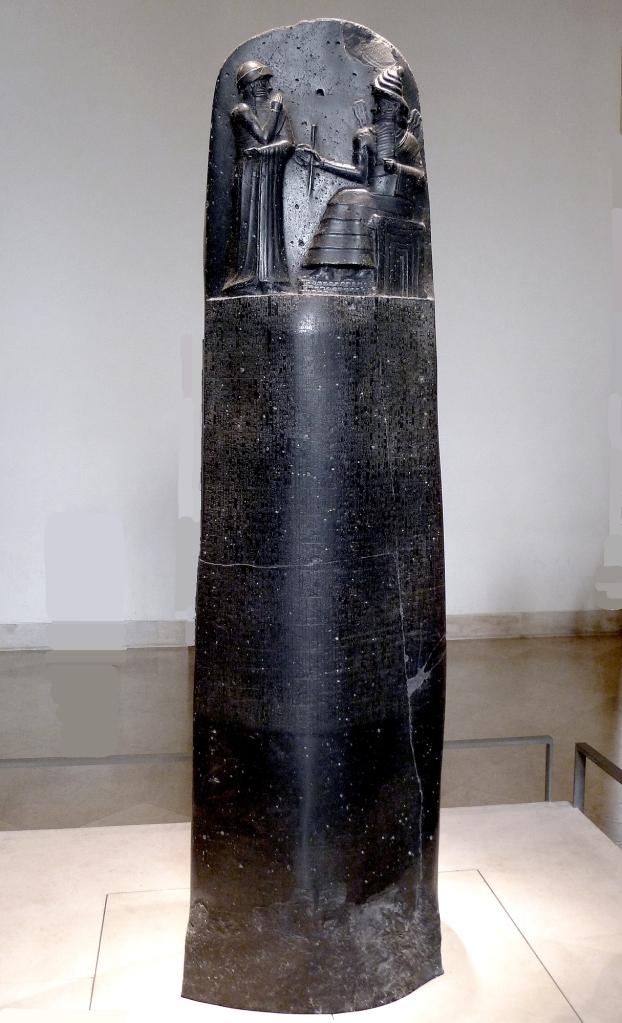
The Laws of Hammurapi (1793-1750 BCE)
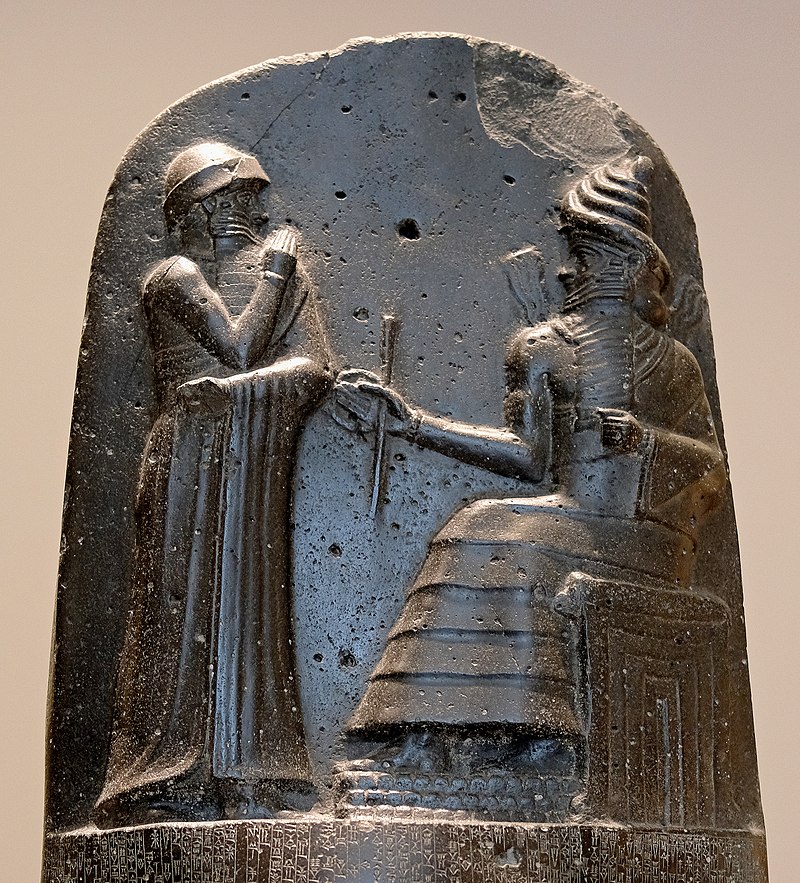
In mystical gesture, Hammurapi (standing) receives the royal insignia from Shamash


The zikkurat (Mesopotamian step pyramid) of Dur Kurigalzu in today’s Aqarquf (30 km from Baghdad) in Iraq; the Babylonian name means ‘fortress of Kurigalzu’, namely of the Kassite king Kurigalzu I (died around 1375 BCE) whose name in Kassite means ‘shepherd of the Kassites’. After the Hittite conquest of Babylonia by Mursilis I (1596 BCE), the Hittites descended from Zagros Mountains and established the Kassite dynasty of Babylonia (1596-1155 BCE), which was terminated with the Elamite invasion of Babylonia. About: https://en.wikipedia.org/wiki/Dur-Kurigalzu https://en.wikipedia.org/wiki/Kurigalzu_I / https://en.wikipedia.org/wiki/Kassites https://en.wikipedia.org/wiki/Kassite_dynasty
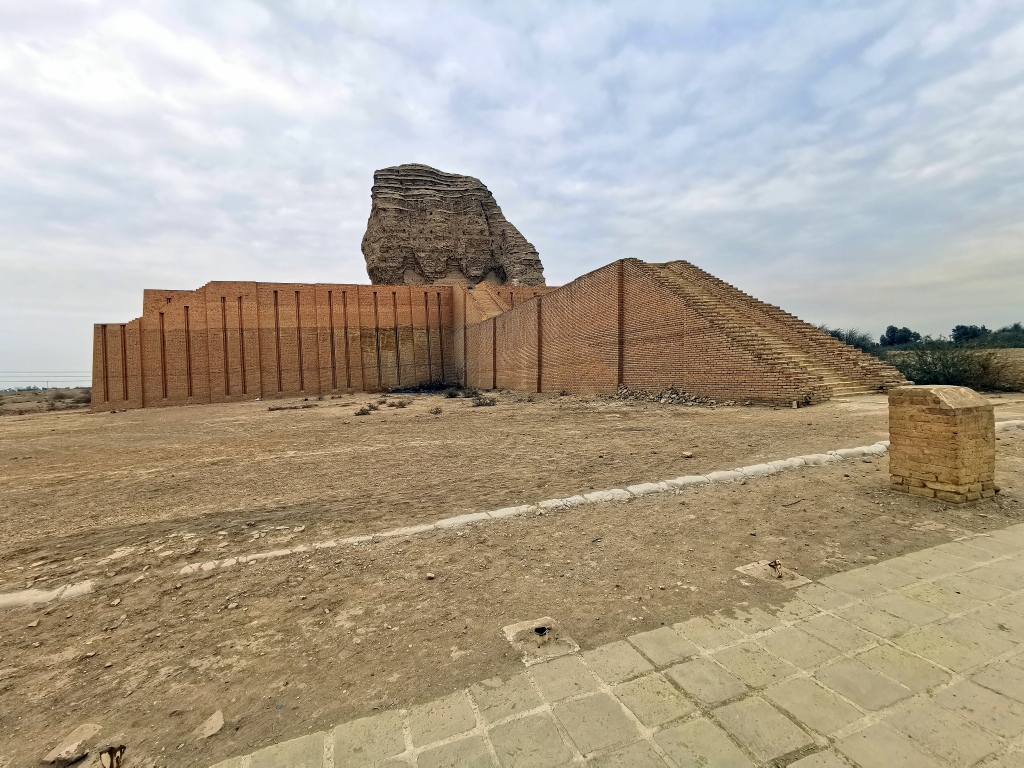
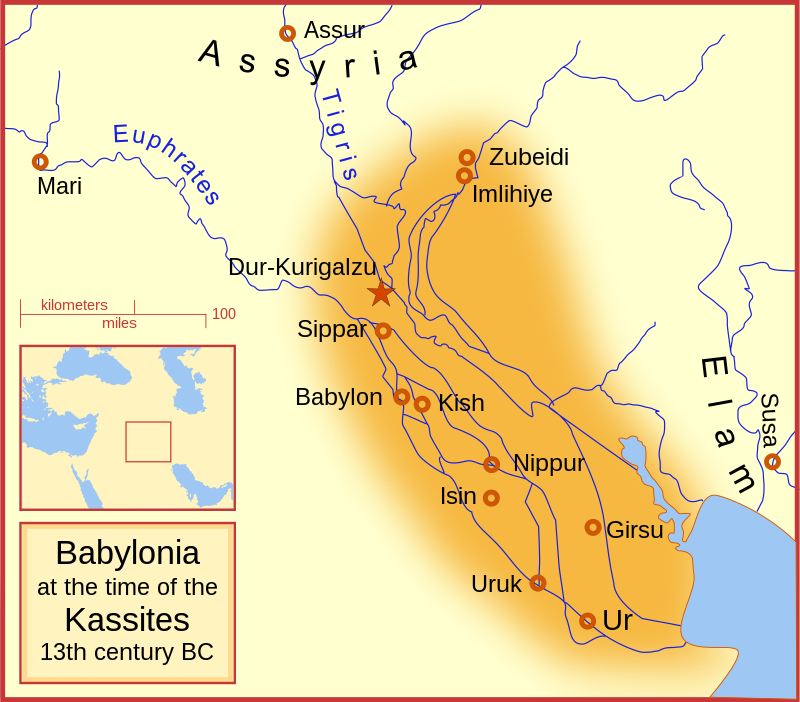
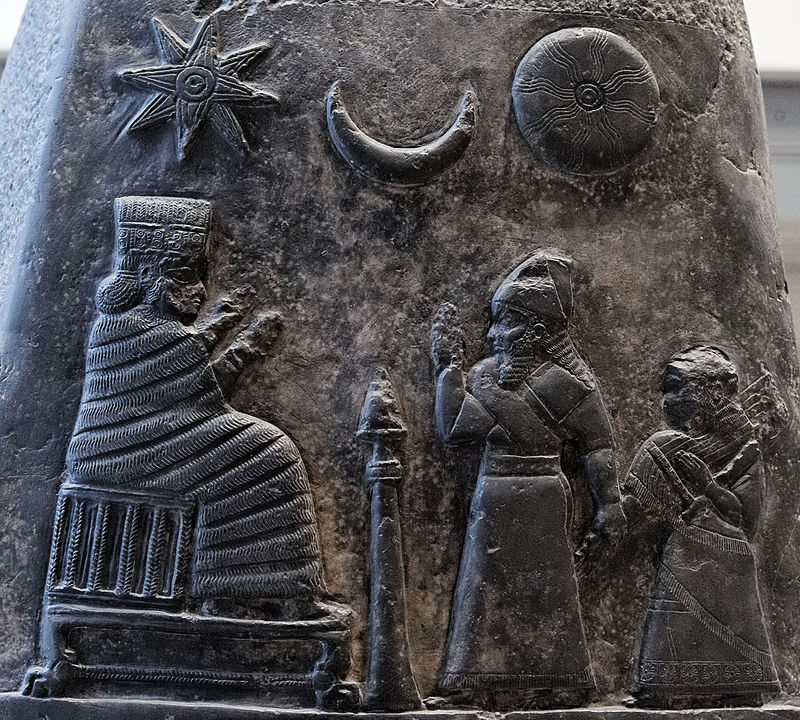
The Kassite king of Babylonia Meli-Shipak II (1186-1172) on a kudurru (boundary stone)
And indisputably, the Iranian plateau, South Balkans, and the Horn of Africa constituted the fringes of the great Oriental Empires of the 2nd millennium BCE where the then world’s most advanced civilizations flourished. Indicatively, Kerma in Sudan (earlier an independent Cushitic kingdom but incorporated in Kemet / Egypt during the 2nd half of the 2nd millennium BCE) was more important than Mycenae and Dur Untash (presently Chogha Zanbil) was more important than Troy.
About Chogha Zanbil:
https://ru.wikipedia.org/wiki/Дур-Унташ
https://en.wikipedia.org/wiki/Chogha_Zanbil
https://ru.wikipedia.org/wiki/Эламская_мифология
https://ru.wikipedia.org/wiki/Зиккурат
https://ru.wikipedia.org/wiki/Унташ-Напириша
https://en.wikipedia.org/wiki/Inshushinak
https://en.wikipedia.org/wiki/Untash-Napirisha
https://en.wikipedia.org/wiki/Ziggurat
About Kerma:
https://ru.wikipedia.org/wiki/Керма_(городище)
https://ru.wikipedia.org/wiki/Керма_(царство)
https://en.wikipedia.org/wiki/Kerma
https://en.wikipedia.org/wiki/Kerma_culture
https://www.biblio.com/book/kerma-kingdom-kush-2500-1500-bc/d/1394529885?sscid=51k7_ac92d
Kerma and Egypt: The Significance of the Monumental Buildings Kerma I, II, and XI
https://www.jstor.org/stable/40000957
История древней Африки и Южной Аравии
https://civilka.ru/afrika/afrika.html
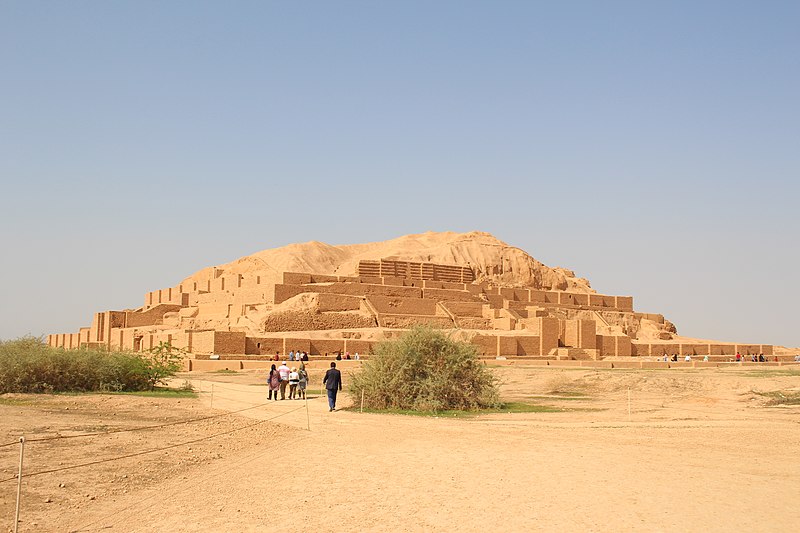
The Elamite zikkurat at Chogha Zanbil (30 SE of Susa in SW Iran) was known as Dur Untash in the Antiquity (after its Assyrian name); dedicated to the Elamite god Inshushinak and built by the Elamite king Untash Napirisha around 1300 BCE, it was the epicenter of the religious capital of Elam (which was called Haltamti in Elamite).

The name of the Elamite king Untash Napirisha written on an axe.
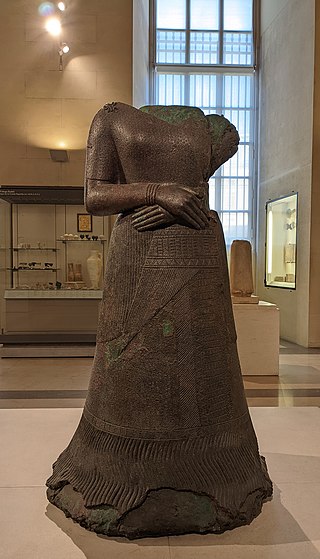
Statue of Napir-Asu, wife of the Elamite king Untash Napirisha, in Louvre Museum
The worst deficiency in the authors’ research, documentation collection, and study is the lack of consideration of Ancient Egyptian sources pertaining to the fact that they examine. Yet, there is a vast documentation in Egyptian hieroglyphics about the great variety of peoples and nations that lived in Western Anatolia and in the islands of the Anatolian and the Eastern Mediterranean seas.
Рамсес III — последний великий правитель Древнего Египта
https://diletant.media/articles/45279028/
http://www.hrono.ru/biograf/bio_r/ramses3.php
https://ru.wikipedia.org/wiki/Рамсес_III
https://ru.wikipedia.org/wiki/Мединет-Абу
https://web.archive.org/web/19970605022021/http://www.oi.uchicago.edu/OI/PROJ/EPI/Epigraphic.html
https://en.wikipedia.org/wiki/Ramesses_III
https://www.inside-egypt.com/the-temple-of-medinet-habu.html
https://en.wikipedia.org/wiki/Medinet_Habu
https://en.wikipedia.org/wiki/Mortuary_Temple_of_Ramesses_III
https://en.wikipedia.org/wiki/Philistines#Etymology
https://en.wikipedia.org/wiki/Denyen
https://en.wikipedia.org/wiki/Sherden
https://en.wikipedia.org/wiki/Meshwesh
https://en.wikipedia.org/wiki/Tjeker
https://en.wikipedia.org/wiki/Shekelesh
https://ru.wikipedia.org/wiki/Кафторим
https://ru.wikipedia.org/wiki/Ливийцы_(древние)
https://ru.wikipedia.org/wiki/Техену
https://ru.wikipedia.org/wiki/Мешвеш
https://ru.wikipedia.org/wiki/Тевкры
https://ru.wikipedia.org/wiki/Пеласги#Филистимляне_и/или_«народы_моря»
https://ru.wikipedia.org/wiki/Шекелеш
https://ru.wikipedia.org/wiki/Шерданы
https://ru.wikipedia.org/wiki/Данайцы#Ранние_контакты_с_египтянами
https://ru.wikipedia.org/wiki/Ахейцы#Аххиява
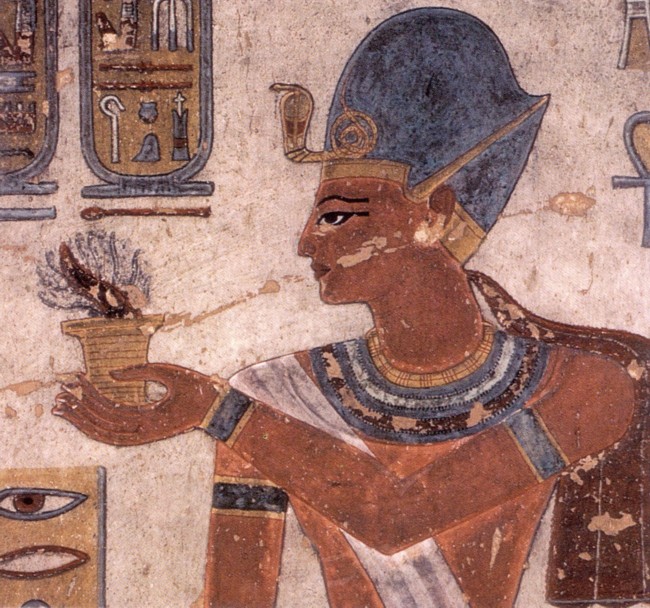
Ramses III offers incense; wall-painting from Ramses III’s tomb (KV11)
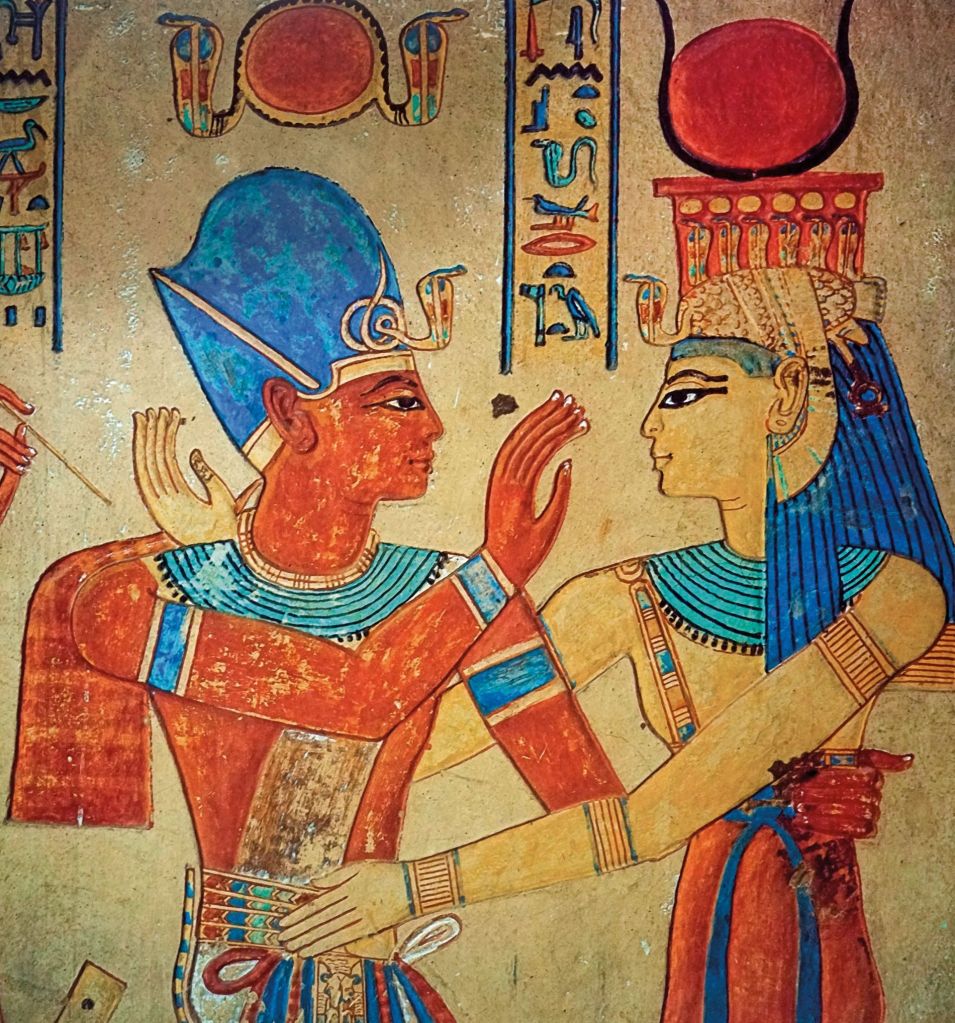
Isis and Ramses III as depicted on a wall painting of the tomb of Prince Amun-her-khepeshef

The mortuary temple of Ramses III at Medinet Habu (Luxor West); many walls and columns were used for the presentation of his Annals, involving texts and bas-reliefs.

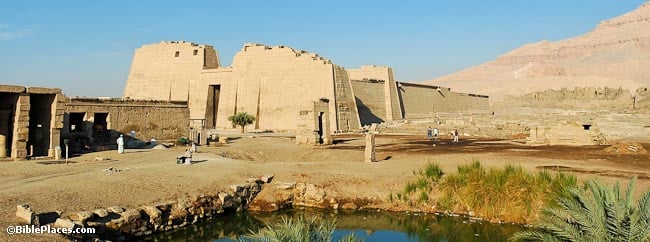
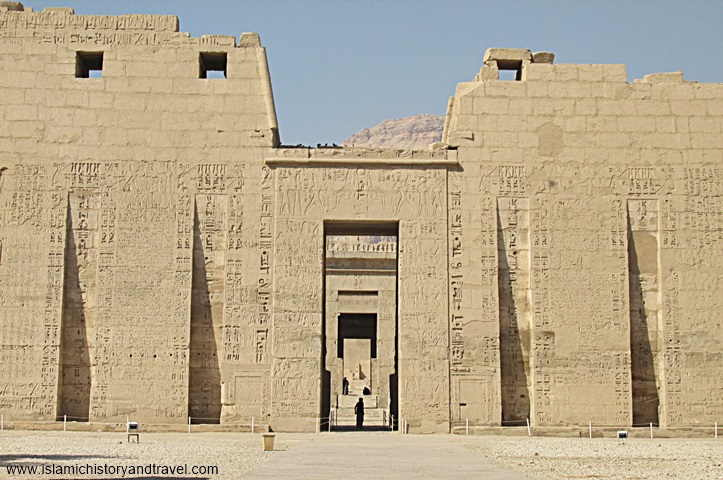
The first pylon
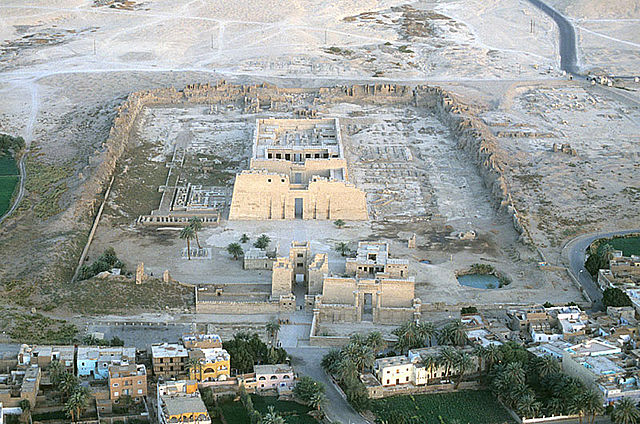
Aerial view
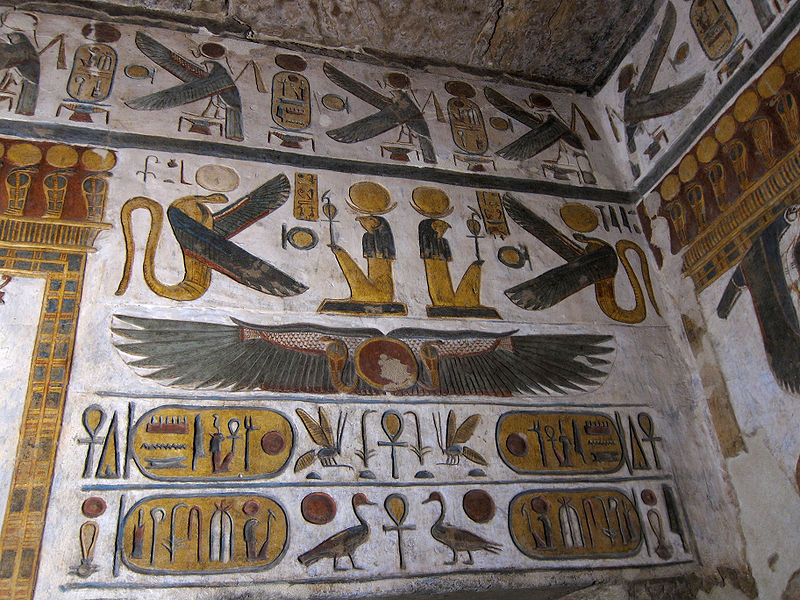
Ramses III’s names on the walls of the Khonsu temple at Karnak
What comes as an even worse outcome of the lack of study of Ancient Egyptian, Assyrian Babylonian, and Ugaritic Canaanite cuneiform historical sources by the authors is the fact that the associated documentation relates to another event far more important than the Trojan War that the authors totally ignore, namely the invasions of the Sea Peoples.
https://ru.wikipedia.org/wiki/Народы_моря
https://ru.wikipedia.org/wiki/Девять_луков
«Девять Луков»: Египет и окружающий мир. Часть I.
https://victorsolkin.livejournal.com/47096.html
Битвы с народами моря
https://all-generals.ru/index.php?id=1473
https://scientificrussia.ru/articles/byli-li-narody-moria
Почему могущественные хетты покинули свою столицу
https://nplus1.ru/material/2023/02/08/the-end-of-hattusa
https://en.wikipedia.org/wiki/Sea_Peoples
https://en.wikipedia.org/wiki/Nine_bows
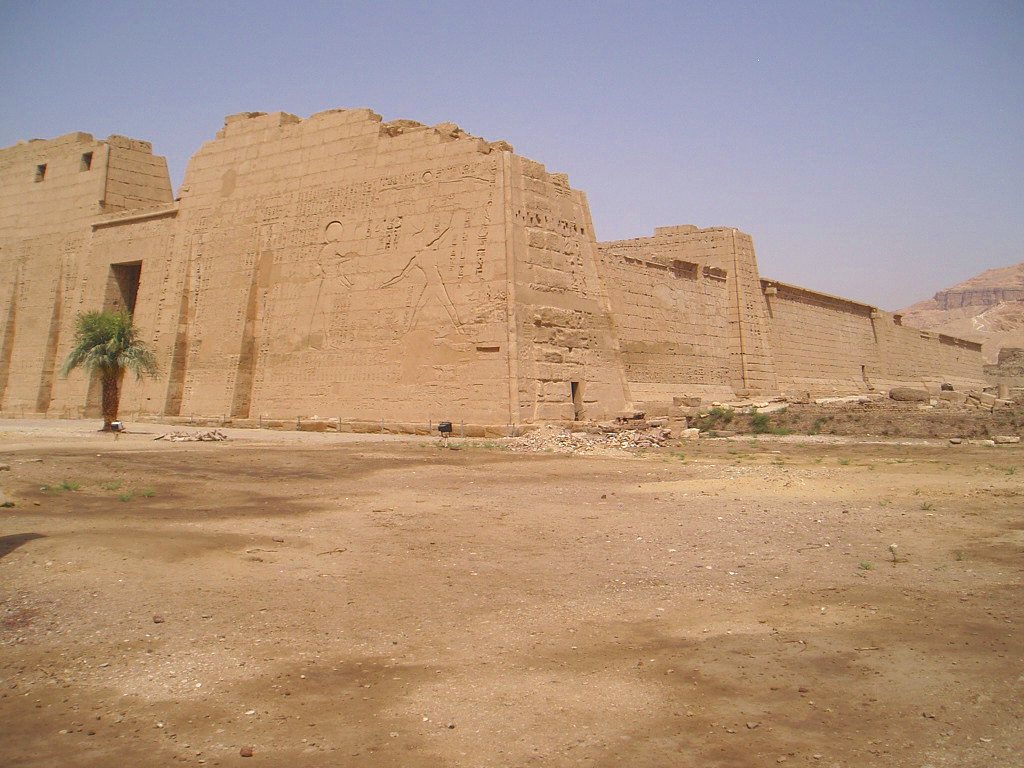

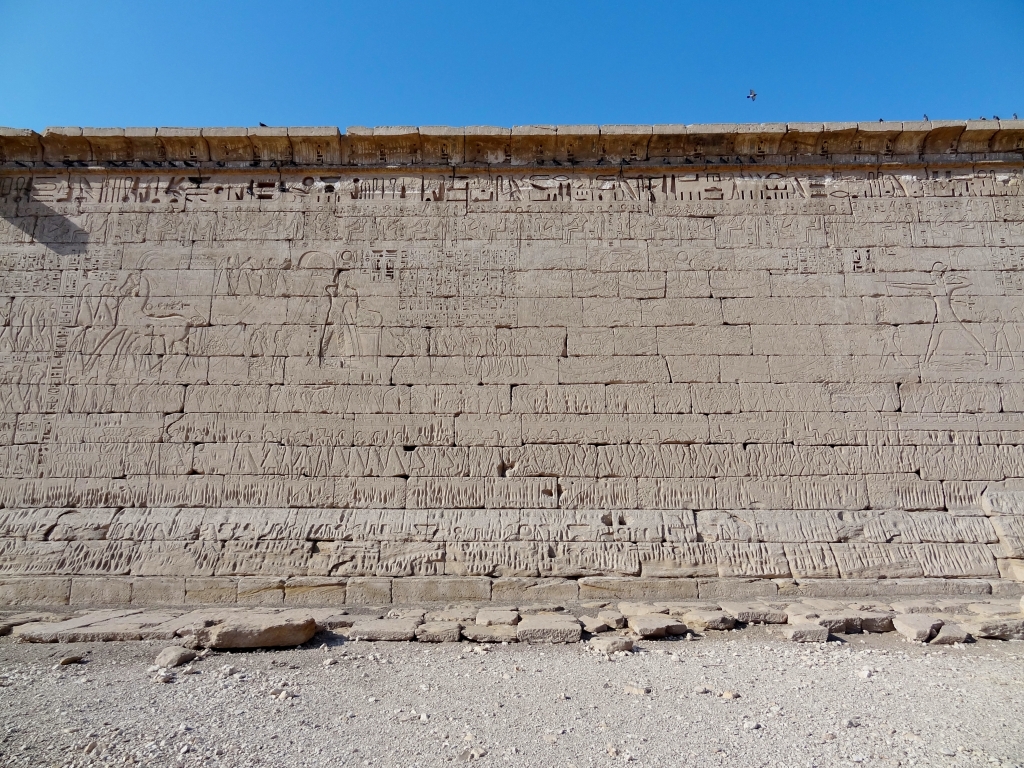
This situation generates an enormous contrast of which the authors are unaware: we have historical (: contemporaneous) sources for a major event, whereas we have only posterior, mythological and literary sources for a minor, and in any case ambiguous and controversial, fact. This situation, in and by itself, concludes the case of the entire literature about the Trojan War; yet the authors of this book know nothing about it.
As a matter of fact, the invasions of the Sea Peoples determined the World History.
Contrarily, the Trojan War is a historically insignificant circumstance that impacted first, the imagination of people many hundreds of years after it happened and second, the delusion of present day European and Greek racists, chauvinists, revisionists and extremists, who want to rewrite World History as per the false narrative of an otherwise obscure figure, namely Homer. That’s why they take his controversial narratives at face value whereas the authors intelligently enough denounce them as utterly false.
So, what I want to say in brief, as regards Point I, is that the argumentation presented in this book would be much stronger and more convincing, if the authors had spent time reading Ancient Egyptian, Assyrian-Babylonian, Ugaritic-Canaanite historical sources and focused more on Hittite historical documentation.
II. The Hittite imperial order and the disorderly barbarians of Western Anatolia, South Balkans, Crete and the Anatolian Sea
Second Point: lack of knowledge (let alone mention) of the Sea Peoples’ invasions
By failing to study, examine, and integrate this topic (Sea Peoples’ invasions) in their research, the authors did not simply omit one of the most important worldwide events of the 2nd half of the 2nd millennium BCE. They mainly proved to be unable to correlate the two events which were linked to one another in terms of cause and effect; this is so because the Trojan War (and by using the term, I don’t mean Homer’s narrative but the original fact of which the Homeric epic was certainly an intentional distortion) triggered the invasions of the Sea Peoples.
I expanded on the topic twice back in the early 1990s; in my speech in the Second International Congress (1991), I presented in French the topic: “The Sea Peoples and the End of the Mycenaean World”:
Les Peuples de la Mer et la Fin du Monde Mycénien. Essai de Synthèse Historique
Atti e Memorie del Secondo Congresso Internazionale di Micenologia (Roma-Napoli, 14-20 Ottobre 1991); (published by the Gruppo Editoriale Internazionale, Roma, 1996) My speech is available online here:
Then, in the academic periodical JOAS, I published (in 1994) a comprehensive contextualization of the invasions of the Sea Peoples; the article was written in Greek:
Η Ευρύτερη Περιοχή της Ανατολικής Μεσογείου κατά τον 13ο και τον 12ο Αιώνα και οι Λαοί της Θάλασσας (The wider region of Eastern Mediterranean during the 13th and the 12th c. and the Sea Peoples)
Journal of Oriental and African Studies, vol. 6 (1994), p. 1-50 (with French résumé)

Ramses III smiting Sea Peoples in front of god Amun: reliefs and texts on the pylon of the Medinet Habu temple (Luxor West)
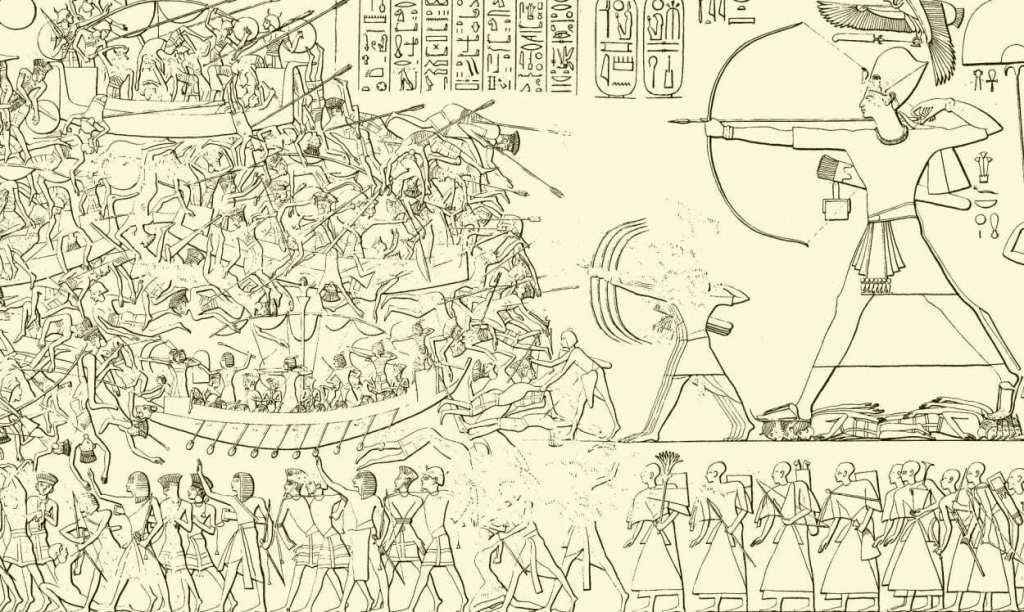
Representation of one of the battles that Ramses III had to deliver to vanquish and disperse the barbarian Sea Peoples; bas-reliefs and texts from the northern side of the outer wall of the temple at Medinet Habu
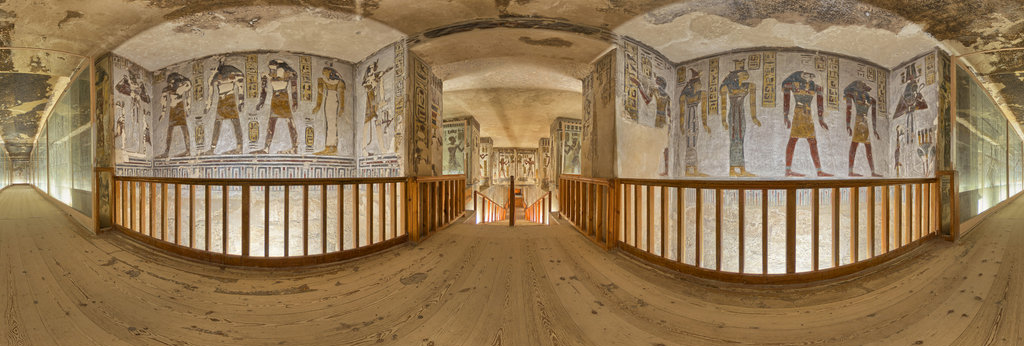
Ramses III’s tomb
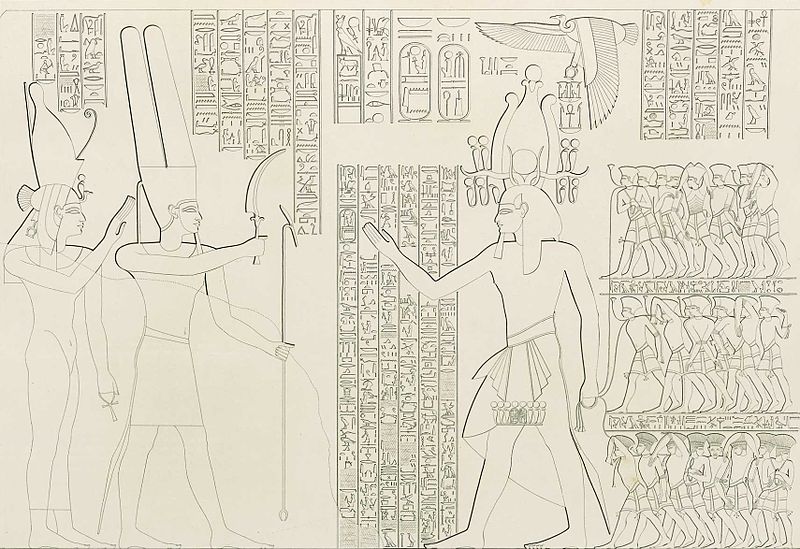
Ramses III held Sea Peoples captives celebrates his victory in front of Amun and Maat, who was the Ancient Egyptian representation of the Divine Order against which the disorderly barbarians had rebelled; from the second pylon of the Medinet Habu temple
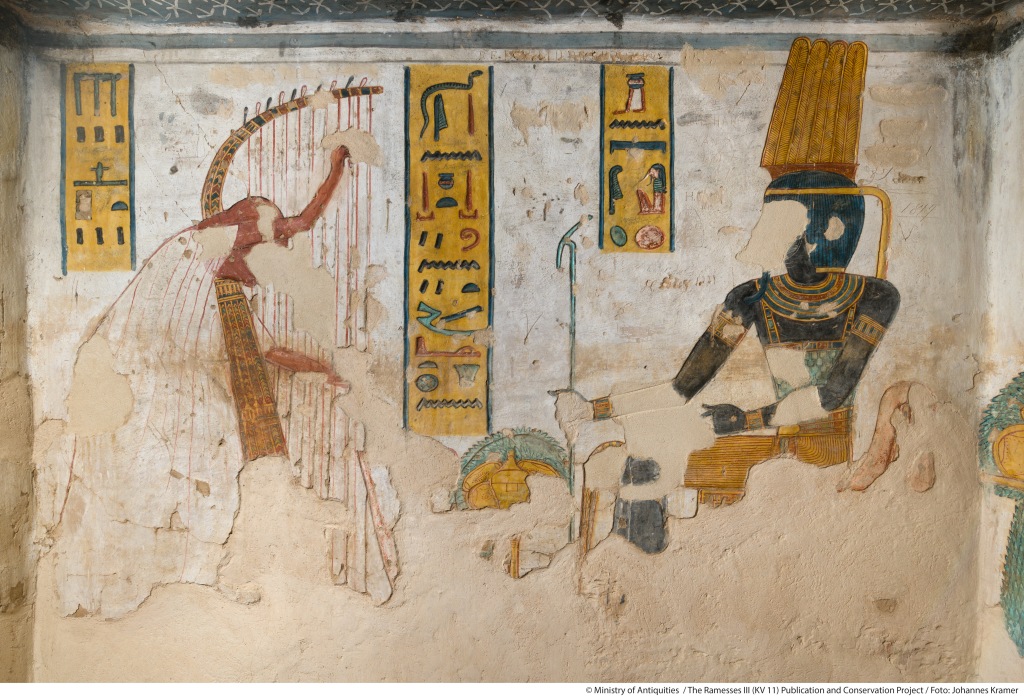
The preservation of the Universal Harmony and the Divine Order was the spiritual aspect and ultimate target of Ramses III’s battles against and victory over the Sea Peoples; this is particularly demonstrated in his tomb at the Kings’ Valley (Western Thebes: KV11) where in two panels an harper is depicted at work, in front of first, Onuris-Shu (a pre-creational aspect of the Divine, which through war brings Order instead of disorder and chaos/above) and second, Shu-Son of Ra (conceptualization of an aspect of the Divine that establishes analogies of energy and action between the pre-creational chaos and the creational order/below). In other words, the irrevocable victory of Ramses III over the chaotic and barbarian elements (: the Sea Peoples) was undeniably of cosmic consequences.
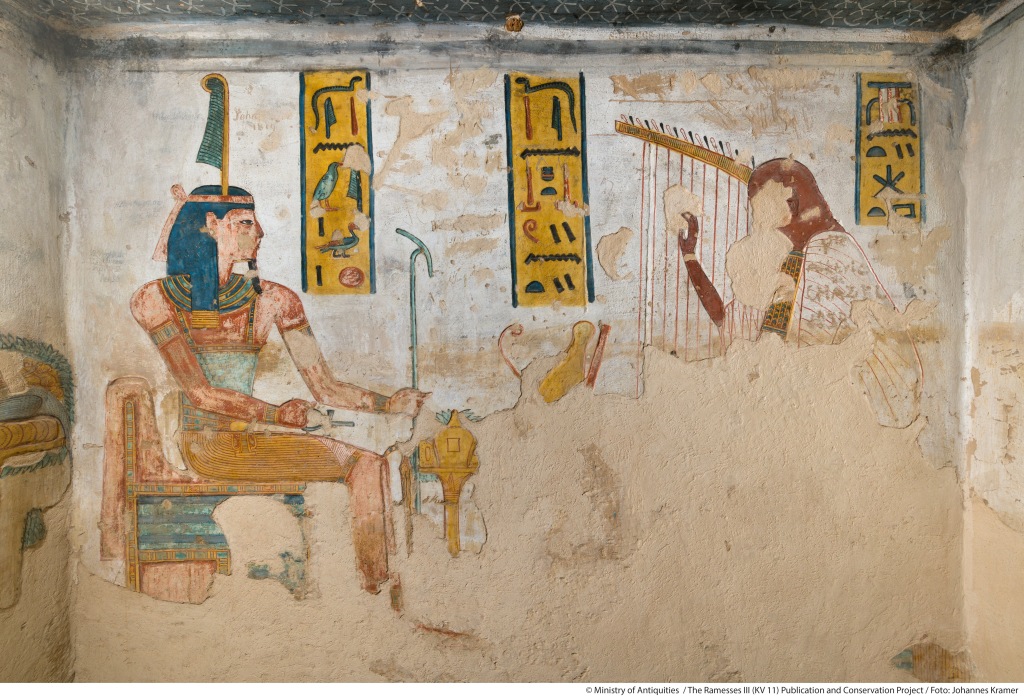
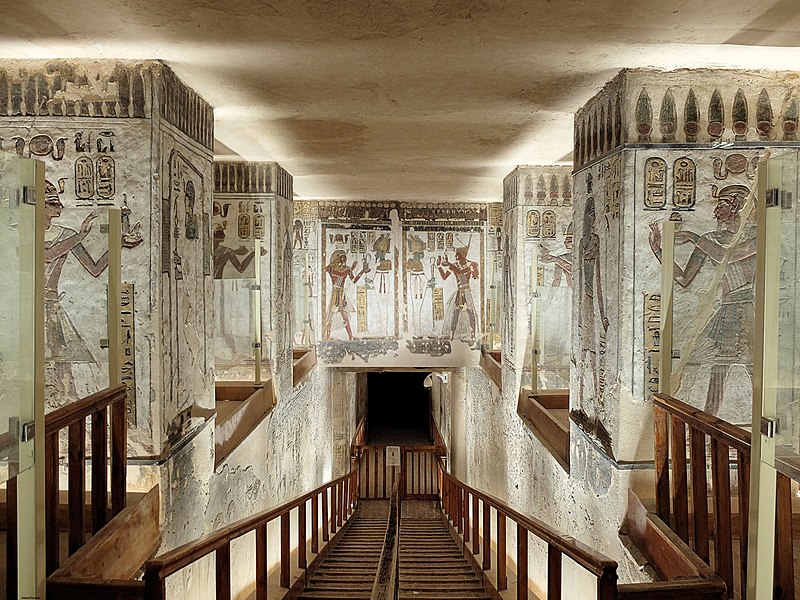
KV11: the tomb of Ramses III

Detail from the wall paintings
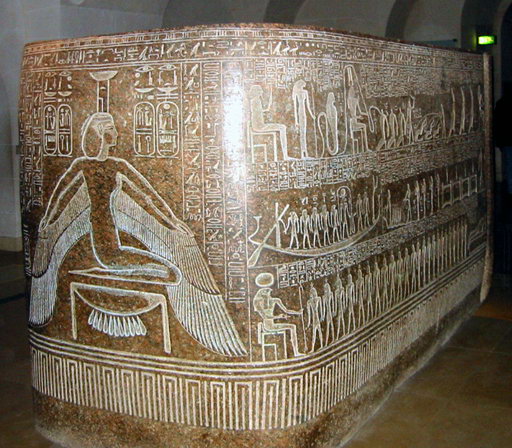
Red granite sarcophagus of Ramses III (Louvre)
In brief, I will now describe the sequence of the historical developments that took place at the time, pinpointing the most determinant situations and facts.
I- There were no ‘Greeks’ in the wider region of South Balkans, Anatolian Sea, Western Anatolia, Crete, and Cyprus, during the 3rd or 2nd millennium BCE; there were many different nations of indigenous (Anatolian and Balkan), Semitic, and Hamitic (‘Libyan’/Berber) backgrounds. And there were few Indo-European invaders (the Achaeans). So, the term ‘Greek’ is mistaken, if not distorted. This is so because the Achaeans constituted only one of the Ancient Greek tribes.
II- The establishment of a powerful imperial capital in Hattusha, at the center of the Anatolian plateau, generated several reactions among the diverse populations that lived in the Eastern (Hayasa, Azzi, Ishuwa), Northern (Kashka) and Western (Masa, Wilusa, Seha, Arzawa, Lukka) confines of Anatolia, because these regions were inhabited by barbarian, disparate and disorderly elements that did not want to accept the imperial order. This is a constantly encountered topic in the historical sources of the Hittites.
https://ru.wikipedia.org/wiki/Ишува#Хеттский_период
https://en.wikipedia.org/wiki/Seha_River_Land
https://en.wikipedia.org/wiki/Ancient_regions_of_Anatolia
https://en.wikipedia.org/wiki/Hapalla
https://ru.wikipedia.org/wiki/Киццуватна
https://ru.wikipedia.org/wiki/Каски_(народ)
III- The Hittite Empire was a multiethnic empire with several official languages and writings; there was one imperial religion and several local spiritual variants; this already means that there were several nations that wholeheartedly contributed to the imperial rise of Anatolia (Hittites/Nasili, Hatti, Luwians, Pala) and other ethnic groups or tribes that escaped the imperial order. Southern provinces (Kizzuwatna, Tarhuntassa, and even the Amurru/Amorrites in today’s NW Syria) accepted the imperial more easily.
IV- The indigenous populations of the Western confines (the term ‘Lukka’ covers a great number of tribes) rebelled quite often, notably when the Hittite armies were engaged in the empire’s most important war fronts opposite the Hurrians of the Mitanni Empire (and after the middle of the 13th c. the Assyrians) and the Egyptians in the territory of today’s S-SE Turkey and NW Syria.
V- The indigenous populations of the South Balkans seem to have been of the same ethnic and cultural background as the indigenous Anatolian Lukka and therefore allied with them. They were called ‘Peleset’ in Ancient Egyptian texts; this term is identical to the Pelasgians as mentioned (or rather mythologized) in the posterior sources of the 1st millennium BCE Ancient Greeks.
VI- Populations of diverse ethnic and cultural backgrounds inhabited Crete, Alasia (Cyprus) and the islands of the Anatolian Sea; this is not only highlighted by the numerous names of peoples and ethnic groups that the Ancient Egyptian sources mention with respect to this region, but it is also evidenced by the existence of many different, hitherto undeciphered, writings that have been unearthed in the periphery in question: Linear A, the so-called ‘Cretan’ hieroglyphic writing, another ‘Cretan’ hieroglyphic writing, the ‘Eteocretan’ alphabet, the Phaistos disc writing, the so-called Cypro-Minoan syllabary, and the Cypriot syllabary; all of them antedate the Linear B, which was the (already deciphered in the early 1950s) writing system of the 2nd millennium BCE Achaeans. Archaeological findings (many different small palaces in those islands) and interdisciplinary discoveries of historico-religious nature (reference to the ‘Horus of Kaeftiu’ made in Ancient Egyptian inscriptions) bear witness to why the Ancient Egyptians used also the collective description ‘Nine Bows’ for this region where African Berbers, Anatolian Luwians, Semitic Canaanites, and Egyptians were amalgamated with indigenous Peleset/Pelasgians. There were many tiny kingdoms and no centralized authority with some ethnic groups being spiritually and culturally guided from Egypt, and others from Anatolia, Canaan and Libya. About:
https://ru.wikipedia.org/wiki/Эгейское_письмо
https://en.wikipedia.org/wiki/Linear_A
https://ru.wikipedia.org/wiki/Линейное_письмо_А
https://en.wikipedia.org/wiki/Cretan_hieroglyphs
https://ru.wikipedia.org/wiki/Критские_иероглифы
https://en.wikipedia.org/wiki/Eteocretan_language
https://ru.wikipedia.org/wiki/Этеокипрский_язык
https://en.wikipedia.org/wiki/Phaistos_Disc
h ttps://ru.wikipedia.org/wiki/Фестский_диск
https://en.wikipedia.org/wiki/Cypro-Minoan_syllabary
https://ru.wikipedia.org/wiki/Кипро-минойское_письмо
https://ru.wikipedia.org/wiki/Кипрское_письмо
https://en.wikipedia.org/wiki/Cypriot_syllabary
http://www.cyprusexplorer.globalfolio.net/rus/history/writing/rossi-writing/index.php
VII- The Ahhiyawa (Achaeans or Achaians) were a rude foreigner invader in the South Balkans, and as such they were reviled by the indigenous Pelasgians/Peleset and their Lukka allies, who constituted the outright majority of the local population. The Hittite – Achaean linguistic proximity suggests a conceptual kinship with the Hittites; however, one has to notice that the tremendous difference is that the Indo-European Hittites managed to impose an imperial authority in the central plateau of Anatolia and thus become a major power of the then known world, whereas their Achaeans relatives in South Balkans were always divided in many small and instable kingdoms that were overwhelmingly but rightfully loathed by the subjugated local populations, namely the Pelasgians/Peleset.
VIII. The rise in force of the Hittites in the Oriental chessboard (particularly after the sack of Babylon by Mursili I at the very beginning of the 16th c. BCE) coincides with the liberation of Kemet/Egypt from the Hyksos barbarians and the foundation of the 18th dynasty of Egypt, which brought about a period of incessant rivalries among the major powers and alliances of the then known world, namely the Hittites, Assyria, and Elam against the Hurrians (Mitanni kingdom), Cassite Babylonia, and Egypt. It is during that period that the Achaeans, always as allies of the Hittites, seem to prevail in the South Balkans, the Anatolian Sea, and Crete.
https://cyberleninka.ru/article/n/venus-and-the-hittite-sack-of-babylon
https://ru.wikipedia.org/wiki/Мурсили_I
https://en.wikipedia.org/wiki/Mursili_I
IX. With the focus of the Hittite military machine made on the East and mainly opposite the Hurrians and the Egyptians, the Hattusha-based Emperors needed their Achaean allies in the West to take the initiative and secure the local order throughout the South Balkans, the Anatolia Sea, Crete, and the western confines of Anatolia. For this to be done, the Ahhiyawa had to establish (which they did) settlements in the Anatolian coastland in order to intervene in favor of their Hittite allies every time a Lukka rebel would cause instability. It was clear that Hattusha did not have enough soldiers to transfer to a second front when all the stakes were placed on Amurru, i.e. today’s Syria’s northwestern provinces where the major battles used to take place at the time (notably the famous Battle of Kadesh).
https://ru.wikipedia.org/wiki/Битва_при_Кадеше
https://en.wikipedia.org/wiki/Battle_of_Kadesh
https://ru.wikipedia.org/wiki/Египетско-хеттский_мирный_договор
https://en.wikipedia.org/wiki/Egyptian%E2%80%93Hittite_peace_treaty
https://en.wikipedia.org/wiki/Amurru_kingdom
https://ru.wikipedia.org/wiki/Амурру
X. The disorderly forces of Western Anatolia, South Balkans, Crete and the Anatolian Sea were in a position to control several maritime trade routes, particularly after making an agreement with Egypt, at the detriment of the Hittites and their Achaean allies. At this point, I have to state that, although it is plausible and reasonable to identify the ‘king of Ahhiyawa with the Achaean ruler of Mycenae, this cannot be conclusively accepted, as long as we don’t find the name of the Ahhiyawa capital in Hittite sources. Ancient Egyptian texts mention many cities in the region in question, but in the Boğazköy (Hattusha) Archives, we attest only a few, notably Miletus and Ephesus. And it is quite clear that there was never a major Achaean kingdom in the wider area; quite contrarily, and according to the posterior descriptions of the Homeric epics, there were many petty kings and tribal chieftains in those narrow valleys and constricted plains in-between the south-Balkan mountains. All the same, for the time being, we have to content ourselves with the assumption that the imperial Hittite documents refer merely to the most important among all these trivial warlords. About:
https://ru.wikipedia.org/wiki/Богазкёйский_архив
https://en.wikipedia.org/wiki/Bogazk%C3%B6y_Archive
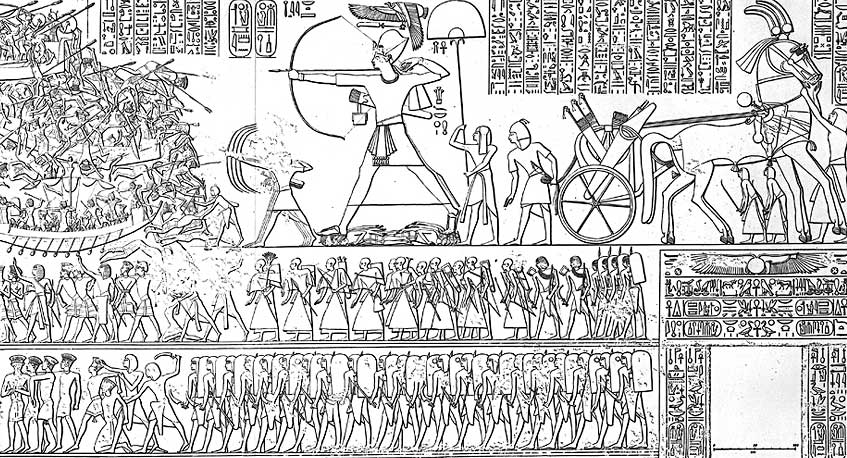
From the northern side of the outer wall of the Medinet Habu temple

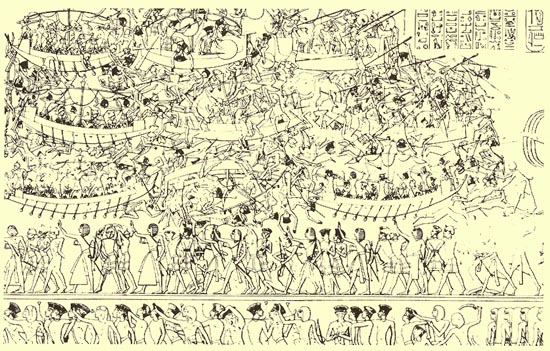
The naval battle
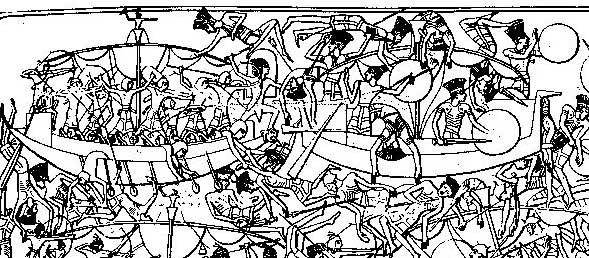
An Egyptian ship attacks a Peleset (Pelasgian-Philistine-Palestinian) ship
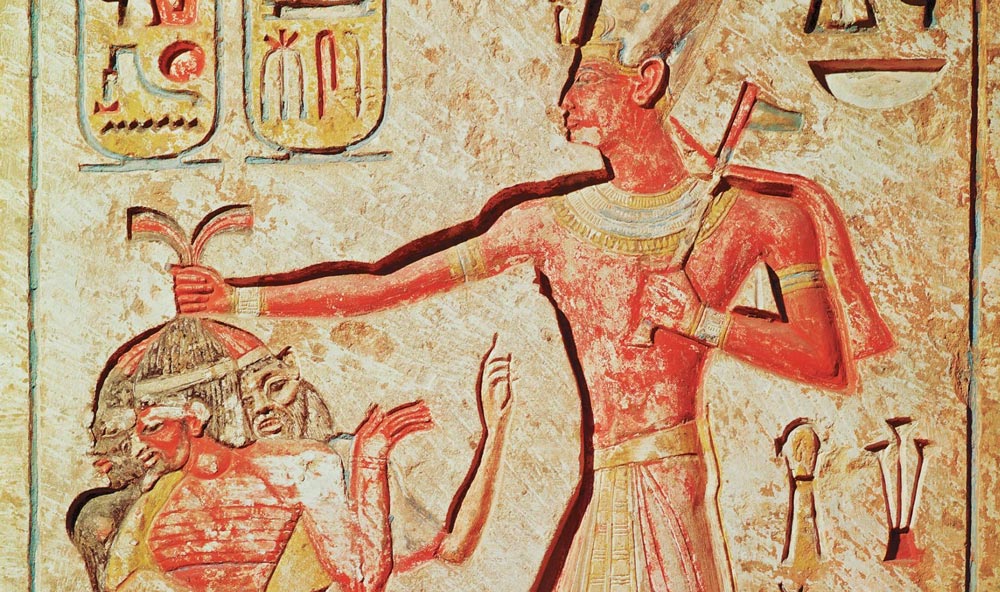
III. The Sea Peoples’ invasions as a determinant historical fact and the Trojan War as a worthless falsehood
XI. The urgent demand of the Hittite Emperor addressed to the Ahhiyawa king concerned a badly needed Achaean intervention in Western Anatolia against the rebelled forces of the Lukka and their allies. This means that the Anatolian Empire was being financially asphyxiated because of the Lukka-Egypt commercial alliance. Wilusha (Ilion) and Taruisha (or Taruiyah/Troy) was a critical part of the Lukka confederation. It is to be noted that all the disorderly elements have customarily been regrouped in confederations, avoiding the establishment of a unified and unitary empire. It is therefore clear that it is this Achaean intervention in Western Anatolia that was later mythologized as Trojan War; although undertaken for the benefit of the Emperor at Hattusha, the epic literature later developed around the military campaign did not mention the Hittites anymore, because soon after an initial Achaean success, the disaster fell on both, the Hittites and the Achaeans. The troublesome situation appears clearly in-between the lines of the Hittite treaty between Muwattalli II and Alakšandu (Alakshandus) of Wiluša (Ilion). From this Anatolian Luwian origin name originates the well-known Macedonian and Greek name Alexandros, which was the true name of Paris, prince of Troy, according to the Homeric epics. However, it is improbable to identify the historical ruler of Ilion with the mythological person to whom so many extraordinary and dubious stories have been attributed in the myth. About:
https://ru.wikipedia.org/wiki/Алаксандус
https://www.britishmuseum.org/collection/object/W_1913-1011-22
https://en.wikipedia.org/wiki/Alaksandu
https://en.wikipedia.org/wiki/Apaliunas
Отвергнутый бог: Аполлон от греков и до наших дней
https://cyberleninka.ru/article/n/otvergnutyy-bog-apollon-ot-grekov-i-do-nashih-dney

Medinet Habu is also one of the Ancient Egyptian monuments that preoccupied many Egyptologists since the very dawn of Egyptology; these are some of the notes that J.-F. Champollion took with respect to the hieroglyphic inscriptions ton the right tower of the temple’s second pylon.

The Sea Peoples and their invasions by land and by sea up to Egypt where they were defeated in three successive battles by Ramses III at the end of the 13th and the beginning of the 12th c. BCE; dates of the events can vary among scholars, due to the co-existence of several chronological systems; the search for the reasons of these invasions ended up with the formulation of numerous interpretational schemes and scenarios most of which are irrelevant. This is so because many non-specialized authors wanted to advance their agendas by interpreting these events in one or another way and in the process they disregarded the existing textual documentation.
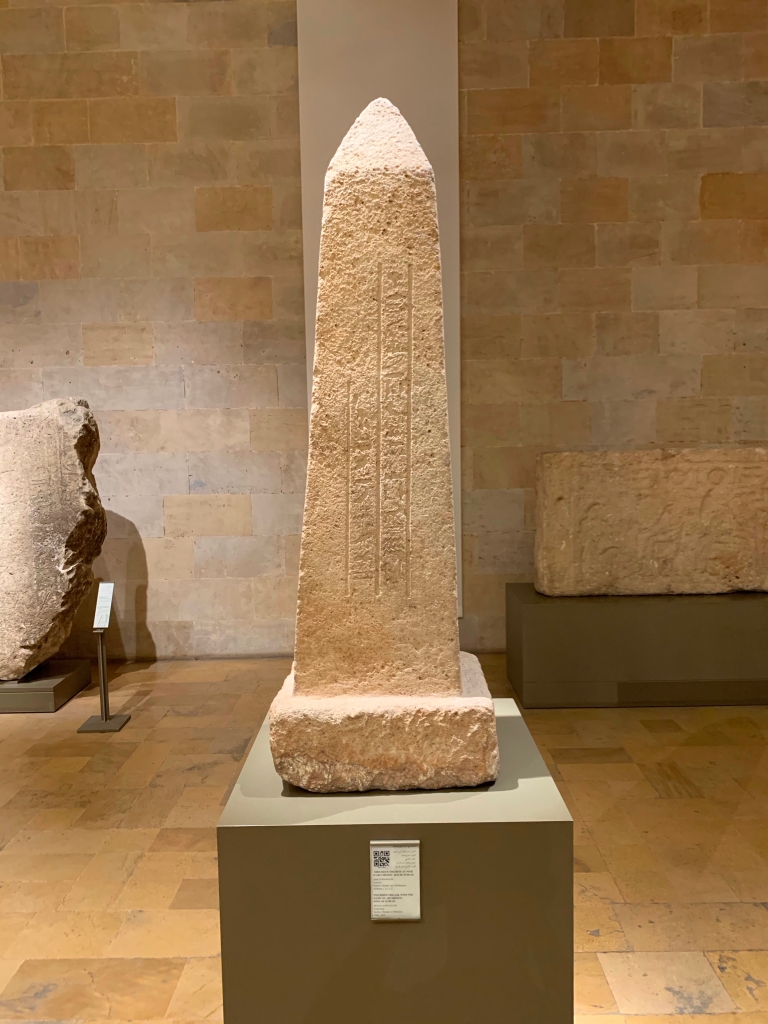
Western Anatolian Lukka mentioned in the Abishemu Obelisk from Gubla (جُبَيْل; Jubayl or Jbeil; Keben or Kebeny in Ancient Egyptian; Byblus in Ancient Greek and Latin) in Lebanon https://en.wikipedia.org/wiki/Abishemu_obelisk
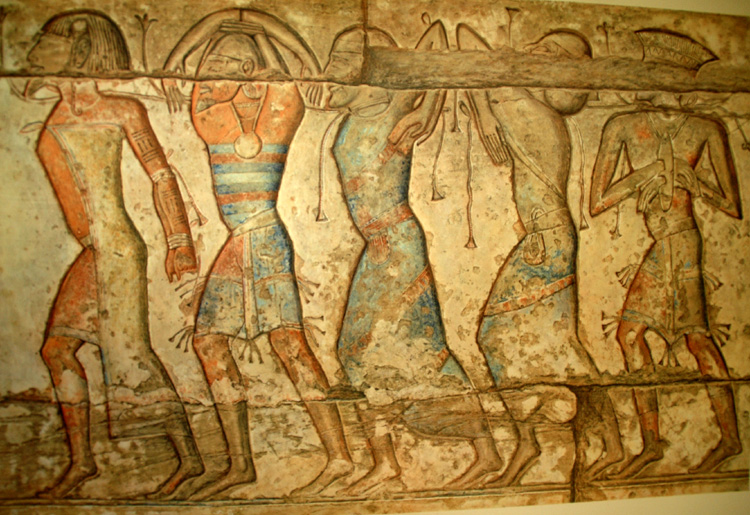
Sea Peoples held captive
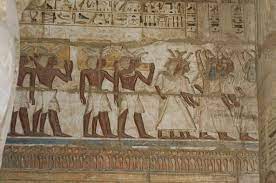
Sea Peoples depicted on the walls of the Medinet Habu Temple
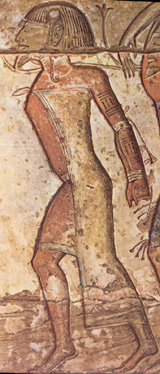
Berbers (Lebu: Libyans)

Peleset/Pelasgians/Philistines alive …

… and dead
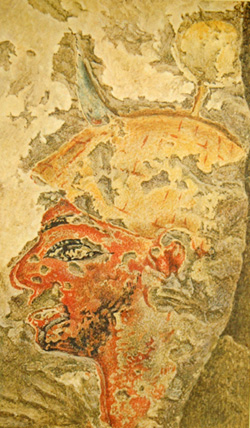
Sherden
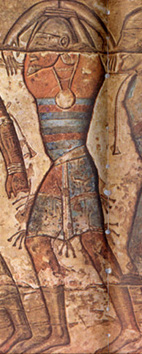
Shekelesh
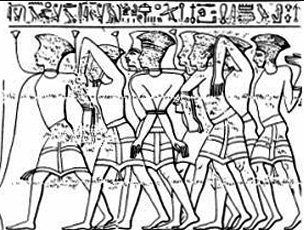
Danaans
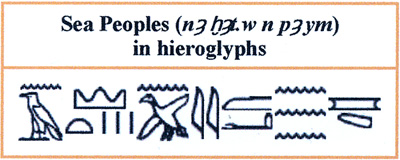
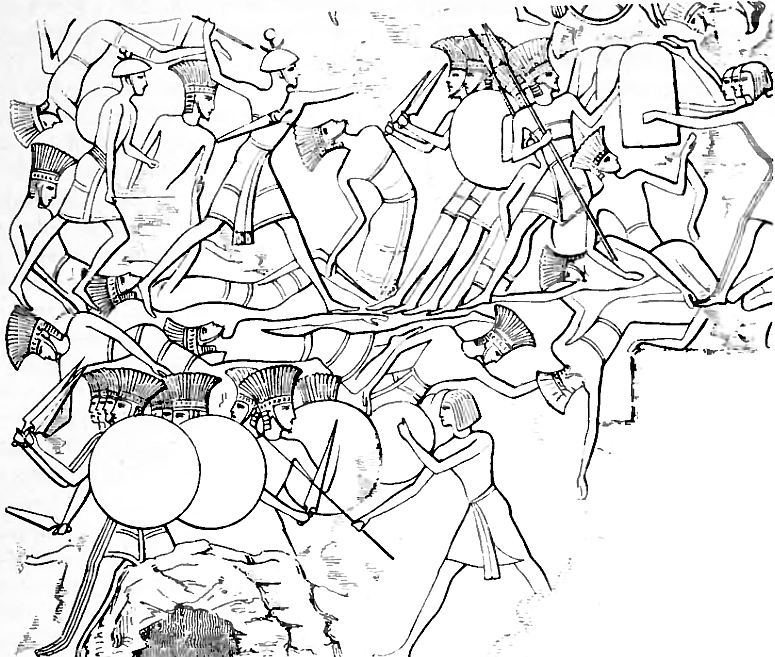
Tjeker (Teucri) and Peleset as depicted in the Annals of Ramses III
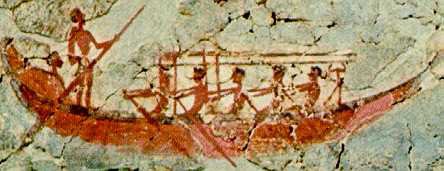
Peleset/Pelasgians/Philistines as depicted in Akrotiri, Santorini Island
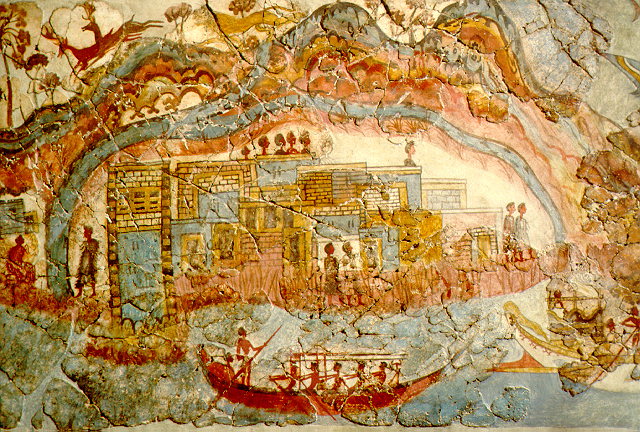

Egyptian Art from Knossos
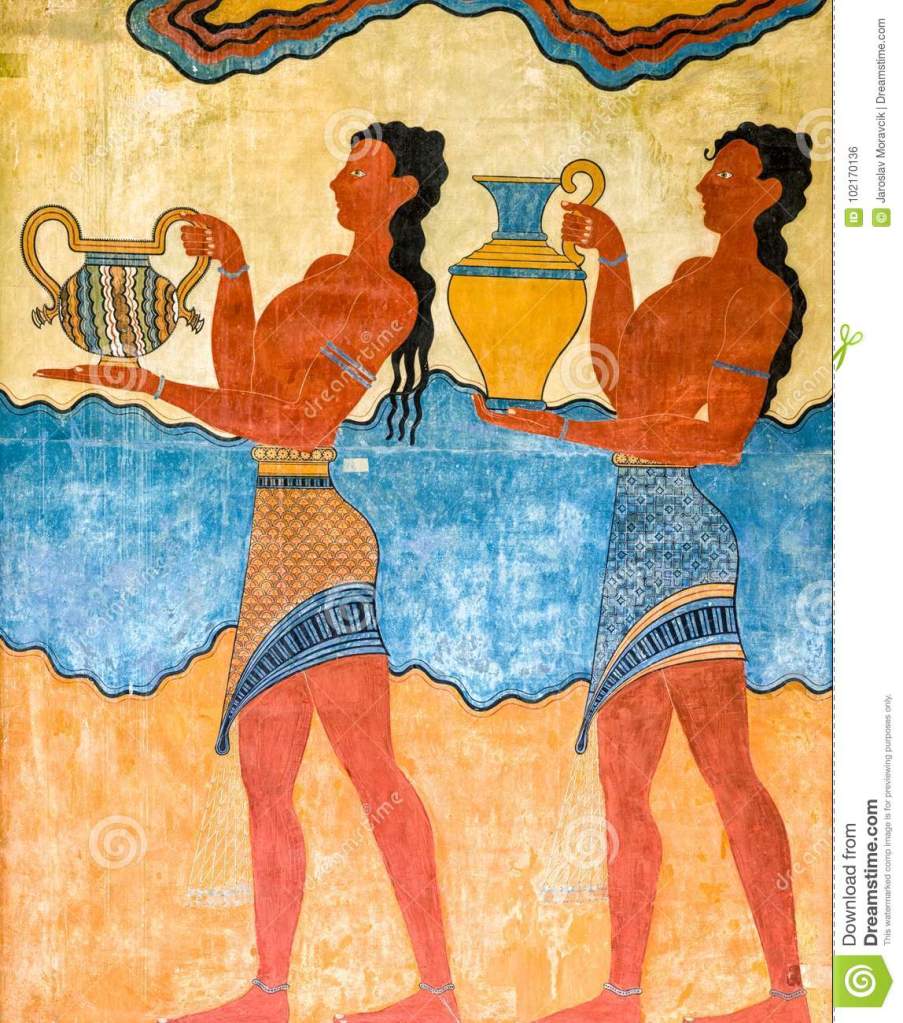
Caphtor-Keftiu-Carians, as members of the anti-Hittite Lukka alliance, depicted on the walls of the Knossos edifice, which is not a palace as many still believe. The ahistorical and absurd term ‘Minoan’ helps concealing the fact that several different ethnic-linguistic groups lived side by side in Crete in the small cities-kingdoms, which is testified by the diverse writing systems, temples, palaces, and structures of independent societies that we find in many locations. The terribly unprofessional, entirely wrong and overwhelmingly biased ‘excavations’ undertaken by the racist colonial rascal Arthur Evans (in the early 20th c.) and the extensive but purely hypothetical restorations only obscured our knowledge about 2nd millennium BCE Crete. Evans’ interminable mistakes have been revealed and denounced over the past decades. https://en.wikipedia.org/wiki/Caphtor
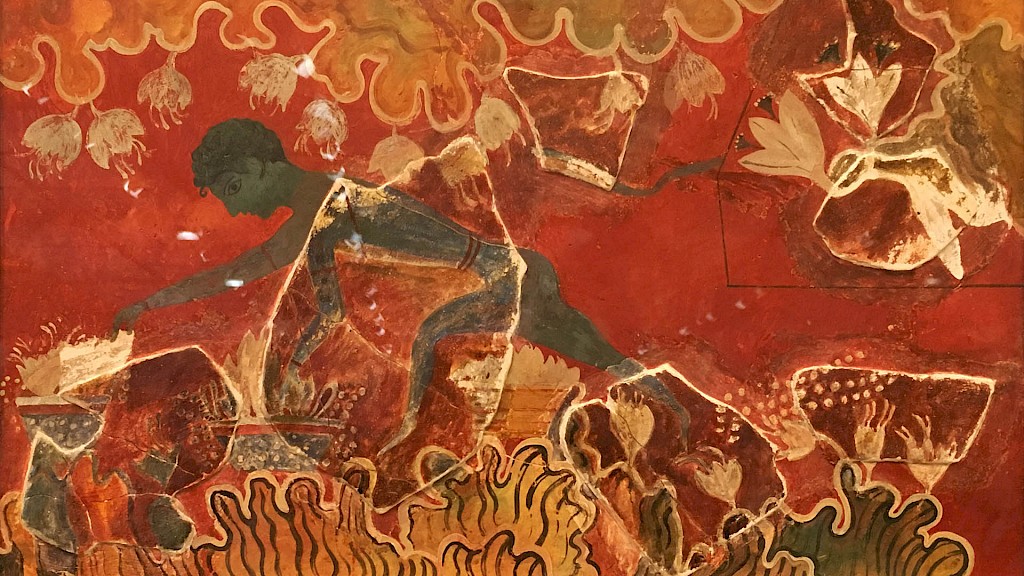
This is how idiotically Arthur Evans restored the Knossos wall painting. Below, you can see how modern scholars correct the messy and lousy work of the disreputable English colonial.
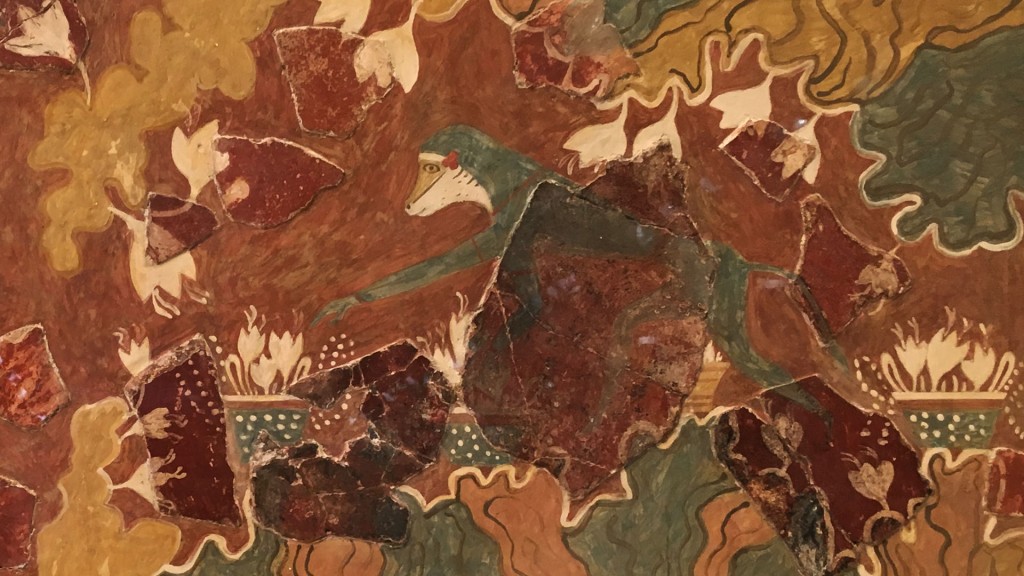
XII. Last, whatever the Trojan War may have been in the historical reality (and not in the posterior mythologization), the end result was truly calamitous for the Achaeans.
In fact, the overwhelming historical phenomenon that we call, according to the Ancient Egyptian texts, ‘Invasions of the Sea Peoples’ deleted from the surface of the Earth every remnant and every trace of Achaean kingdom. As a matter of fact, on the basis of the existing historical sources, the invasions of the Sea Peoples can be portrayed as a thunderous reaction to an earlier, antagonistic and calamitous, event (and by this I mean the Trojan War); as protracted war activities, this enormous historical development lasted about two decades and constituted the most brazen attack of Barbarity against the World Civilization. At the end, only Egypt was able to resist to their attacks, and Mesopotamia remained intact; but civilization in Hittite Anatolia, Canaan, and the Achaean fortresses collapsed. The Sea Peoples’ invasions involved the following:
a- a well-prepared ‘conspiracy’ in their lands of origin (Western Anatolia, Anatolian Sea, Crete and South Balkans): this textual reference suggests clearly that some local ethnic groups turned violently against others;
b- a series of formidable and ultimately successful rebellions against several local kingdoms that they collapsed: this only confirms the veracity of several conclusions of many specialized archaeologists according to whom the ‘Mycenaean world’ fell to pieces due to the ‘burning of the Mycenaean palaces’;
c- a precipitated attack against Hattusha and destruction of the capital of the Hittite Empire: this sudden, unexpected, and earlier unimaginable development took place apparently, when the bulk of the Hittite army was not there, and had a devastating psychological impact that determined the historical evolution;
d- the continuation of attacks against Amurru (in today’s NW Syria), Canaan and Alasia/Cyprus, which involved also the destruction of Ugarit, the then world’s most advanced, multilingual center of academic learning and translation;
e- the devastation of the Canaanite coast lands, and
f- three successive attacks against Kemet/Egypt, during which Ramses III managed, by means of detrimental spiritual superiority (according to the Ancient Egyptian texts) to vanquish the Sea Peoples in three successive land and sea battles, thus dispersing them once forever.
IV. What is hidden behind the false term ‘Achaean World’?
Completing this unit, I have to highlight on a common mistake made by many historians and archaeologists who attempt to carry out the very difficult task of reconstructing and representing the historical reality of 2nd millennium BCE Western Anatolia, Anatolian Sea, Crete, and South Balkans; I define the entire work as difficult because, despite the abundance of the material record, the historical sources are scarce because -as I already said- this region was peripheral to the center of the then civilized world. The scarcity of historical sources’ references to this area has to also be associated with the existence of several undeciphered writings, which -if decrypted, read and studied- would shed more light on the topic.
The repeatedly made common mistake is that, by using the absolutely false term ‘Mycenaean Greece’ (instead of ‘2nd millennium BCE South Balkans, Anatolian Sea, and Crete’), historians and archaeologists get confused and seem to believe that only one nation or ethnic group lived in the said region. This is extremely wrong and misleading. Quite unfortunately, many different nations and ethnic groups coexisted in the said circumference, and this did not happen peacefully, but involved many strives, clashes, insurgences, riots, rebellions, destructions, population relocations, migrations, and -last but not least- scores of casualties.
When we use the expression the ‘Achaean world’, we therefore don’t mean all the populations of Mycenae, Tiryns, Pylos, Sparta, Orchomenos, Salamis, etc., but only the Achaean inhabitants of those locations, who were safely accommodated within their fortresses, whereas the outright majority of those places were the Pelasgian / Peleset natives, who were oppressed and enslaved by their Achaean masters, whom they vehemently loathed. At this point, I have to make clear that the absurd term ‘Mycenaean world’ is totally wrong, because certainly Mycenae was not the capital of a unified empire, but of an independent and rather minuscule kingdom.
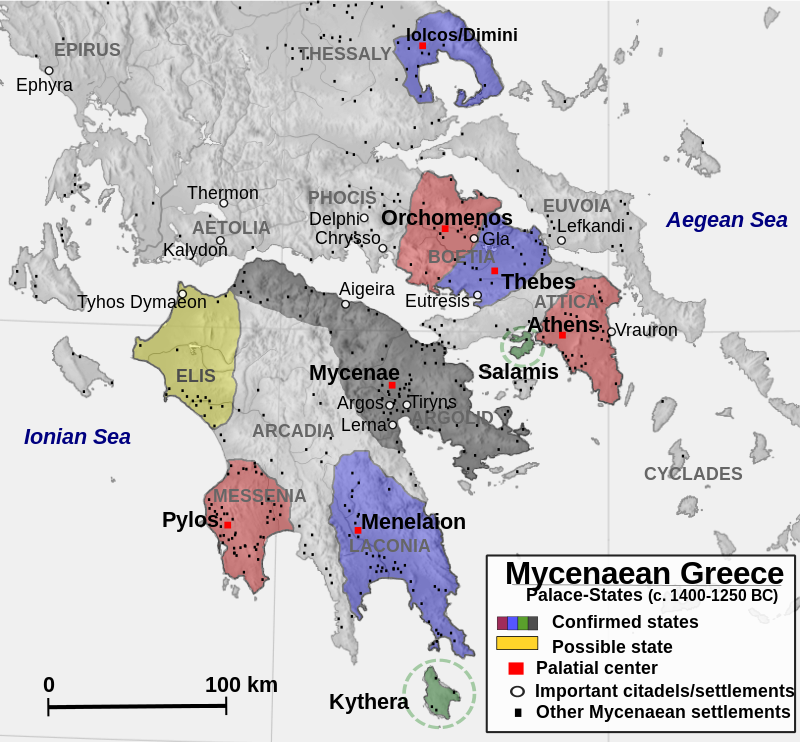
What is called as ‘Mycenaean Greece’ is a multi-composite fallacy and a sheer projection of a deliberately distorted 1st millennium BCE ‘Ancient Greece’ onto the 2nd millennium BCE South Balkans. There were no Greeks in the South Balkans during the 2nd millennium BCE; there were only Achaeans. But there were also the ethnically different Peleset / Pelasgians / Philistines who had ethnic-cultural affinities with the Western Anatolian Lukka and reviled the Achaean invaders and oppressors as much as the Lukka loathed the Hittite imperial order in Anatolia. Even worse, the kingdom of Mycenae was only one of the numerous tiny Achaean kingdoms, which were facing constant Pelasgian rebellions until, following their brazen but ill-fated attempt against Troy (a major Lukka ally), they were destroyed by the Pelasgian-Lukka anti-Hittite and anti-Achaean alliance and attack, which ended it up in what became known as Sea Peoples’ invasions due to the Ancient Egyptian Annals.
In fact, the wider region of Western Anatolia, Anatolian Sea, Crete and South Balkans was a most tormented area during the 2nd millennium BCE. Scholars, who depict the then daily life in those peripheries as an ‘idyllic’ environment, deliberately misrepresent the historical reality in a most fallacious and vicious manner. It was not actually one ‘world’, but many opposite entities; the deep enmities, the incessant hostilities, the foreign involvement (Hittite and Egyptian), the different religions, the diverse spiritual concepts, the deeply opposite symbols, the ferocious hatred against one another, the anti-Hittite, anti-imperial odium of the disorderly barbarians, and their evil attitude (to strike an alliance with Kemet/Egypt only for their anti-Hittite purposes) did not bode well for the extremely small Achaean minority in the South Balkans.
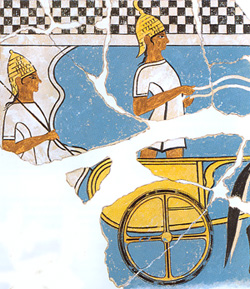
Achaeans from Pylos, 1350 BCE
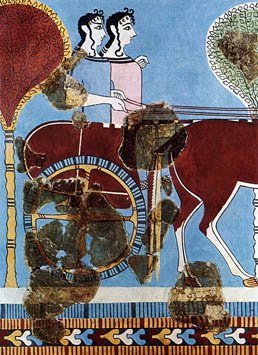
Achaeans from Tiryns, 1250 BCE
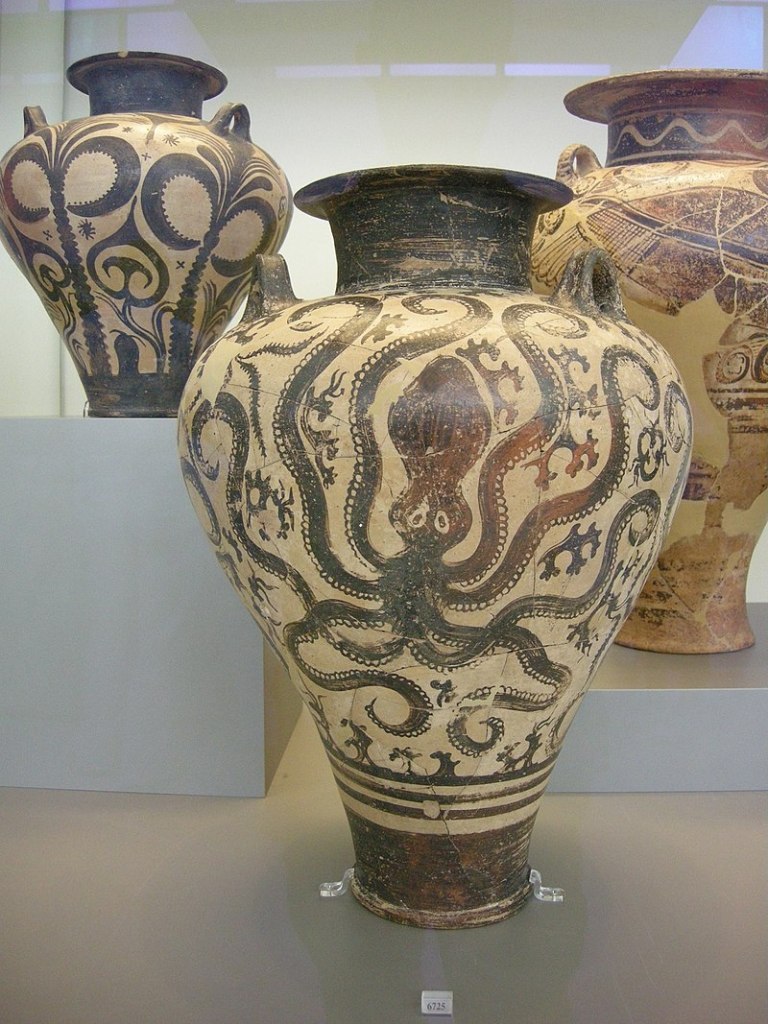
Peleset-Pelasgian-Philistine Art from Prosymna (near Argos, Peloponnesus); known as the amphora with octopus, it is not a sample of Achaean Art, as the absurd pre-historic archaeologists still assume.
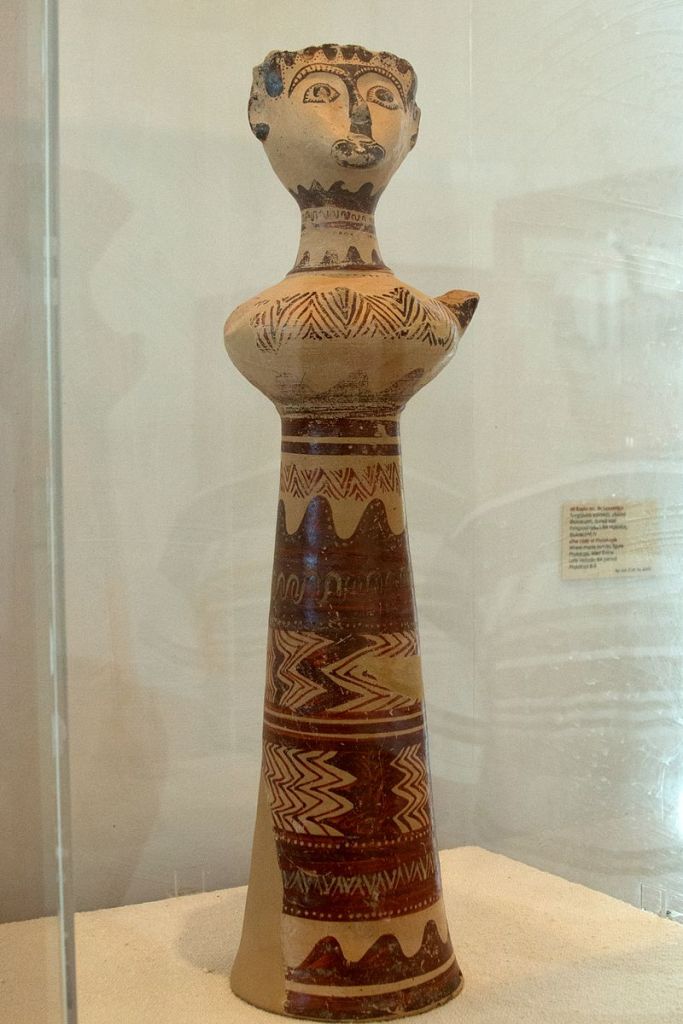
Peleset-Pelasgian-Philistine statue from Phylakopi, Milos Island 14th c. BCE
The Achaean effort to establish a foothold in Miletus and Ephesus and thence to support their major allies in Hattusha was a heroic deed, and without it there would have never been Homeric epics. This is so because the transportation of army in the Western confines of Anatolia would certainly weaken the tight control that they had to maintain in South Balkan mainland, thus critically endangering the safety of their fortresses. Unfortunately, the brazen and admirable effort was predestined to doom due to the fact that the populations of the Lukka-Peleset alliance (i.e. the Sea Peoples before the beginning of their invasions) outnumbered the Achaeans 10 to 1 or even more.
V. Without an in-depth comprehension of the Egyptian, Hittite Anatolian, Canaanite and Mesopotamian civilizations, no one can possibly understand their backward periphery
No one can properly and pertinently study the History of Western Anatolia, Anatolian Sea, Crete and South Balkans during the 2nd millennium BCE without having first passed several postgraduate degrees in Assyriology, Egyptology, Hittitology and Northwest Semitic Studies (Ugaritic, Canaanite, Phoenician, etc.). The spiritual, mystical and religious differences among the different pharaohs only reflected the deep socio-religious divisions that existed in 2nd millennium BCE Kemet/Egypt, subsequently projecting them onto the peripheral lands that depended on the Valley of the Nile.
The rise and fall of the monotheistic religion proclaimed by Akhenaten (Atonism or Atenism) divided Egypt in an irreparable manner. The strong counter-revolutionary reaction of the Amun clergy and their military pawns, as well as the white terror released by Ay, Horemheb and their successors of the 19th and the 20th dynasties turned Egypt into a horrendous dictatorship and a deeply and irrevocably split up society. This situation is the reason for which the Hebrews and, along with them, many Egyptian monotheists left the country under Moses and crossed the Red Sea to reach the Sinai in what is today the northwestern confines of Saudi Arabia (Sinai is not what we now call the Sinai Peninsula!). About:
https://ru.wikipedia.org/wiki/Список_фараонов
https://ru.wikipedia.org/wiki/Список_фараонов#XIX_династия
https://ru.wikipedia.org/wiki/Список_правителей_Древнего_Египта
https://en.wikipedia.org/wiki/List_of_pharaohs
https://en.wikipedia.org/wiki/List_of_pharaohs#New_Kingdom
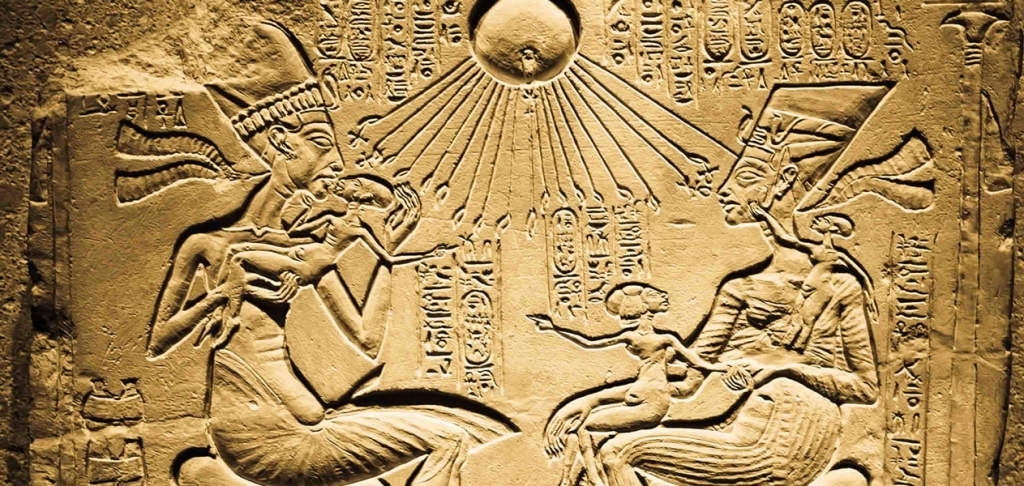
Long before Moses, David, Jesus and Muhammad, the great monotheist Pharaoh Akhenaten (left) and Queen Nefertiti (right) rejoice uttering the Hymn to Aten, while receiving the blessings of Only God Aten. The resolute abolition of the blasphemous polytheistic cult of Amun of Waset (Thebes of Egypt) was worldwide the most important historical event that took place during the 2nd millennium BCE – far more important than the Exodus or the Sea Peoples’ Invasions. Eclipsing by far Abraham’s departure from Ur and the locally imposed polytheistic regime, Akhenaten proved to be the World History’s most determinant ruler from the days of Sargon of Akkad (24th c. BCE) to the time of Sargon of Assyria (8th-7th c. BCE). That is why he is so much reviled by Jesuits and Zionists alike.
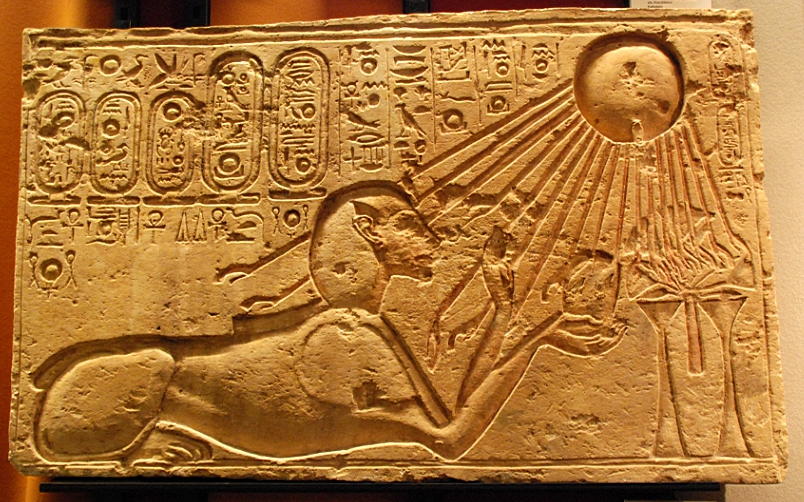
Akhenaten as sphinx
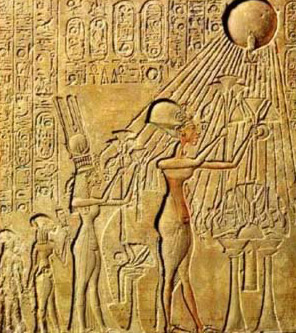
Akhenaten, Nefertiti and their children adore Aten, who emits rays ending in Life offering palms (above); Akhenaten’s successor Tutankhaten (later Tutankhamun) and Ankhes-enpa-Aten (later Ankhesenamun) live under the auspices of Aten (below), before the Satanic restoration of Amun polytheism carried out following the conspiracy of Ay and Horemheb.

Still, after the Amun polytheistic restoration, there were few monotheistic pharaohs (like Ramses II and Ramses III), who managed to encrypt their spiritual and mystical choices in their five Pharaonic names, which constituted a superior and hitherto unmatched level of personal ideology, moral theory, and imperial spirituality; this is so because each name was an entire sentence that served as a most sophisticated field of semantics and semiotics, and after his ascension every Pharaoh was expected to live and deliver according to the values, virtues and principles solemnly declared in his five names. About:
https://ru.wikipedia.org/wiki/Титул_фараона
https://www.bibalex.org/learnhieroglyphs/Home/Page_En.aspx?name=RoyalNamesTitles
https://en.wikipedia.org/wiki/Ancient_Egyptian_royal_titulary
https://en.wikipedia.org/wiki/Ramesses_II
https://ru.wikipedia.org/wiki/Рамсес_II
https://ru.wikipedia.org/wiki/Рамсес_III
https://en.wikipedia.org/wiki/Ramesses_III
https://ru.wikipedia.org/wiki/Рамсес_III#Имя

The Holy Trinity: Amun, Mut & Khonsu
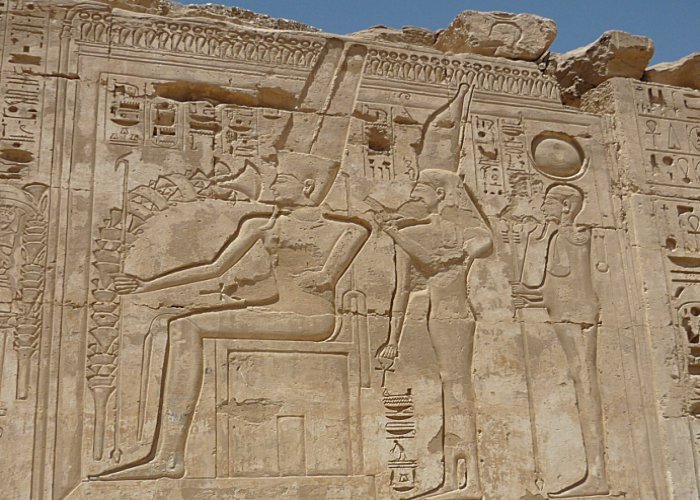
The Theban Trinity as depicted on the walls of the Medinet Habu mortuary temple of Ramses III: every esotericism and mysticism originates from a situation in which a destitute, impotent and persecuted priesthood is forced to act clandestinely in order to survive and preserve its existence by initiating members into an otherwise prohibited faith. After the Amun Theban polytheistic restoration, all monotheists were forced to conceal their faith and to appear as publicly adoring Amun; it would be impossible for Ramses III to rule without showing in public his faith to the abomination of the Theban Trinity.
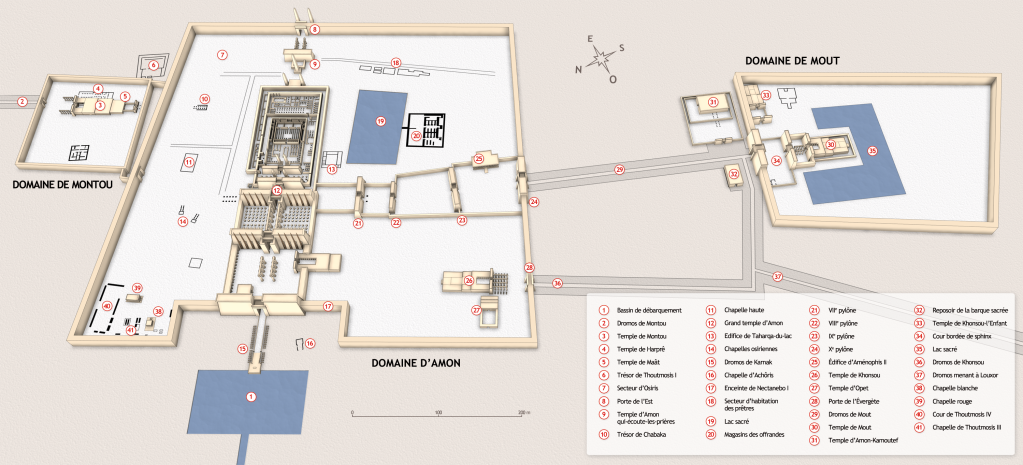
The vast sacerdotal complex of Karnak, center of the Theban Trinity cult, was larger and more populous than several tiny Achaean kingdoms or Peleset-Pelasgian states.
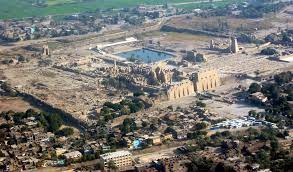
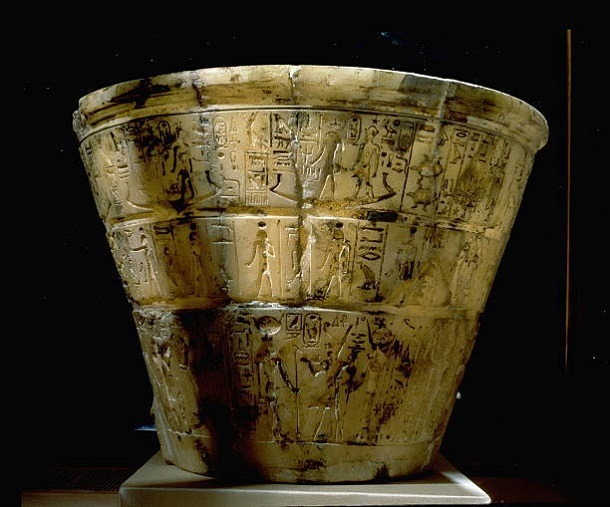
The Karnak clepsydra: https://edition-topoi.org/download_pdf/bsa_053_12.pdf https://fr.wikipedia.org/wiki/Clepsydre_dans_l%27%C3%89gypte_antique / https://egypt-museum.com/clepsydra-of-karnak/ / http://www.ens-lyon.fr/RELIE/Cadrans/Musee/Pages/PagesGr/MuClepsydreGr.htm https://collection.sciencemuseumgroup.org.uk/objects/co521418/the-karnak-clepsydra-drawing
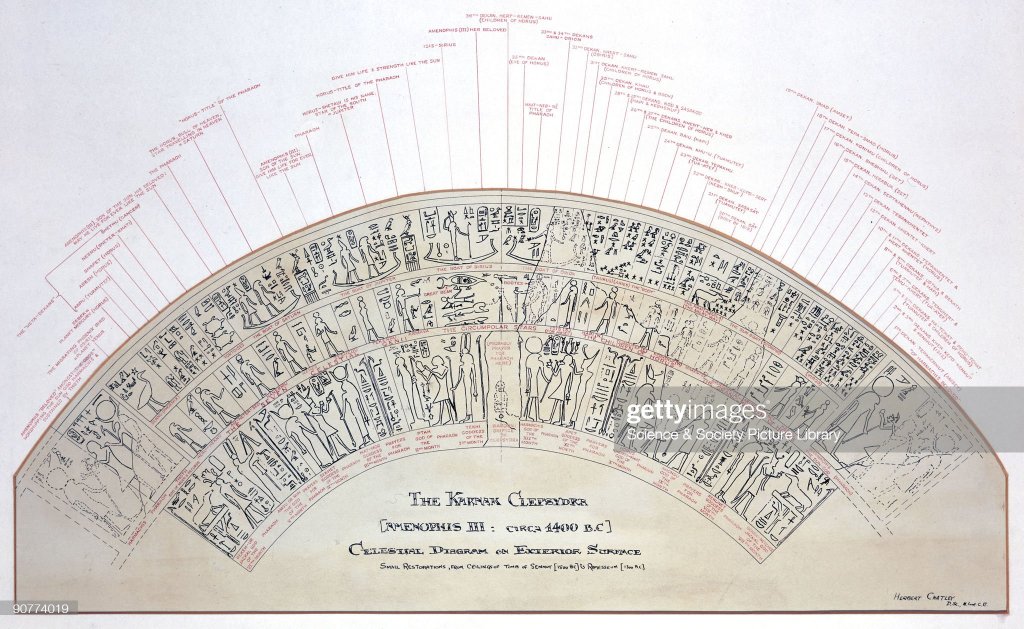
https://www.ifao.egnet.net/bases/cachette/ck937 https://www.journals.uchicago.edu/doi/abs/10.1086/687296?journalCode=jnes https://www.jstor.org/stable/225378
Scientific inventions like the Karnak clepsydra demonstrate the enormous gap that separated the Ancient Orient, which was the then center of the world with the most advanced civilizations (Egypt, Babylonia, Assyria, Hittite Anatolia, Canaanite Ugarit, and Elam), and the evidently backward, underdeveloped, and rudimentary life in the periphery (the Lukka of Western Anatolia, the Achaeans, the Peleset-Pelasgians-Philistines, and the Caphtor of South Balkans, the Anatolian Sea, and Crete, and their likes).
All these divisions were reflected outside Egypt, wherever Egyptians arrived, settled, traded with local populations, and diffused their cults and crafts among the natives. If Atenism was a rationalization of the Iwnw Heliopolitan dogma (also known as the Ennead), the polytheistic Trinity of Amun of Thebes (first established in the early 16th c. BCE) was an imperial religious dogma traced on the ancient, Memphitic polytheistic religion of Ptah. About:
https://ru.wikipedia.org/wiki/Атонизм
https://en.wikipedia.org/wiki/Atenism
https://ru.wikipedia.org/wiki/Эннеада
https://ru.wikipedia.org/wiki/Гелиополь_(Древний_Египет)
https://en.wikipedia.org/wiki/Ennead
https://en.wikipedia.org/wiki/Heliopolis_(ancient_Egypt)
https://ru.wikipedia.org/wiki/Амон
https://ru.wikipedia.org/wiki/Мут
https://ru.wikipedia.org/wiki/Хонсу
https://ru.wikipedia.org/wiki/Фиванская_триада
https://ru.wikipedia.org/wiki/Верховный_жрец_Амона
https://en.wikipedia.org/wiki/Amun
https://en.wikipedia.org/wiki/Mut
https://en.wikipedia.org/wiki/Khonsu
https://en.wikipedia.org/wiki/Theban_Triad
https://en.wikipedia.org/wiki/High_Priest_of_Amun
https://ru.wikipedia.org/wiki/Птах
https://en.wikipedia.org/wiki/Ptah
https://ru.wikipedia.org/wiki/Мемфис_(Египет)
https://en.wikipedia.org/wiki/Memphis,_Egypt
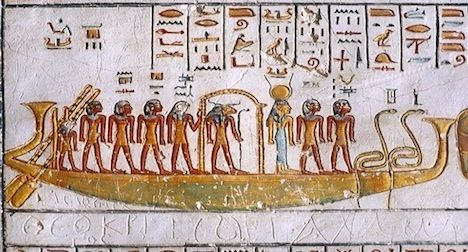
Representation of the Iwnw-Heliopolitan Pesedjet (Ennead)
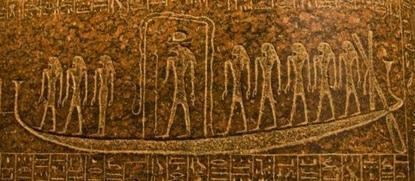
The Iwnw-Heliopolitan Ennead was the main spiritual-religious-theological system in Ancient Egypt; it was headquartered at Iwnw (: ‘the Pillars, meaning the obelisks), i.e. in today’s Ayn Shams, a northern district of Cairo, where the main temple of Atum was located. As it was the center of the Egyptian monotheistic cult, which symbolized God with the Sun, it was called Heliopolis (city of the Sun) by the Ancient Greeks. As religion, it epitomized the Divine Unity, fully encompassing Cosmogony, Cosmology, and Eschatology-Soteriology (all expressed in vast field of sign semiotics and symbols), while also combining Spiritual Ontology with World Order, Discipline and Moral. The stolen obelisks of Heliopolis served as means of Divine Epiphany and initially all the faithful took active part in the divine acts that encapsulated and praised the Creation. Extra: https://www.archaeology.org/slideshow/7396-heliopolis-egypt-obelisks
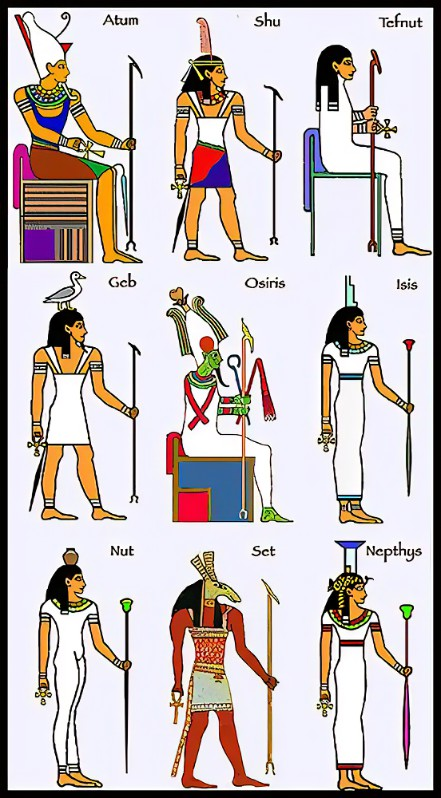
Aspects of the Divine Order: Ennead
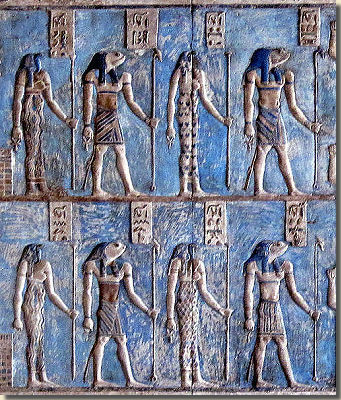
The Khemenu-Hermupolitan Ogdoad was an equally old, sophisticated and important spiritual-religious-theological system in Ancient Egypt; headquartered in Khemenu (modern Ashmunein, near Mallawi, El Minya Governorate in Upper Egypt, ca. 320 km south Cairo), it was elaborated by the priesthood of Djhawty (ḏḥwtj/Thoth), aspect of Wisdom of God (symbolized by the bird ibis), whose main temple was located there. As religion, it projected the male-female division, which is attested in the material universe, onto the spiritual universe and onto the divine order of the Creation in an effort to reconstruct and fathom the modalities of the emanation of forms and the Being-Becoming process.
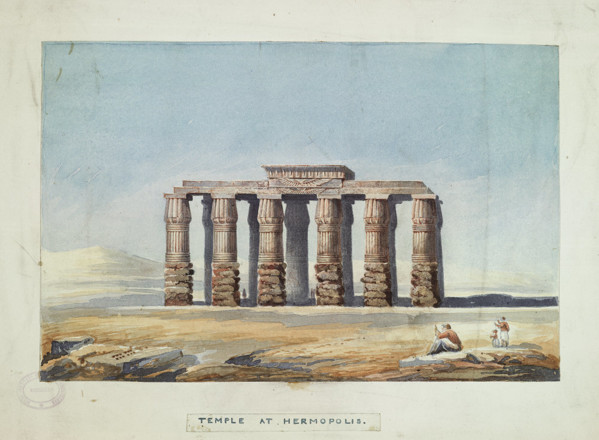
The magnificent temple of Thoth was partly preserved until 1826, when the hall of columns was demolished for the stones to be re-used in the construction of a sugar factory. Extra: https://en.wiktionary.org/wiki/ḏḥwtj https://www.ribapix.com/View-of-the-Temple-of-Thoth-at-Hermopolis-near-modern-day-El-Ashmunein_RIBA21335#

Ptah, the main god of Memphis, was the focal person of a counterfeit religious system at the antipodes of the Heliopolitan (Ennead) and Hermupolitan (Ogdoad) religions. Depicted in a statue now in the Turin Museum (above) and on a wall-painting from the tomb of Nefertari, main royal wife of Ramses II (below); as a polytheistic system, it also involved the concept of lameness, triggered religious fanaticism and darkness, while fully pre-modeling the Greek Hephaestus and the Roman Vulcanus. To cancel the cataclysmic impact that the Heliopolitan and Hermupolitan religions had on Egypt, the priests of Ptah, who represented a rather marginal religion until then, initiated -in the beginning of the 16th c. BCE, after the liberation of Egypt from the Hyksos- an imperial religious system entirely fashioned after their polytheistic prerequisites: this was the Theban Amun polytheism that most of the pharaohs of the 18th dynasty fought hard to utterly destroy and totally demolish. More: https://www.academia.edu/34439637/In_Ancient_Egypt_at_any_given_moment_there_was_never_one_Egyptian_Religion
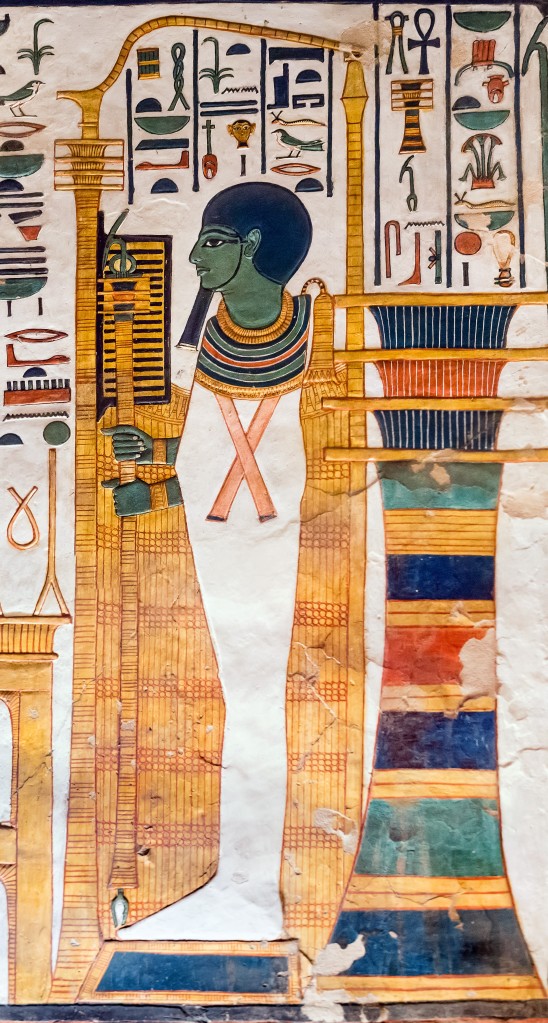
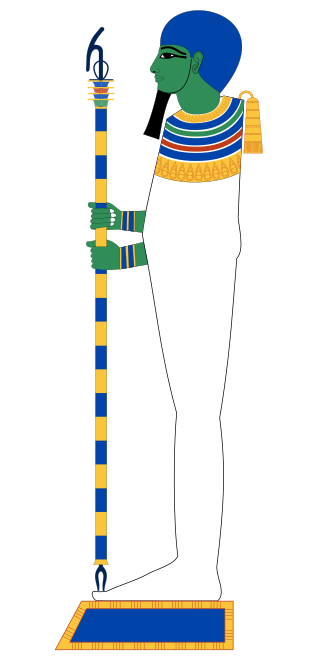
Consequently, it is absolutely pointless, if not foolish, to perceive the Egyptian ascendancy, influence and impact on the various peripheral lands and regions as unitary or unidimensional; every Egyptian priesthood promoted at home and abroad their own spirituality, worldview, dogma, theology and cult. This situation clearly transported internal Egyptian spiritual divisions abroad; it was therefore only normal that numerous local conflicts, wars and destructions took place in those peripheral circumferences.
Thus, we can understand that, if in case of turmoil, a destitute Achaean king, like the later mythologized Menelaus, ran away to save himself in Egypt under the auspices of the Heliopolitan priesthood (which remained always powerful down to the time of Christianization of Egypt), he would certainly be offered support and protection; then, this development would be enough to turn against Egypt that king’s enemies and opponents, who would organize a maritime campaign to attack the country, which -they would think- treacherously supported or protected their archenemy.
VI. Why Dio Chrysostom’s historical sources are trustworthy and Homer’s pretenses are proven red herring
Third Point: the authors’ innovative approach to, and interpretation of, the mythological event existed since the Late Antiquity
This has certainly to be considered as one of the strengths of the research made and the book published by the authors; in fact, what they conclude, namely that the Achaeans did not truly win but they actually lost the Trojan War (which lets us conclude that Homer was a deliberate liar), was already said by ancient authors. Then, this means that, in support of merely a different narrative and alternative interpretation, which existed already since the Roman times, the two authors (Belyakov and Matveyshev) managed to elaborate an entire book. This is certainly a remarkable achievement that goes against the colonial tradition of Western European historiography, as per which the texts of Dio Chrysostom and of anyone else who ‘would challenge Homer’s authenticity’ have to be considered as untrustworthy.
In the first four chapters {ch. 1, Mega-mall to megaron: Pilgrimage to the land of Homer: p. 7; ch. 2, The Adventurer who tripped over Troy: p. 27; ch. 3, The War for Troy, 20th century: p. 57; ch. 4, And they came back in disgrace: p. 87}, Anatoly V. Belyakov and Oleg A. Matveyshev comprehensively educate their readers. Then, in the fifth chapter of their book (ch. 5, The Poet who composed Greece: p. 121), they expand on the topic, referring to Dio Chrysostom and many other ancient authors. The postface (‘In lieu of an afterword’: p. 169) offers both authors the chance to contextualize their approach and to widen the discussion about the topic, while also questioning the veracity, the honesty, and the usefulness of the modern colonial historiography and deploring the conventional schemes that Western universities (or simply ‘Schools of Falsehood’) have propagated worldwide.
The two authors convey very accurately to their readers Dio Chrysostom’s narrative (p. 147: “Dio was told about this by a priest from Egyptian Anufis, who in his turn, had learned this from an inscription on the stele based on a story told by Menelaus, who had visited this place”). The ancient Anatolian orator, thinker, historian and erudite scholar (originating from Prusa/Bursa) Dio Chrysostom (literally ‘Dio the golden-mouthed’; Δίων Χρυσόστομος; Дион Хрисостом или «Златоуст»; 40-115 CE) was an influential public figure in the Roman Empire, known for his strong convictions, meticulous researches, and enthusiastic supporters or enemies. Indefatigable traveler, Dio crisscrossed the Mediterranean basin and spoke with authoritative priests and mystics, being brazen in his criticism of Domitian; he was a close personal friend of both, Nerva and Trajan.
It is surely worthwhile to refer to his texts and concepts, interpretations and suggestions, contemplations and postulations, but today, one scholar must also take into account and, in addition, highlight and elucidate the very significant position that Dio Chrysostom held in Roman Anatolia. This makes an enormous contrast with the epic poets, Hesiod, Homer, and others, who were merely popular bards in small cities known to be ruled by a petty local authority and therefore deprived of any significant literary, valuable archives, academic/educational and scientific resources or an outstanding historical documentation. I intentionally underscore this point because Dio Chrysostom must be considered as a far more trustworthy source of information about Homer than Homer about the Trojan War. About:
https://en.wikipedia.org/wiki/Dio_Chrysostom
https://ru.wikipedia.org/wiki/Дион_Хрисостом

All the discourses (Λόγοι) of Dio Chrysostom can be found here:
https://penelope.uchicago.edu/Thayer/E/Roman/Texts/Dio_Chrysostom/home.html
Russian translations are available here:
http://myriobiblion.byzantion.ru/dion/dion-ind.htm
In his 53rd discourse, Dio Chrysostom expands briefly on Homer (ΠΕΡΙ ΟΜΗΡΟΥ).
The Ancient Greek text and an English translation, one can find here:
http://mercure.fltr.ucl.ac.be/Hodoi/concordances/dion_Chrys_homere_53/lecture/default.htm
An English translation can be found here:
https://penelope.uchicago.edu/Thayer/E/Roman/Texts/Dio_Chrysostom/Discourses/53*.html
A Russian translation can be found here:
http://myriobiblion.byzantion.ru/dion/Dion-LIII.htm
http://myriobiblion.byzantion.ru/dion/Dion-prim.htm#LIII
In his 55th discourse, Dio Chrysostom expands briefly on Homer and Socrates (ΠΕΡΙ ΟΜΗΡΟΥ ΚΑΙ ΣΩΚΡΑΤΟΥΣ)
The Ancient Greek text can be found here:
https://penelope.uchicago.edu/Thayer/H/Roman/Texts/Dio_Chrysostom/Discourses/55*.html
An English translation is available here:
https://penelope.uchicago.edu/Thayer/E/Roman/Texts/Dio_Chrysostom/Discourses/55*.html
A Russian translation can be found here:
http://myriobiblion.byzantion.ru/dion/Dion-LV.htm
In his 11th discourse (or ‘Trojan Discourse’), Dio Chrysostom discusses extensively about the Trojan War; the title of the discourse reads: “Maintaining that Troy was not captured” (ΤΡΩΙΚΟΣ ΥΠΕΡ ΤΟΥ ΙΛΙΟΝ ΜΗ ΑΛΩΝΑΙ.) A modern English translation totals around 17500 words.
The Ancient Greek text and an English translation can be found here:
http://bcs.fltr.ucl.ac.be/ (BIBLIOTHECA CLASSICA SELECTA (BCS): cover page)
http://mercure.fltr.ucl.ac.be/Hodoi/concordances/intro.htm (list of links to various authors’ works / scroll down: Dion Chrysostome)
http://mercure.fltr.ucl.ac.be/HODOI/concordances/dion_Chrys_Troye_11/default.htm (cover page with links to text & translation, list of the vocabulary and additional lexicographical research)
http://mercure.fltr.ucl.ac.be/HODOI/concordances/dion_Chrys_Troye_11/lecture/default.htm (links to pages with only five paragraphs each)
http://mercure.fltr.ucl.ac.be/HODOI/concordances/dion_Chrys_Troye_11/lecture/1.htm (the very beginning of the text)
A Russian translation can be found here:
http://myriobiblion.byzantion.ru/dion/Dion-XVIII.htm
http://myriobiblion.byzantion.ru/dion/Dion-prim.htm#XVIII
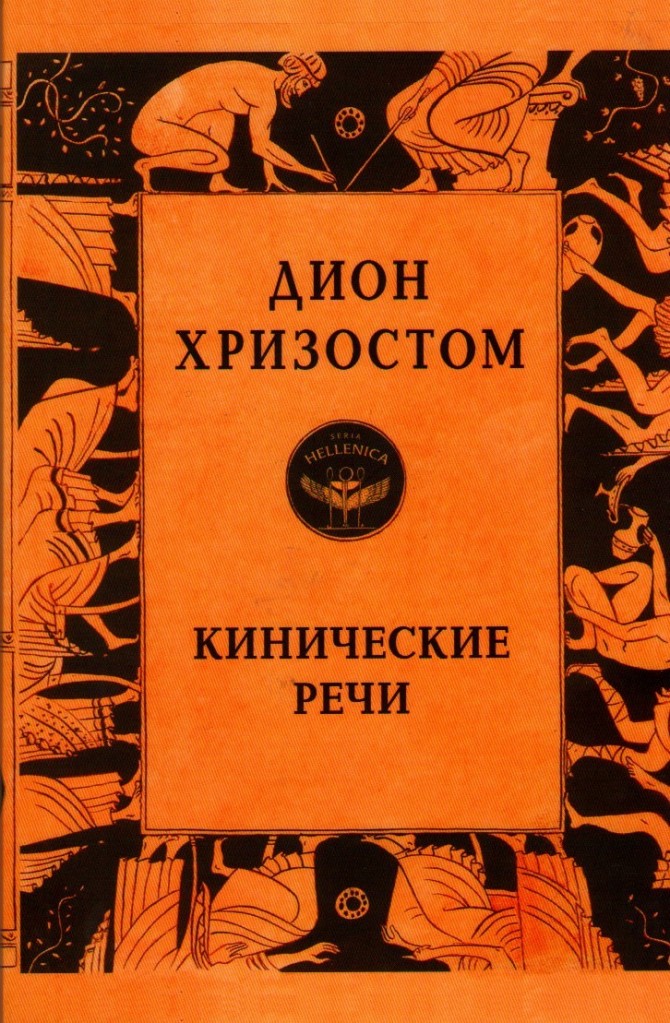
In paragraph 37 (out of 154) of his 11th discourse, Dio Chrysostom, interrupts his narrative to state the origin of his knowledge. His discourse follows the pattern ‘in medias res’, because he starts his narrative straight away, well before giving details about the source of his information and the way he acquired full consciousness of Homer’s forgery and historical distortion.
https://ru.wikipedia.org/wiki/In_medias_res
https://en.wikipedia.org/wiki/In_medias_res
More specifically, Dio Chrysostom states: ” I, therefore, shall give the account as I learned it from a certain very aged priest in Onuphis, who often made merry over the Greeks as a people, claiming that they really knew nothing about most things, and using as his chief illustration of this, the fact that they believed that Troy was taken by Agamemnon and that Helen fell in love with Paris while she was living with Menelaus; and they were so thoroughly convinced of this, he said, being completely deceived by one man, that everybody actually swore to its truth. My informant told me that all the history of earlier times was recorded in Egypt, in part in the temples, in part upon certain columns, and that some things were remembered by a few only as the columns had been destroyed, while much that had been inscribed on the columns was disbelieved on account of the ignorance and indifference of later generations. He added that these stories about Troy were included in their more recent records, since Menelaus had come to visit them and described everything just as it had occurred. When I asked him to give this account, he hesitated at first, remarking that the Greeks are vainglorious, and that in spite of their dense ignorance they think they know everything. He maintained that no affliction more serious could befall either individual or community than when an ignoramus held himself to be most wise, since such men could never be freed from their ignorance”.
http://mercure.fltr.ucl.ac.be/HODOI/concordances/dion_Chrys_Troye_11/lecture/8.htm
https://penelope.uchicago.edu/Thayer/E/Roman/Texts/Dio_Chrysostom/Discourses/11*.html
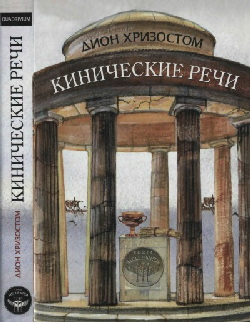
The Ancient Greek text reads: “ἐγὼ οὖν ὡς ἐπυθόμην παρὰ τῶν ἐν Αἰγύπτῳ ἱερέων ἑνὸς εὖ μάλα γέροντος ἐν τῇ Ὀνούφι, ἄλλα τε πολλὰ τῶν Ἑλλήνων καταγελῶντος ὡς οὐθὲν εἰδότων ἀληθὲς περὶ τῶν πλείστων, καὶ μάλιστα δὴ τεκμηρίῳ τούτῳ χρωμένου ὅτι Τροίαν τέ εἰσι πεπεισμένοι ὡς ἁλοῦσαν ὑπὸ Ἀγαμέμνονος καὶ ὅτι Ἑλένη συνοικοῦσα Μενελάῳ ἠράσθη Ἀλεξάνδρου· καὶ ταῦτα οὕτως ἄγαν πεπεισμένοι εἰσὶν ὑφ´ ἑνὸς ἀνδρὸς ἐξαπατηθέντες ὥστε καὶ ὀμόσαι ἕκαστος. ἔφη δὲ πᾶσαν τὴν πρότερον ἱστορίαν γεγράφθαι παρ´ αὐτοῖς, τὴν μὲν ἐν τοῖς ἱεροῖς, τὴν δ´ ἐν στήλαις τισί, τὰ δὲ μνημονεύεσθαι μόνον ὑπ´ ὀλίγων, τῶν στηλῶν διαφθαρεισῶν, πολλὰ δὲ καὶ ἀγνοεῖσθαι τῶν ἐν ταῖς στήλαις γεγραμμένων διὰ τὴν ἀμαθίαν τε καὶ ἀμέλειαν τῶν ἐπιγιγνομένων· εἶναι δὲ καὶ ταῦτα ἐν τοῖς νεωτάτοις τὰ περὶ τὴν Τροίαν· τὸν γὰρ Μενέλαον ἀφικέσθαι παρ´ αὐτοὺς καὶ διηγήσασθαι ἅπαντα ὡς ἐγένετο. δεομένου δέ μου διηγήσασθαι, τὸ μὲν πρῶτον οὐκ ἐβούλετο, λέγων ὅτι ἀλαζόνες εἰσὶν οἱ Ἕλληνες καὶ ἀμαθέστατοι ὄντες πολυμαθεστάτους ἑαυτοὺς νομίζουσι· τούτου δὲ μηθὲν εἶναι νόσημα χαλεπώτερον μήτε ἑνὶ μήτε πολλοῖς ἢ ὅταν τις ἀμαθὴς ὢν σοφώτατον ἑαυτὸν νομίζῃ. τοὺς γὰρ τοιούτους τῶν ἀνθρώπων μηδέποτε δύνασθαι τῆς ἀγνοίας ἀπολυθῆναι”.
Onouphis (Ὄνουφις; Onuphis; Онуфис) is merely the Ancient Greek rendering of ‘Aa Nefer’ (: the very good), a usual designation of the bull who manifested as Osiris Incarnate. As a locality, Onouphis belonged to the fourth (‘twenty first’) ‘nome’ (: district) of Egypt, being currently located ca. 10 km from Tanta in the Western part of Delta (Mehallet Menouf). About:
https://www.trismegistos.org/geo/detail.php?tm=3093
https://imperium.ahlfeldt.se/places/28498.html
https://pleiades.stoa.org/places/727179
https://de.wikipedia.org/wiki/Onouphis
https://upload.wikimedia.org/wikipedia/commons/4/49/Ancient_Egypt_map-hiero.svg
https://en.wikipedia.org/wiki/Menouf
https://ru.wikipedia.org/wiki/Минуф
Sylvain Dhennin, (Per-) Inbou, Per-Noubet et Onouphis. Une question de toponymie
https://shs.hal.science/halshs-01769471
Also:
Dio Chrysostom (a brief, though interesting and up-to-the-point comment)
https://luwianstudies org/dio-chrysostom/
Austin, Norman. “5. Herodotus and Helen in Egypt”. Helen of Troy and Her Shameless Phantom, Ithaca, NY: Cornell University Press, 2008, pp. 118-136. https://doi.org/10.7591/9781501720703-009
VII. The absolute denigration of the Late Antiquity Greeks by the Ancient Egyptian high priest as the destination of Human History
It is not my intention at this point to analyze the devastating denigration of the Ancient Greeks, as it was made by the Ancient Egyptian sacerdotal interlocutor of Dio Chrysostom, but I have to state that it consists in one of the many solid proofs about the absolute inferiority of the so-called Ancient Greek civilization as regards Egypt, Cush (Ancient Sudan), Canaan, Anatolia, Mesopotamia and Iran. This topic is at the epicenter of today’s worldwide polarizations with respect to Spirituality, Cult, Mysticism, Genius, Wisdom, Intellect, Knowledge, Moral, Art, Science, Governance, and Culture. Every effort and concertation in view of a multipolar world hinges on this very issue.
Either the numerous different countries, traditions and cultures will eliminate and utterly delete the fallacy and forgery of Ancient Greece, as stipulated by the racist, colonial intellectuals of Western European Renaissance (1400-1600) and repeated by all the posterior, colonial, academics down to our days, …
… or the entire Mankind will disappear in the forthcoming nuclear annihilation that the corrupt values, the absurd mentality, the pathetic ignorance, the villainous attitude, the lowly behavior, the profane character, and the sacrilegious mindset of the modern Western nations (as impacted by the fallacious Greco-centric and Euro-centric education, academic life, and intellectual endeavors of their blind, paranoid and dictatorial elites) will inevitably cause.
Christianity irreversibly deleted the pernicious, evil, barbarian, nonsensical and uncouth ‘culture’ of the so-called Ancient Greeks; it took some time for several Christian Roman Emperors to physically exterminate those among the Ancient Greek speaking populations who did not accept Christianity, but around the time of Justinian I (527-565), the disreputable and blasphemous profanity named ‘Greece’ was already extinct – thank God!
But, starting with the Renaissance, all the Anti-Christian forces of Western Europe started deploying a colossal effort to revive the dead culture of the world’s most infamous past. This is the reason for which the Western European conquistadors and other colonial officers and armies perpetrated so many physical and spiritual genocides throughout the world. In fact, the Western European effort to revive the defunct pseudo-civilization of the Ancient Greeks is tantamount to and absurd and intentional worldwide Zombification, which will end up with the revelation of their eschatological agenda that provides for the presentation of the Antichrist as the true Christ or Messiah or Mahdi or Savior.
Although they presented their topic in a pertinent and persuasive manner, Anatoly V. Belyakov and Oleg A. Matveyshev failed to realize that the Ancient Egyptian priest’s words (as preserved in Dio Chrysostom’s text) “… are vainglorious, and that in spite of their dense ignorance they think they know everything. He maintained that no affliction more serious could befall either individual or community than when an ignoramus held himself to be most wise, since such men could never be freed from their ignorance” are at the very origin of every racism, barbarism, Nazism, odium and inhumanity. But, I must admit that this was not the real focus of their research.
VIII. Dio Chrysostom’s Egyptian sacerdotal interlocutor had read Ramses III’s Annals
Now, when it comes to the contents of the lesson that the Ancient Egyptian priest gave to Dio Chrysostom, we can conclude about what it may approximately have been. The Anatolian Roman orator mentions a specific point, which proves the veracity of the encounter that he describes; the Ancient Egyptian priest states that “the history of earlier times was recorded in Egypt, in part in the temples, in part upon certain columns”; this is absolutely true. Major historical acts, Pharaonic campaigns, significant battles, remarkable expeditions, what modern Egyptologists call the ‘Annals’ of the Pharaohs, and the indispensable libations to gods that took place at the end of each great event, all were narrated, inscribed and depicted on spiritually selected parts of the walls and on some of the columns of the Ancient Egyptian temples.
Every Ancient Egyptian temple was considered as a minimal representation of the Universe; the architectural parts of the temples corresponded to the sections of the macrocosm. In fact, every single temple was (and had to be) an interpretation of the Creation or, if you prefer, an adaptation of the parts of cosmos into the theoretical background that the sacerdotal architects of the temple envisioned, taught and propagated. This consists in one more reason for which I constantly refer to the unmatched superiority of the Ancient Egyptian, Mesopotamian, Hittite Anatolian, Canaanite and Iranian civilizations and to the unfathomable inferiority of the so-called Ancient Greek civilization {where the temples had only to be ‘beautiful’ brothels for fallen, pathetic priests, prostitutes (‘priestesses’), and ignorant, idiotic laymen to perform orgies in veneration of their fake gods}.
So, and this is quite significant, the historical deeds of the pharaohs, however critical they may have been, along with the final libation that consecrated their successes, were written on the external walls and on some architectural members of the outer courtyard and the columned hall of mortuary temples. In very few cases, such deeds were narrated on the walls of cult temples. And in extremely rare cases, the annals of a pharaoh were inscribed on the internal walls of the chamber housing the Holy of Holies where supreme spiritual acts were performed. This depended exclusively on the relationship that the pharaoh in question had with the specific temple’s high priest and hierophant (the two most influential sacerdotal figures during the mystical performance of cult). An example of Pharaonic Annals written in internal parts of cult temples is offered in the case of Thutmose III (in the temple of Amun at Karnak, Luxor/Thebes of Egypt). About:
https://ru.wikipedia.org/wiki/Тутмос_III#Памятники,_повествующие_о_войнах_Тутмоса_в_Азии
https://en.wikipedia.org/wiki/Annals_of_Thutmose_III
An example of Pharaonic Annals inscribed on walls and colonnades of mortuary temples is given in the case of Hatshepsut’s temple at Deir el Bahri (Thebes West). The Expedition to Punt (near Ras Hafun in today’s Somalia) was narrated on the walls and the columns of the second colonnade (southern or left side). About:
https://ru.wikipedia.org/wiki/Пунт#Экспедиции_Хатшепсут_и_Тутмоса_III
https://en.wikipedia.org/wiki/Mortuary_Temple_of_Hatshepsut#Terraces
https://en.wikipedia.org/wiki/Hatshepsut#Trade_routes
https://en.wikipedia.org/wiki/Land_of_Punt
What Dio Chrysostom’s sacerdotal interlocutor may have had in mind when speaking about texts inscribed on walls and columns that related to historical facts associated to what his suppliant called ‘Trojan War’ we can easily assess by studying and comprehending the Ancient Egyptian narratives of the three battles that Ramses III fought in order to save Egypt and the world civilization from the barbarian and unholy Sea Peoples. The texts and the bas-reliefs of his mortuary temple at Medinet Habu (Thebes West) offer the proper contextualization of the conversation that took place in Onouphis (more than 1300 years after the battles were fought), according to what we read in paragraph 37 of Dio Chrysostom’s 11th discourse.
The Ancient Egyptian texts and bas-reliefs were first written on papyri and then engraved on walls and columns; the final text corresponded to spiritual, sacerdotal and Pharaonic norms, but it was elaborated on the basis of various reports, earlier records, and several drafts that offered abundant if not nauseating details that were not necessary (or even permissible) in the final narrative. Apparently what was later mythologized by Homer and others as the ‘Trojan War’ was an unimportant event, a skirmish or a foolish attempt, which caused the thunderous reaction of the majority of the populations of Western Anatolia, Anatolian Sea, Crete, and South Balkans, thus terminating not only the weak authority of the tiny Achaean kingdoms but also the formidable preponderance of the Hittite Empire.
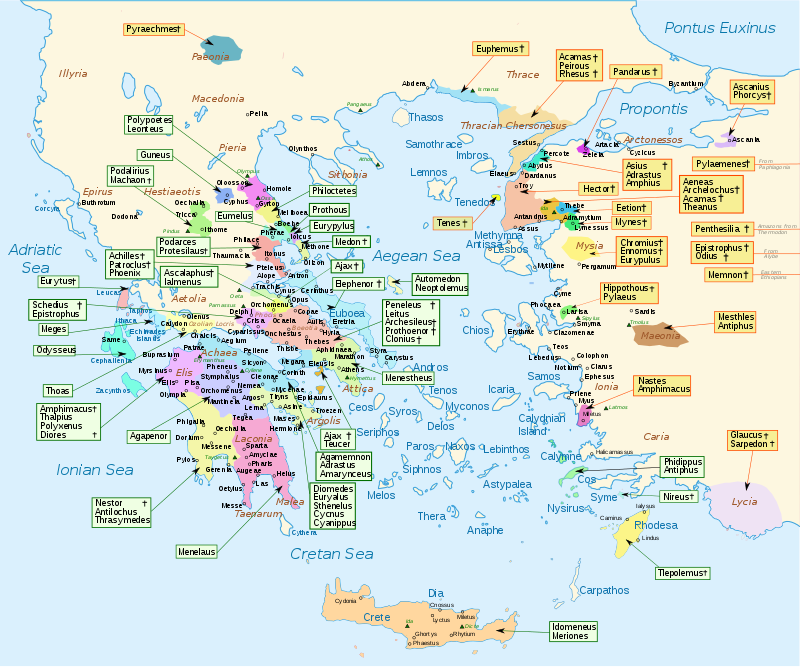
Homeric ‘Greece’: a multi-divided world
In fact, the expedition (poetically overmagnified and viciously exaggerated to fully unacceptable levels) may have involved the capture of a fortress, but the Achaeans paid dearly for their loyalty to the Hittites, and this was the reason for which what modern archaeologists call ‘Mycenaean world’ vanished from the surface of the Earth. Even Egypt was exposed for the protection offered to escapees like Menelaus, and after the destruction of Hattusha and Ugarit, the Sea Peoples attacked with vehement odium the weakened empire of Ramses III, which was only a shadow of Thutmose III’s Kemet.
IX. The fake term ‘Ancient Greece’ prevents us from assessing Homer’s devastating failure
Fourth Point: the authors’ overall evaluation of the impact the Homeric epics had on Ancient Greece is correct, but inaccurate.
When it comes to Homer and all the Ionian poets of epics and rhapsodies, their intentional distortion of historical facts had one main target: the erase the memory of the Sea Peoples’ invasions and of the subsequent collapse of the Achaean kingdoms.
At this point, we have also to take into consideration what would have happened if the Sea Peoples were not dispersed by Ramses III, but won the battles fought against Egypt and returned home. A totally different culture, diametrically opposed to that of the militarily strong Hittites and Achaeans, would have prevailed. The notion of empire would have been replaced by the petty confederations of the Lukka, the Peleset, and their likes. And there would have never been any Homer and any poet willing to commemorate the brazen Achaean attempt that finally failed. The Sea Peoples’ invasions, as a major historical event that plunged the wider region of Western Anatolia, Anatolian Sea, Crete and South Balkans to darkness, ended up in total failure after the dispersed components of the attackers settled in different locations throughout the Mediterranean (Sardinia, Sicily, Palestine, Phoenicia) and lived there in -comparatively with earlier strata- primitive conditions.
It would be perhaps correct to say that Homer created ‘Ancient Greece’, but unfortunately, neither Homer nor Ancient Greece ever existed; Homer, as one specific poet, was the creation of the imagination (and the result of lack of necessary documentation) of several South Balkan historians, whereas Ancient Greece, as a hypothetical past entity, was fabricated intentionally by Renaissance intellectuals.
In several points throughout their book, the two authors examine the topic and ponder whether Homer lived as an independent historical individual or he is merely the product of a legend concerning the author or the authors of the epics, which were finally attributed to one person. Anatoly Belyakov and Oleg Matveyshev however claim that the epics were used in different cities-states as the foundation of their local culture, education and national identity. This is true, but still it does not fully reveal the real intentions of the early Ionian epic poets. In addition, the role played by the epics in the formation of what the two authors call ‘Ancient Greece’ is questionable to significant extent.
What Homer and the other epic poets tried apparently to revive was the feeling of the Achaean unity, commonwealth, and values; but we must not forget even for a moment that their audiences were mainly the Ionians and the Aeolians of Western Anatolia, the Anatolian Sea and the South Balkans. Not all the predominantly Pelasgian and Dorian populations of the wider region! In their outright majority, they would vehemently reject these epics. And this is quite well known!
Homer did not use the filthy and unholy name of Selloi (i.e. the Pelasgian/Peleset class of polytheistic priests of the non-Achaean shrine at Dodona: Iliad, 16: 233–235) as an ethnonym for the forces that attacked Troy. It is only several centuries later, and due to continuous strives, clashes, conflicts and wars, that the term Selloi or Hellenes (‘Greeks’) was imposed by the Dorians onto all the other tribes and settled populations as a recapitulative name to describe the diverse South Balkan clans of significantly different ethnic, cultural and religious backgrounds. Contrarily to Herodotus, Thucydides, Plato, Aristotle and others, Homer called the participants of the anti-Trojan expedition either Achaeans or Danaans. This certainly makes an enormous difference. The extremely scarce use of the term ‘Hellenes’ in the epics is a notable problem per se; no one can really understand in depth the essence of the narrative, before fully comprehending the fact that for Homer this name was an abomination.
How can we assess the Trojan War epics’ impact on the different tribes of the wider region? An early approach will certainly flood us with fabulous references, splendid mentions, and hyperbolic praises of the mythical author(s); it is certain that many intellectuals and authors in Ionia, Argos, Thebes, Sparta, Attica, and Magna Graecia (Southern Italy and Sicily) expressed an unequaled respect and an unprecedented admiration for the author(s) of the epics. This situation continued among certain Greek-speaking and Roman authors of the Late Antiquity. However, flattering words consist only in a fraudulent representation of the historical reality. And we have good reason to believe that Homer did not truly trust these ‘words’: ‘hepea pteroenta’ (winged words). About:
Françoise Letoublon. Epea Pteroenta ( ” Winged Words ” ). Oral Tradition, 1999: Oral Tradition, 14 (2), pp. 321 – 335; https://hal.science/hal-01469426
The only straightforward and substantial question that we have to make in order to evaluate the approximate impact that Homer and the epics attributed to him had on the various tribes, which inhabited parts of Western Anatolia, the Anatolian Sea, South Balkans and Crete during the period 700-300 BCE, is the following:
– Did Homer or did he not achieve to pass onto the Ionians and the Aeolians (and eventually onto other tribes and populations) of the 7th c. BCE the fundamental spiritual, moral, royal, military, religious, socio-behavioral, cultural, literary, and artistic values and principles of the 2nd millennium BCE Achaeans?
The only possible response to such a question is a flat ‘no’.
The Achaean world, as attested on excavated palaces, temples, fortresses and tombs and as documented on deciphered texts (Linear B), could not be resurrected from the dead, and actually it never did.
Many modern scholars, and in the case of the present book both authors, have correctly concluded that Homer could not and actually did not have access to a genuine representation of the Achaean world. It goes without saying that what you fail to first represent to yourself in an authoritative and truthful manner, you cannot possibly communicate to others in a trustworthy way. Homer could not read any Linear B inscription, if he happened to ever find one, and the Achaean scribes, who used to write these texts, were all killed mercilessly by the thunderous rebellion of the Sea Peoples (Lukka, Peleset/Pelasgians, Tjekker/Teucroi, etc.) before their Hittite counterparts and allies underwent the same fatal experience.
Only a vague reminiscence of the Achaean world was left among poets, priests and elder mystics, when the author(s) of the epics were born. So, the conclusion is that we cannot possibly evaluate Homer’s impact onto the Ionians and the Aeolians, before first identifying his true intentions. Most of the scholars, who address this issue, commit a catastrophic error; they project their wrong viewpoint on 5th and 4th c. BCE ‘Greece’ onto the situation that prevailed throughout Western Anatolia, the Anatolian Sea, Crete, and South Balkans at the end of the 8th and the 7th c. BCE, when the epic poets of the Ionians composed their rhapsodies.
The biased colonial scholars have already perceived 5th and 4th c. BCE ‘Greece’ as an ethnic, linguistic, spiritual and cultural entity whereas it was not; even what they consider as the boundaries of their fictional ‘Ancient Greek world’ never existed in reality. I have to be specific now with respect to 5th and 4th c. BCE ‘Greece’.
Caria was not ‘Greece’.
Lycia was not ‘Greece’.
Ionia was not ‘Greece’.
Aeolia was not ‘Greece’.
Lydia was not ‘Greece’.
Phrygia was not ‘Greece’.
Thrace was not ‘Greece’.
Macedonia was not ‘Greece’.
Illyria was not ‘Greece’.
Crete was not ‘Greece’.
The Anatolian Sea was not ‘Greece’.
And, more importantly, the purely geographical entity ‘Greece’ did not constitute an ethnic, linguistic, spiritual and cultural entity; when it comes to governance, the numerous tiny kingdoms and petty republics were multi-divided, reviled one another, and, even worse, they were ceaselessly waging wars one upon another, committing execrable atrocities almost in every spot of the wretched land. You cannot possibly call those shabby statelets ‘Greece’ for a very good reason: they did not call themselves that way.
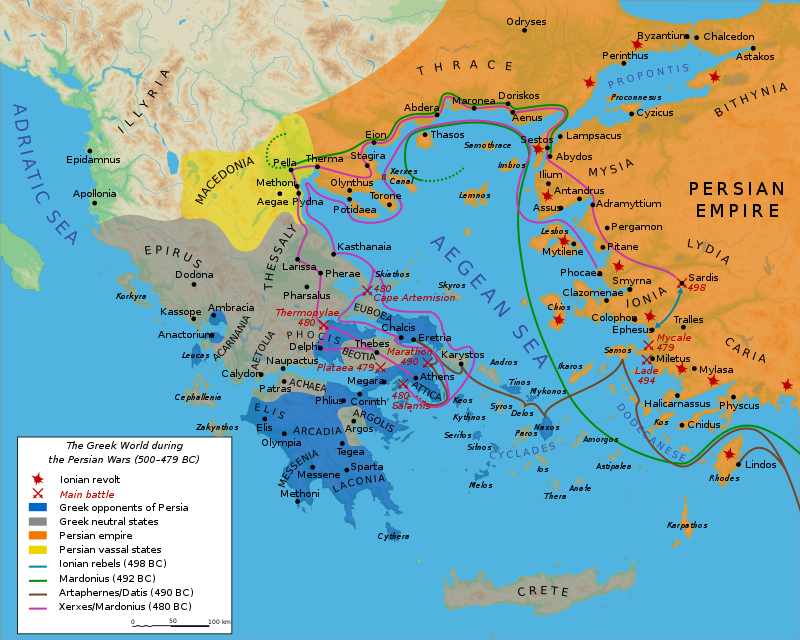
Most of the so-called Ancient Greek cities-states were against the sacrilegious rulers of Sparta and Athens who idiotically and pathetically wanted to reject the imperial Iranian rule.
The aforementioned reality was attested in the fallaciously taught, academically distorted, and educationally mythologized ‘Greek-Persian Wars’ that the Carian traitor and bogus-historian Herodotus wrote and titled ‘Median Wars’ due to his malignancy, confusion, and ignorance. In those events, the majority of the Ancient Greek states rejected to participate and did not side with the barbarian rascals of Athens and Sparta, who opposed the annexation of the South Balkan extremities to the Achaemenid Iranian Empire.

The historical truth: the undeniable superiority of the Iranian Civilization over the disorderly and chaotic Ancient ‘Greek’ world – Above: Persepolis, a majestic capital that the barbarian Greeks could never have.
And the Jesuit falsehood that generated Modern Nazism: Raphael’s delusional falsehood of the nonexistent Athens – Below: the Satanic painting that fabricated Modern Europe and Nazism

Even more meaningfully, during and after the end of those wars, one after the other, most of all these trivial tyrants, leaders, pretenders and oligarchs moved to Parsa (Persepolis), the great imperial capital of Iran, and in a most docile, shameless and disreputable manner, implored the support and the favors of the Iranian Emperor against their rivals, relatives, former friends, neighbors, competitors, associates and assistants. So disgustingly treacherous and felonious they were that they turned the wider region into a wasp nest. Soon afterwards, they started quarreling, ruining and devastating one another in the so-called Peloponnesian War (431-404 BCE). Further wars among them continued for more than 60 years also involving three ‘holy wars’ (355-346 BCE), until a foreign king, Philip II of Macedonia, defeated the alliance of Thebans and Athenians in the Battle of Chaeronea (338 BCE). And as it is known, Alexander the Great failed to annex to Macedonia all these petty statelets, because Sparta and its allies opposed and rejected the Macedonian rule. About:
https://en.wikipedia.org/wiki/Greco-Persian_Wars
https://en.wikipedia.org/wiki/Peloponnesian_War
https://en.wikipedia.org/wiki/Theban%E2%80%93Spartan_War
https://en.wikipedia.org/wiki/Third_Sacred_War
https://en.wikipedia.org/wiki/Philip_II_of_Macedon
https://en.wikipedia.org/wiki/Alexander_the_Great
In the light of these facts, one can effectively identify the epic poets’ and Homer’s intentions; as it is well known and as Anatoly Belyakov and Oleg Matveyshev state repeatedly in their informative and resourceful book, after the Trojan War, all the Achaean kingdoms were destroyed and the wider region of Western Anatolia, the Anatolian Sea, Crete, and South Balkans was plunged into decay, barbarism, multi-divisions, chaos and endless wars. Those centuries were called, not without reason, by modern scholars ‘the Dark Ages’. This was due to the destructions caused due to the Sea Peoples’ rebellions (‘in their land of origin’ as per the Ancient Egyptian texts), their invasions, and the final annihilation of the invaders at the gates of Egypt (in three land and sea battles). However, although extensively recorded in the Ancient Egyptian Annals, this major event cannot be attested in any Ancient Greek source.
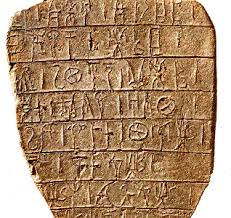
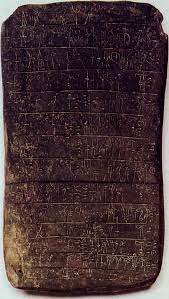
Linear B tablets from Pylos: the nature and the contents of the texts of the Achaean (or Mycenaean) world testify to the inferiority of the local civilization opposite the Ancient Oriental civilizations: the Ugarit Canaanites, the Anatolian Hittites, the Hurrians, the Egyptians, the Assyrians, the Babylonians and the Elamites. There were no codes of laws, no epics, no cosmogonies, no myths, no oracles, and no imperial annals written in Linear B.
This, in and by itself, explains very well what the epic poets’ intentions were. The Achaeans had almost entirely disappeared. The Ionians and the Aeolians were a minority among the indigenous Pelasgians. Then, the so-called ‘descent of the Dorians’ added new rivals to the diverse inhabitants of the wider region. Certainly, the Pelasgians had their own epics and narratives detailing their own achievements: they had rebelled and burned the Achaean fortresses and palaces; they had attacked the Hittite Empire and destroyed its sizeable and famous capital, Hattusa; they had also proceeded further to Syria and Canaan, further spreading terror and fire. And at the end, they had also attacked Egypt, brazenly pursuing there the last remnants of the Achaean world who had managed to escape. This is the narrative that Homer’s folk tales managed to eclipse.
In fact, most of the endless wars that took place in the wider region of Western Anatolia, the Anatolian Sea, Crete, and South Balkans were due to the continuation of the two irreconcilable traditions and opposite alliances of the 2nd millennium BCE: the Achaeans with the Hittites vs. the Peleset/Pelasgians with the Lukka and the Taruisha/Trojans. Finally, a minor operation, namely the capture of a fortress, i.e. a historical detail, obscured the historical reality, i.e. the fact that the conquerors of Troy were destroyed in a most irreversible manner, after their useless victory. As the Hittite Empire had collapsed and the Hittites had relocated from Cappadocia to NW Mesopotamia and Northern Syria, there was apparently no reason for an Ionian epic poet to praise the Hittite-Achaean alliance; that’s why another specific reason about the Achaean military campaign had to be invented. But the concealment of the Sea Peoples’ invasions was absolute among the Ionians, the Aeolians, and the Dorians of the 1st millennium BCE.
There is however a major reason due to which Homer’s effort marked finally a certain success. The Sea Peoples in their totality had not developed a sophisticated civilization; it seems that few among them had scribes and priests able to write and keep records. Some of the non-deciphered writings of the region may eventually belong to them, but their disastrous defeat in Egypt and dispersion around the Mediterranean put an end to those colleges of learned men. The fact that these populations did not have an outstanding writing system to keep their records written prevented them from saving their narratives and traditions and from opposing Homer’s clearly false narratives.
Quite contrarily, with the introduction of the Phoenician alphabet among Ionians, the conditions were made available for the supporters of Homer’s rhapsodies to diffuse their narrative. As their opponents failed to properly react, the Ionians managed to form the basis of an Epic History, positioning themselves as the successors to the Achaeans. That’s why they were also able to erase the Pelasgian / Lukka / Trojan narrative, which constituted the historical truth and was ultimately saved in Egypt.
But the Achaean legend was not reconstituted, and the Ionians, Aeolians and Dorians were not united. Fallacious when it comes to the historical past, Homer’s epics proved to be purely futile for posterior generations. Being proud about a tradition that they could not follow or reproduce, the Ionians were contented with literary forms, being however totally deprived of imperial substance. That is why they were lower than the Ancient Oriental empires and the great civilizations of those centuries (Sargonid Assyria, Nabonid Babylonia, Achaemenid Iran), pretty much like the Achaeans were lower than their Hittite allies; this is confirmed by the undeniable fact that no imperial annals, no cosmogonies, no cosmological myths, no eschatological revelations, and no spiritual wisdom texts have been found in Linear B – in striking contrast with the Hittite cuneiform and hieroglyphic documentation.
X. Conclusion
At the end of this very lengthy book review and discussion of the topics presented in the passionately elaborated book ‘The Trojan Horse of Western History’ by Anatoly V. Belyakov and Oleg A. Matveyshev, I have to add few points, although they are not directly related to the matter. If I do so, this is due to the fact that both authors wanted also to highly contextualize their approach to and research about the Trojan War, and the hidden realities behind it (notably in their postface: ‘In lieu of an afterword’, p. 169).
The two authors are correct in their suggestion that, by saying lies about the Trojan War, Homer created Ancient Greece and that by saying lies about Ancient Greece, Modern Europeans created European History. This issue is definitely crucial because the vicious and racist historical distortion, which was undertaken by the colonial historiographers and intellectuals during the Western European Renaissance, hinges on the Trojan War forgery, since it has been the first to fully epitomize the divisive falsehood ‘East vs. West’ (Orient vs. Occident).
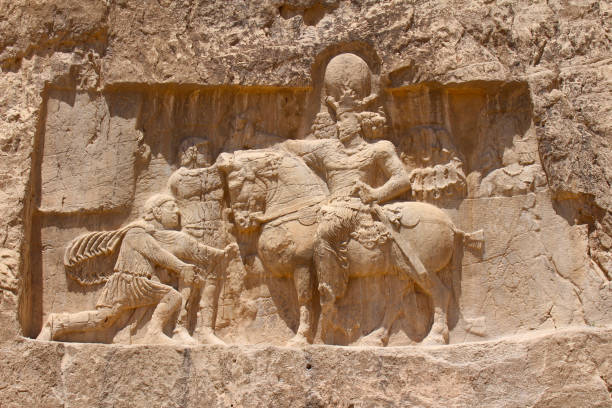
Shapur’s victory over Valerian in Urfa (Urhoy/Edessa), 260 CE (above); Heraclius’ victory over Khosrow (Chosroes) II in Nineveh, 627 CE (below): the Iranian-Roman wars lasted almost 700 years, but they were viewed by either opponent as a “Clash between the East and the West”. This undeniable historical fact puts a tombstone on the racist and divisive discourses of Herodotus, Aeschylus, and their modern Nazi admirers.
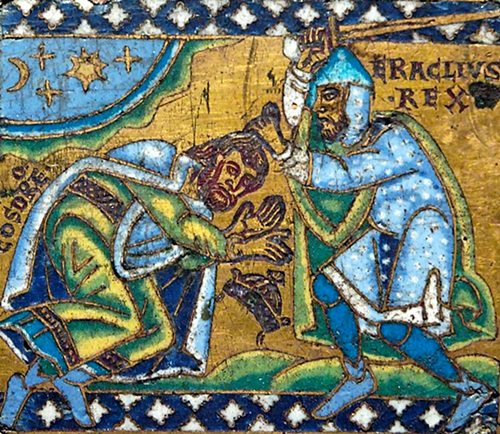
Without this entirely Manichaean invention, the criminal murderers and inhuman conquistadors of Western Europe would have never caused the unprecedented bloodshed for which they must be exemplarily punished. As a matter of fact, there was never a division ‘East vs. West’ in the History of Mankind. The evil Western European revisionists produced it in order to vilify the Orient and thus present the shame of Western barbarism as a potential ‘civilization’. The execrable forgery of Herodotus also contributed to this malignantly intentional divide, but it all started with the inclusion of the Trojan War in the mythical ‘history’ of the post-Renaissance Western revisionists. In fact, Nazism starts with the lies about the Trojan War.
Anatoly V. Belyakov and Oleg A. Matveyshev, throughout their fascinating book, seem not to fully realize that the only possible criteria and measures that we can apply in our evaluation of the so-called Ancient Greek civilization are those of the earlier civilizations of Anatolia, Canaan, Egypt and Mesopotamia. Never ever does the posterior define or predetermine the anterior; the Achaeans are therefore to be viewed, evaluated and rated as per Hittite criteria. The ethnically, linguistically and culturally different populations of 2nd millennium BCE Crete are to be assessed and judged as per Egyptian terms and measures.
And the 1st millennium BCE Western Anatolia, Anatolian Sea, South Balkan, and Crete constituted a multi-divided environment of tiny states without an imperial concept, worldview and order; when compared with Egypt, Assyria and Babylonia, all these quarreling states of the so-called ‘Greek world’ look marginal, peripheral, underdeveloped, destitute and ignorant, as they were deprived of a millennia-long tradition of spirituality, world conceptualization, unsurpassed wisdom, advanced science, and imperial worldview and order.
In fact, what was considered as the top human achievement in Mesopotamia, Egypt, Anatolia and Iran, i.e. the analytically described and highly revered concept of Empire, was impossible to be understood (let alone reproduced) by the clueless, backward, uncultured and inconsistent Ancient ‘Greeks’. These are the criteria according to which the ‘Ancient Greeks’ are to be evaluated and rated; furthermore, all hitherto considered Ancient Greek criteria are to be obliterated as erroneously selected and absurdly used by mindless scholars, who failed to understand that the posterior is defined as per the terms of the anterior.

The Gate of Ishtar, Nabonid Babylonia: in the Berlin Museum and in situ (replica); Everything starts and everything ends with Babylon, the Ancient Sumerian sacred city KA DINGIR RA (KA₂.DIG̃IR.RAKI), i.e. the Gate of God; no other city worldwide became a matter of attraction, passion, praise, majesty and controversy like Babylon.
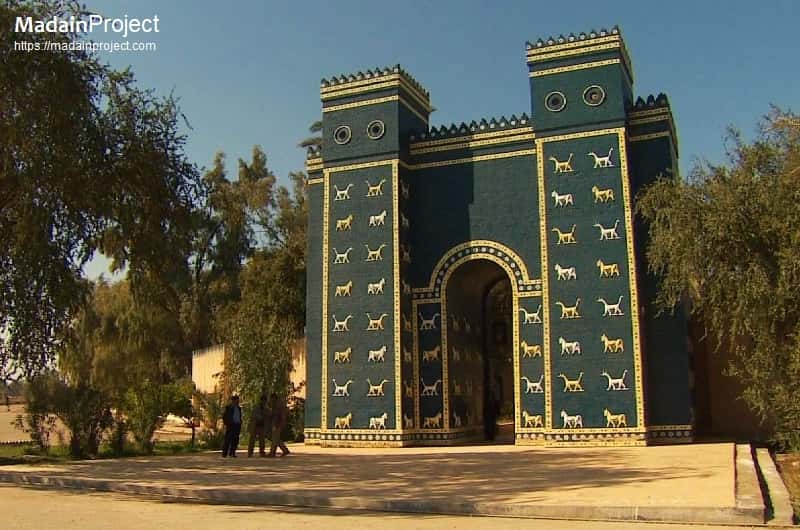
Yet, Alexander the Great realized very well that the only measures, terms, and criteria that mattered to him were those of the Babylonians, the Egyptians and the Iranians. That is why he selected Babylon as capital, he wanted his wife to be Iranian, and he considered the blessing of the Egyptian high priests as important to him – not that of the unimportant, ignorant and worthless Athenian priests.
The two authors evidently understood that ‘Ancient Greece’ constitutes merely a false element of the Modern European version of History, which is entirely forged. Refuting this fallacious version across the board would necessitate a long series of volumes elaborated by an entire team of scholars; from this standpoint, the valuable contribution of Anatoly Belyakov and Oleg Matveyshev marks a remarkable first step in the Russian historiography.
We can therefore safely claim that their approach, research and conclusion have to show the way to all Russian academics and intellectuals, scholars, historians and explorers; this book is also an alarming warning. It urgently imposes on all Russian scientists specializing in Humanities, Orientalism and Classics a major educational, academic, intellectual and ideological reconsideration and an overwhelming de-Westernization; only then, the rightful and heroic fight of the Russian soldiers in Ukraine will be fully justified, actively endorsed, and consciously consecrated.
——————————————————————————-
Download the book review in PDF (text only):
Download the book review in PDF (text, pisctures and legends):

